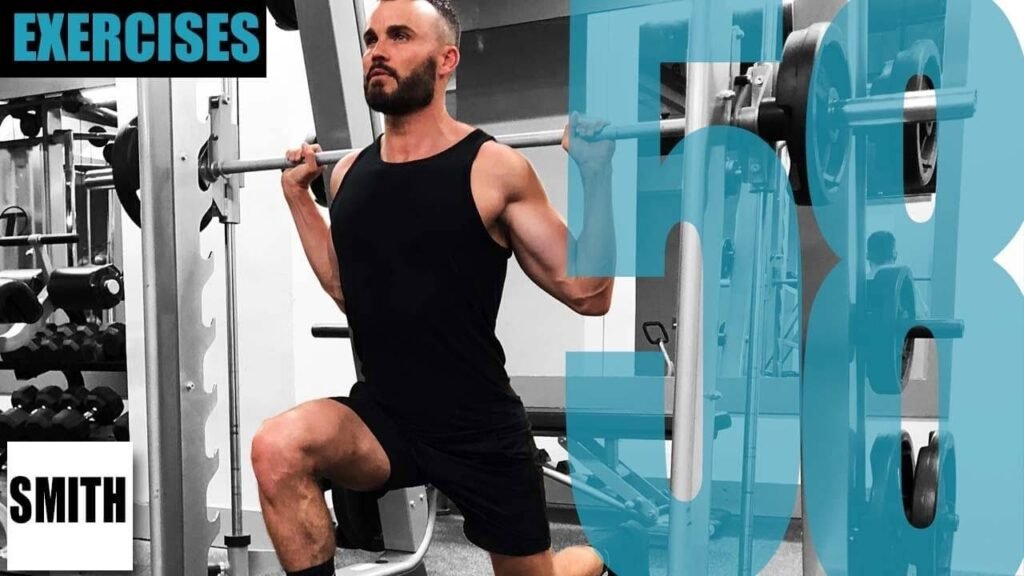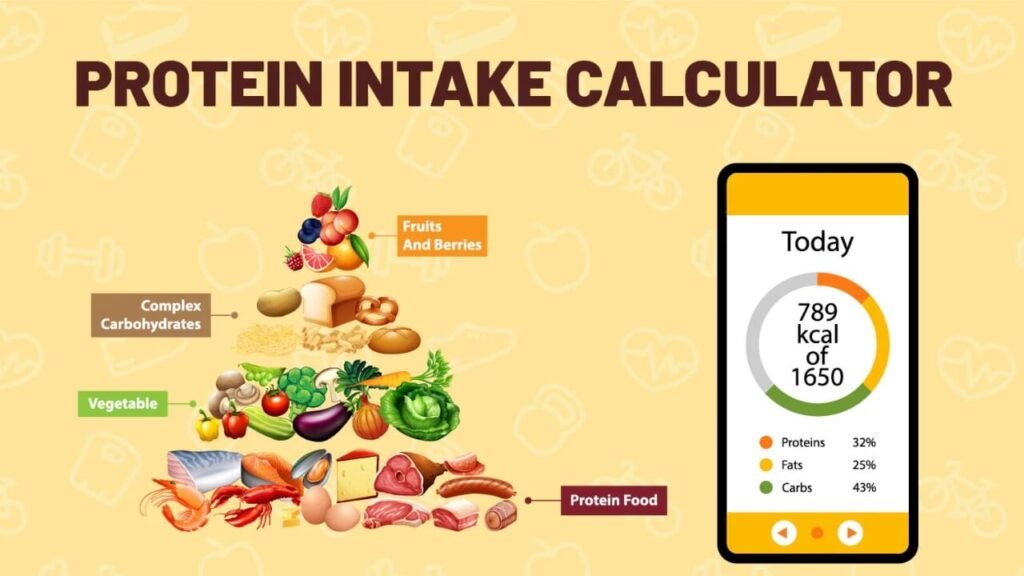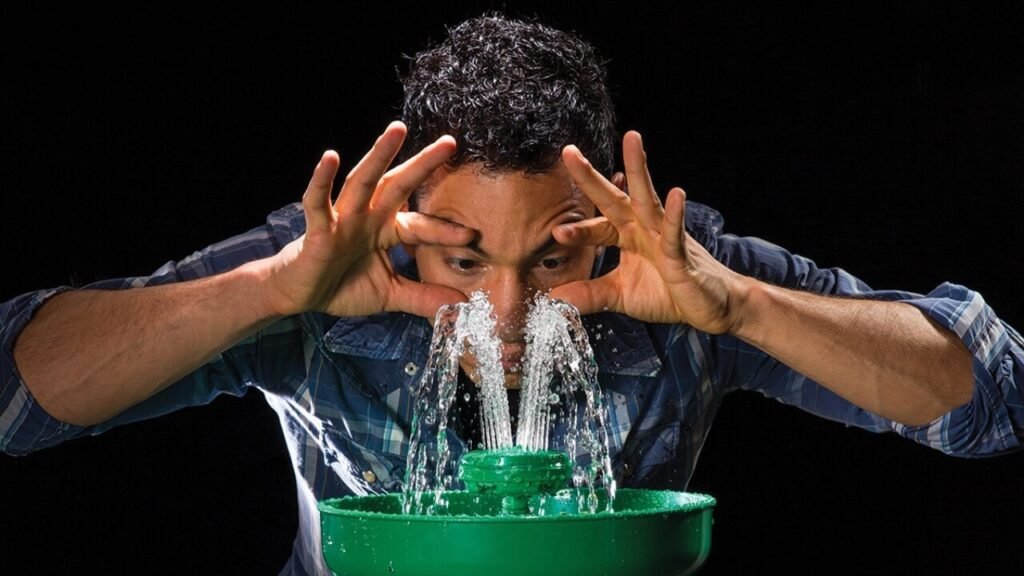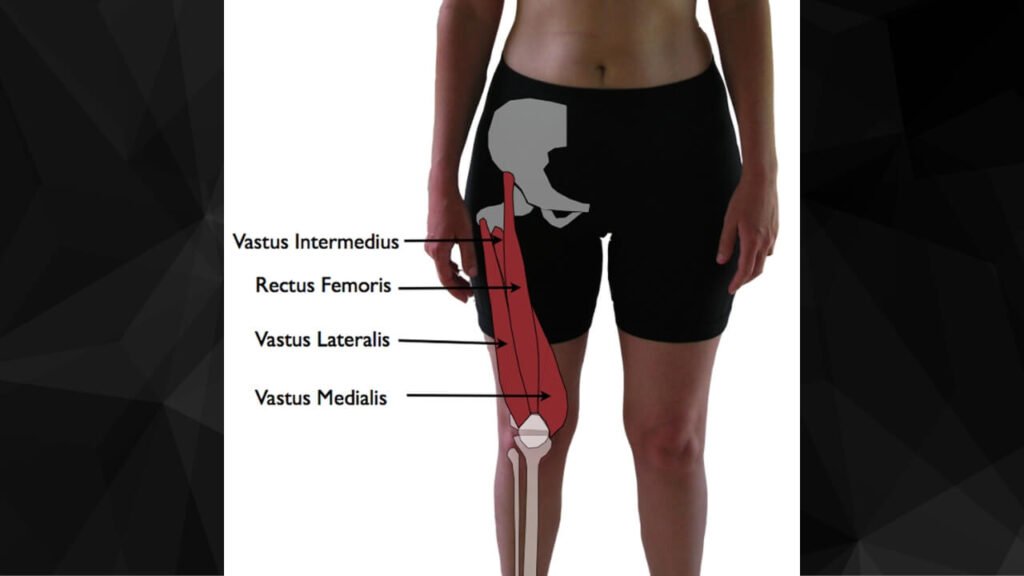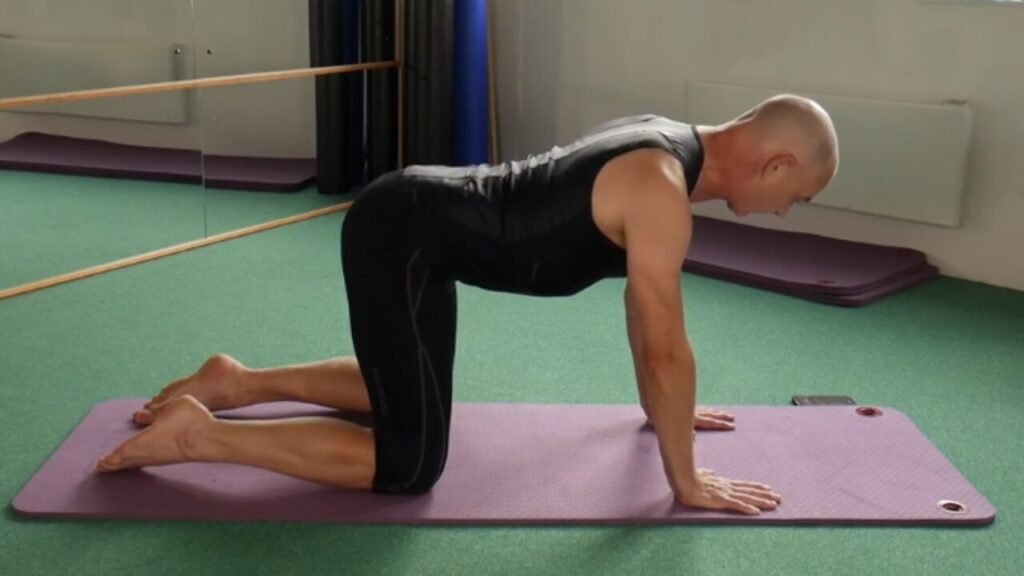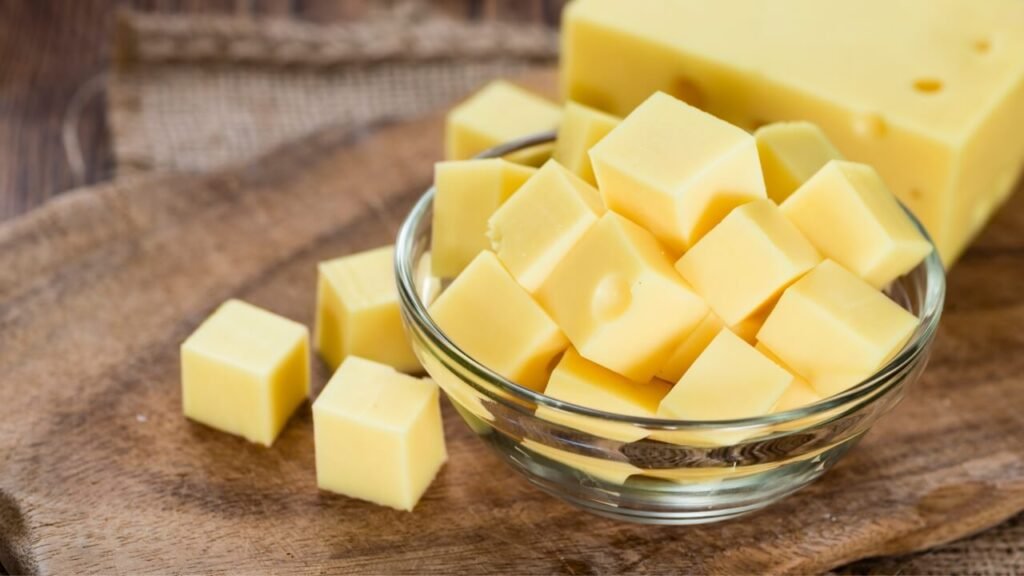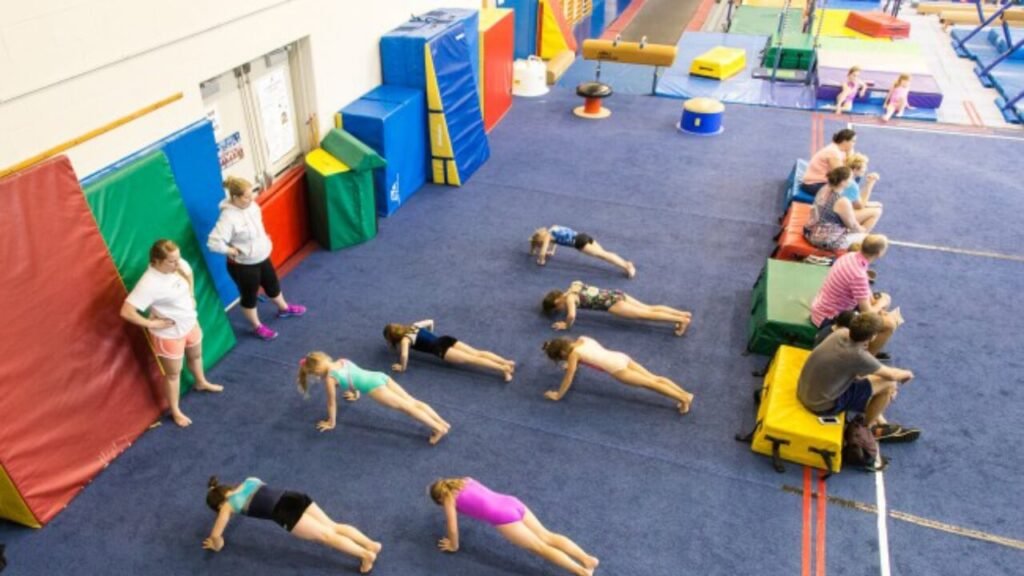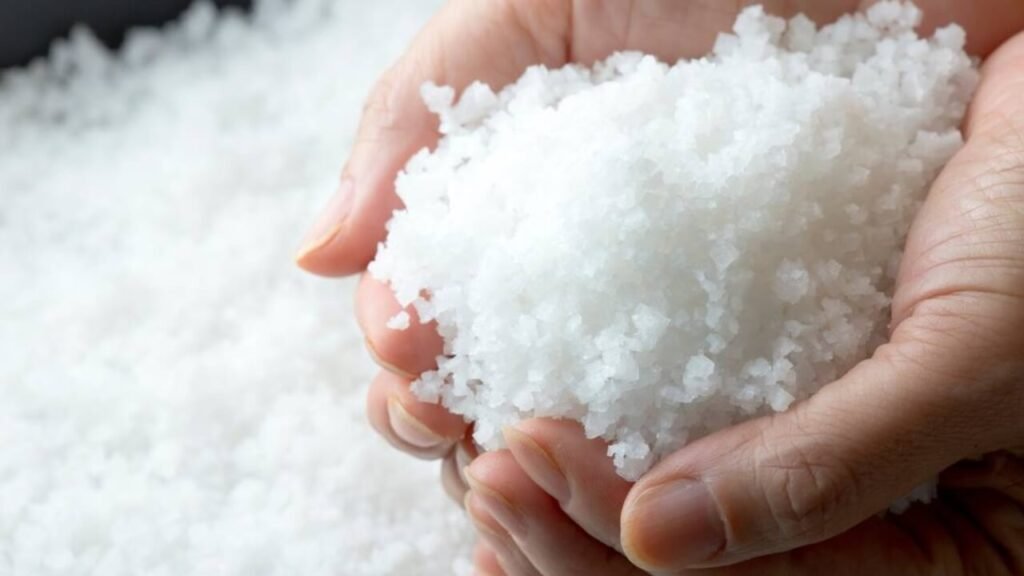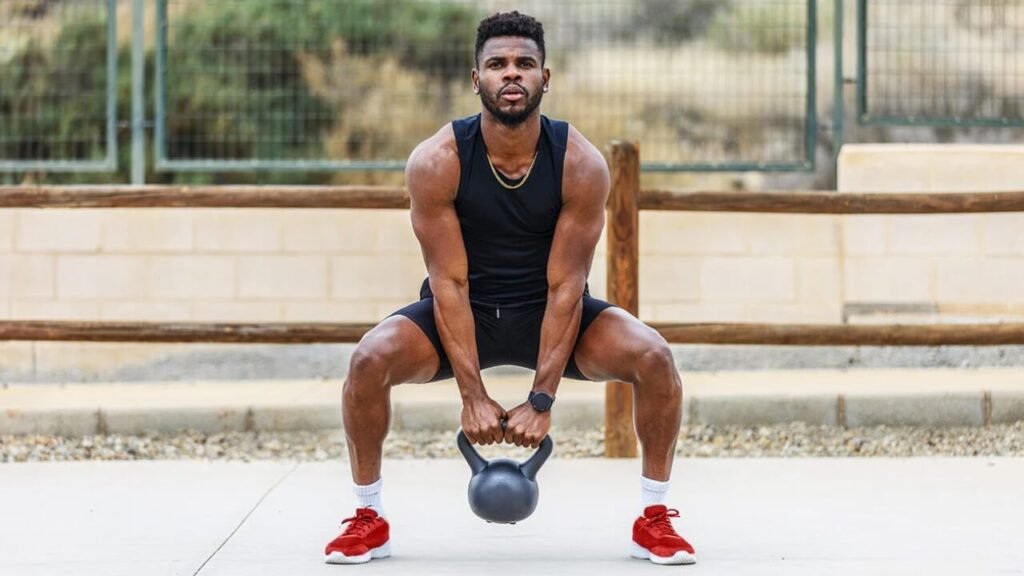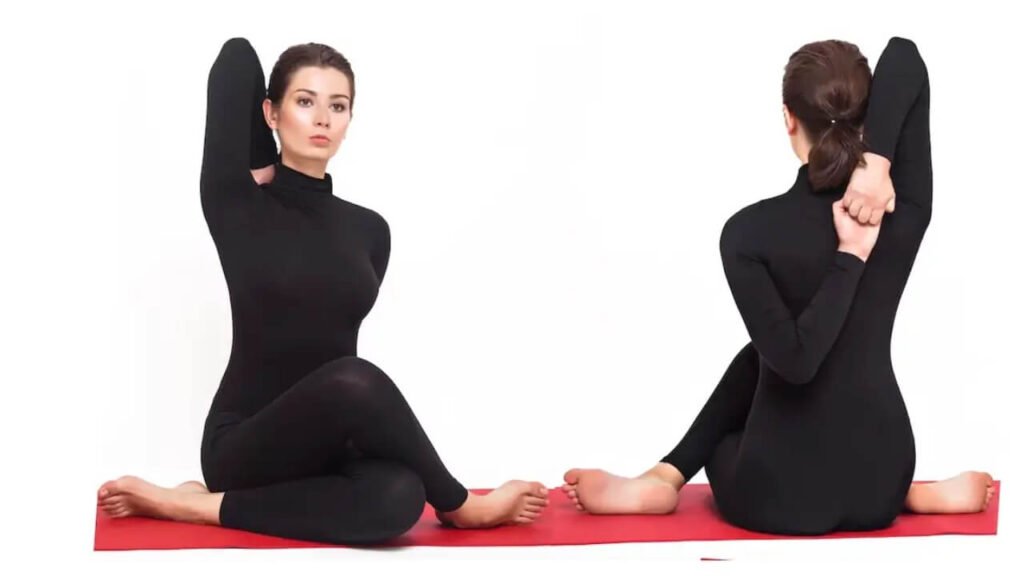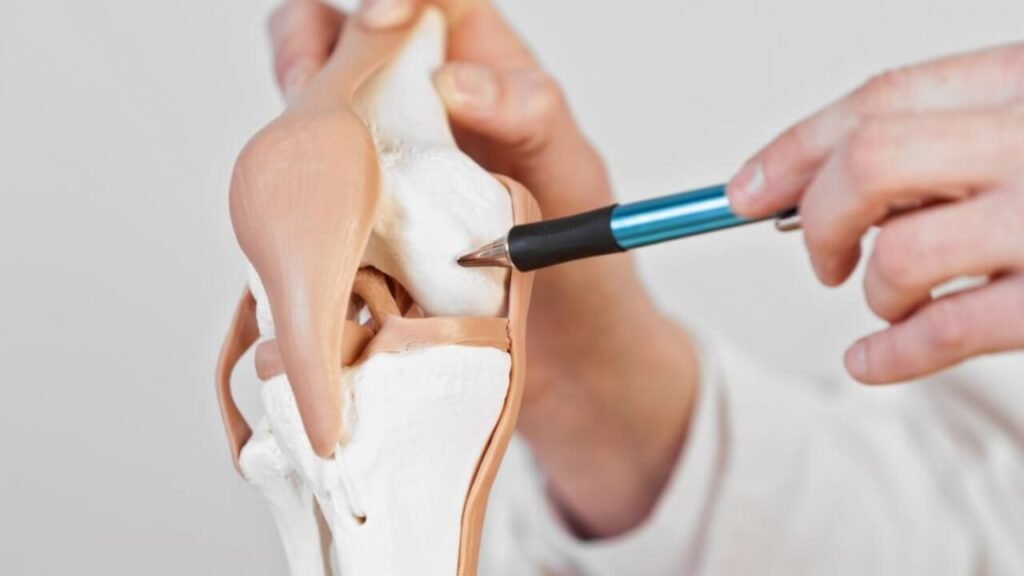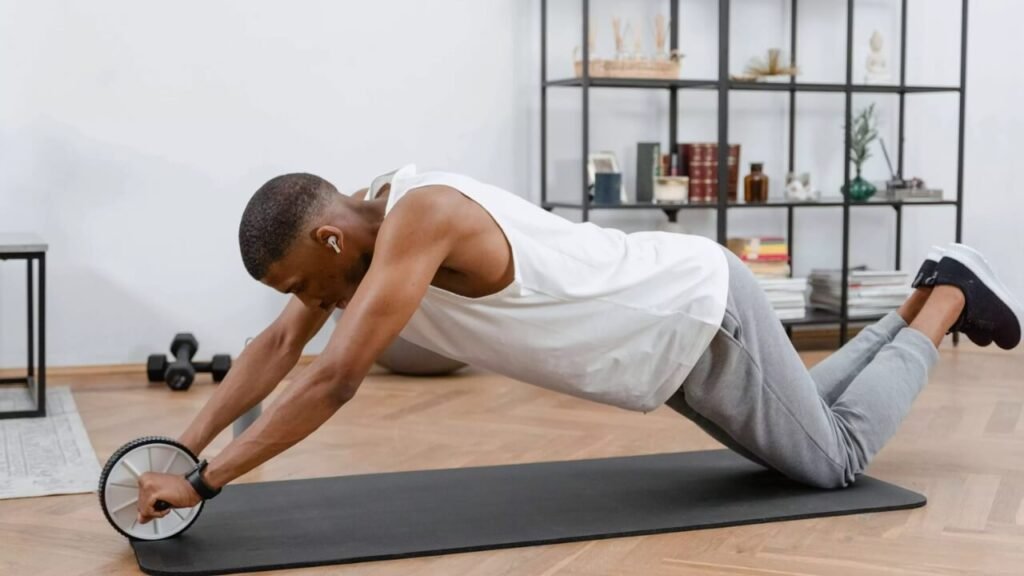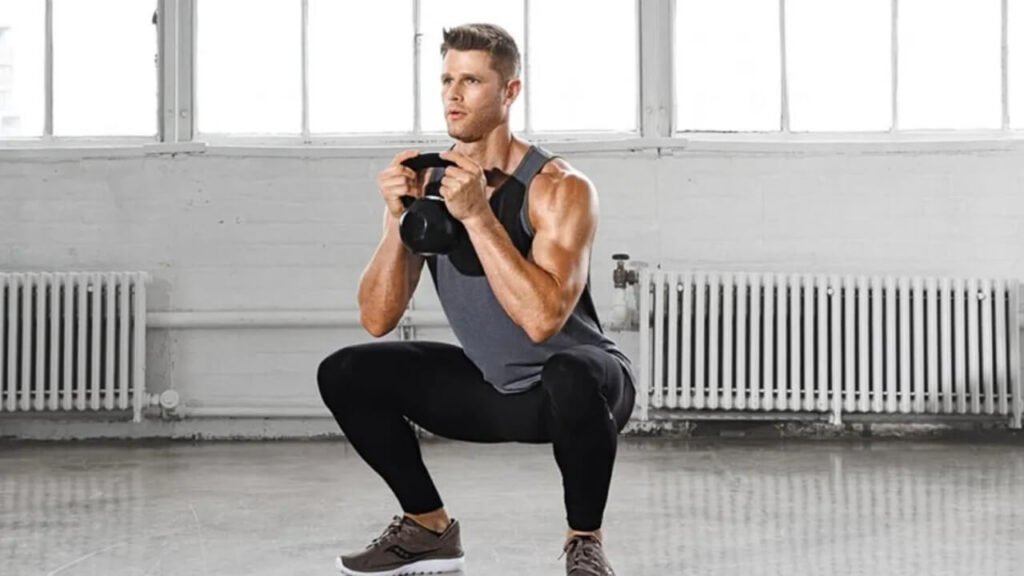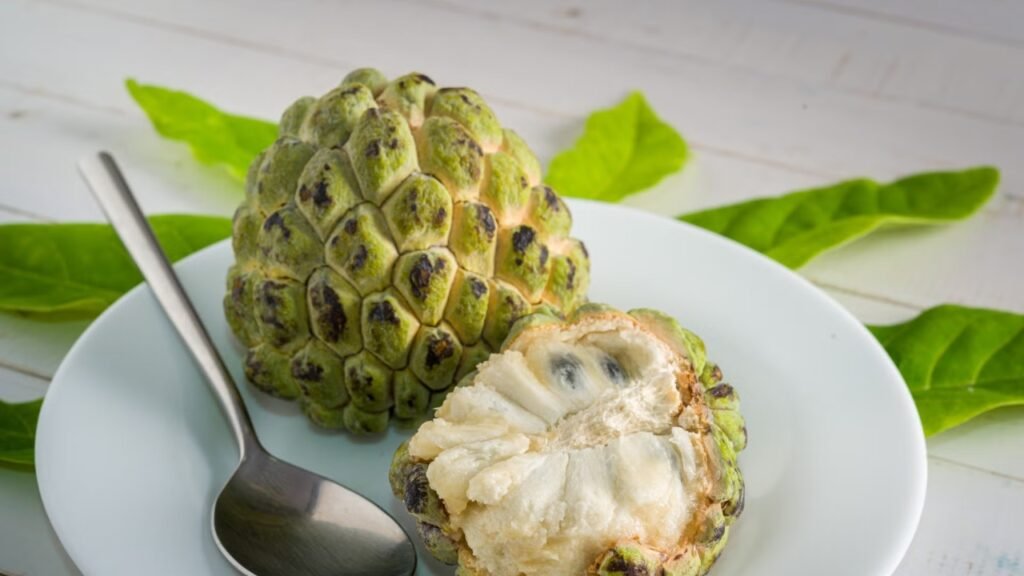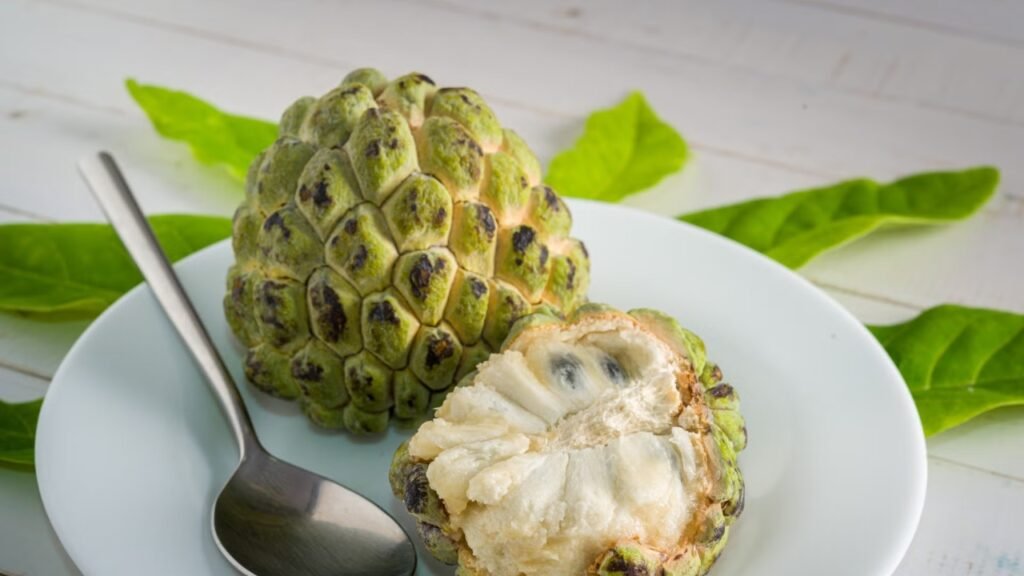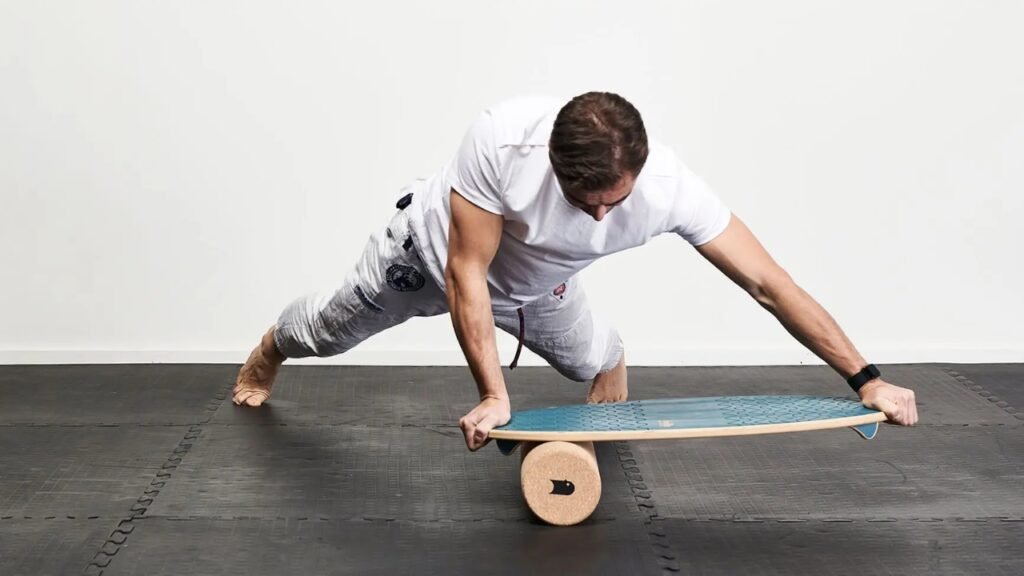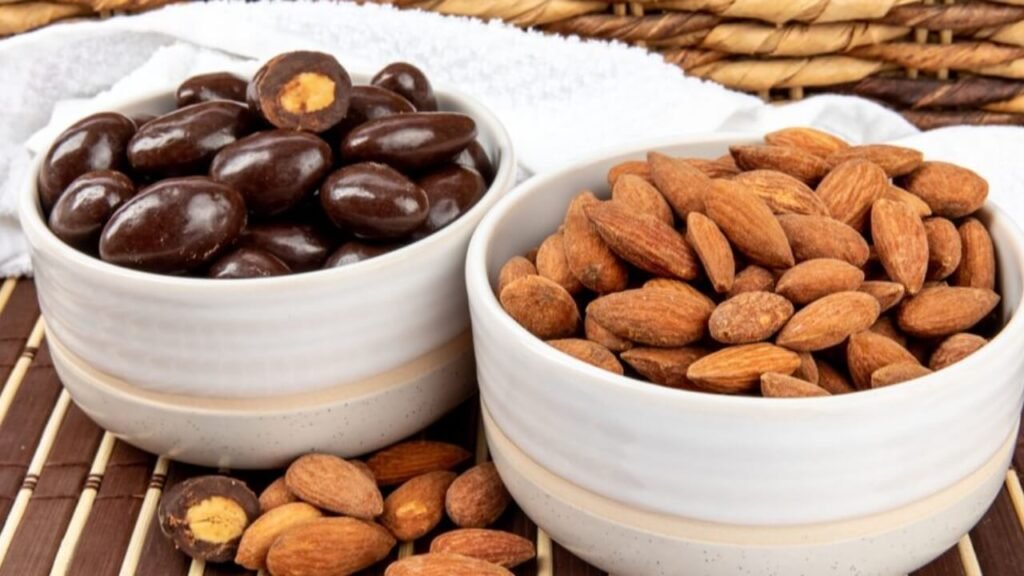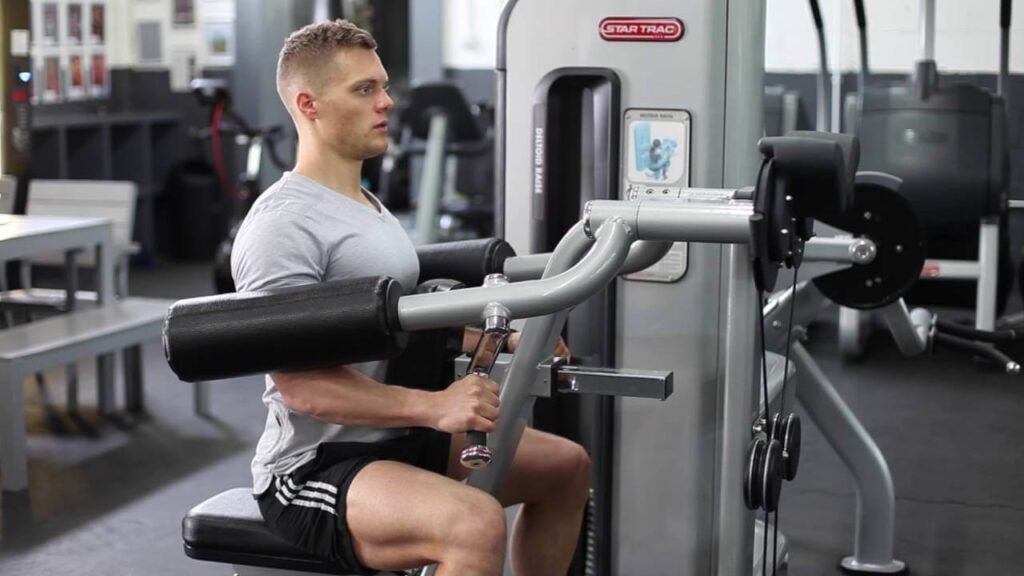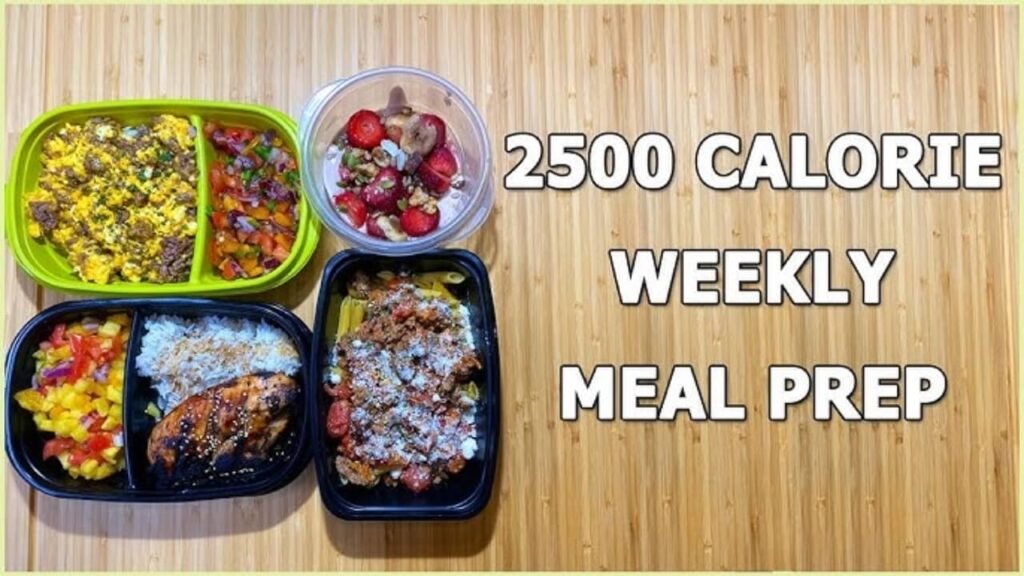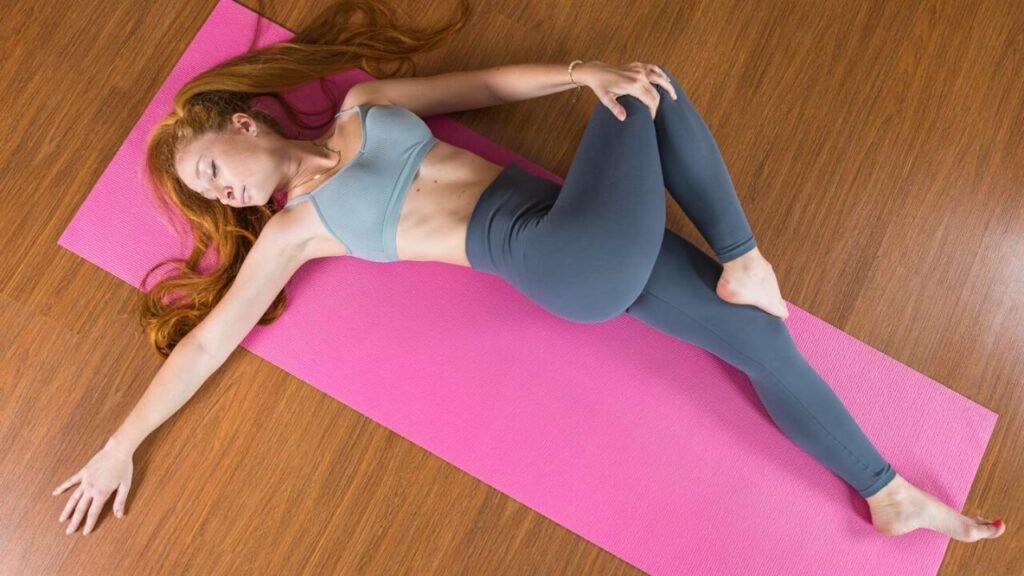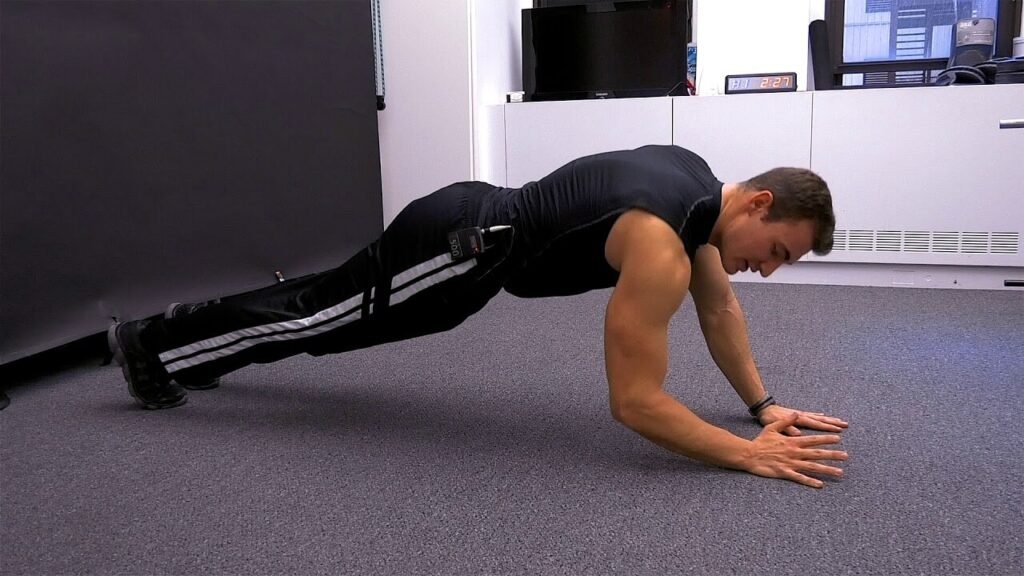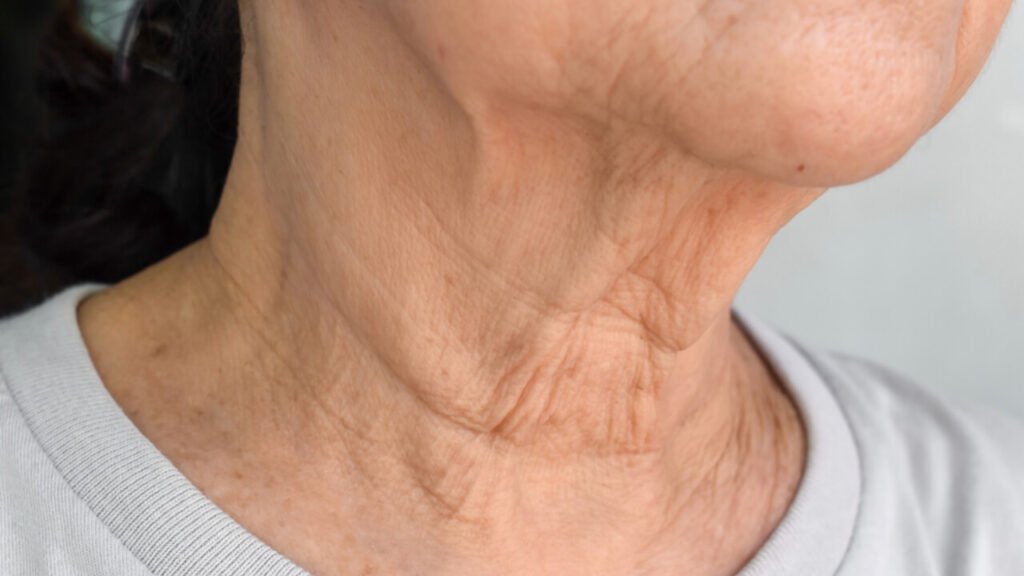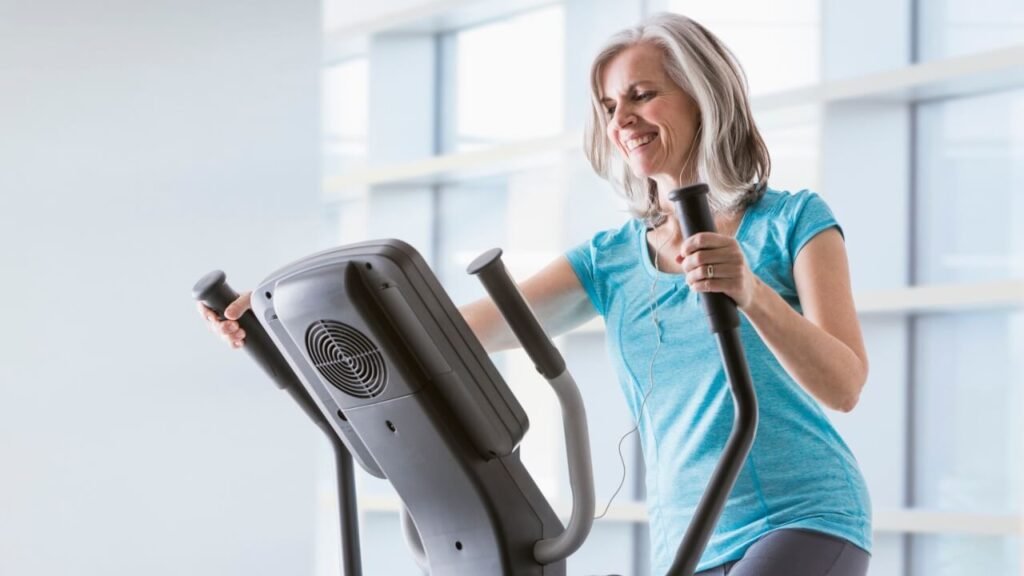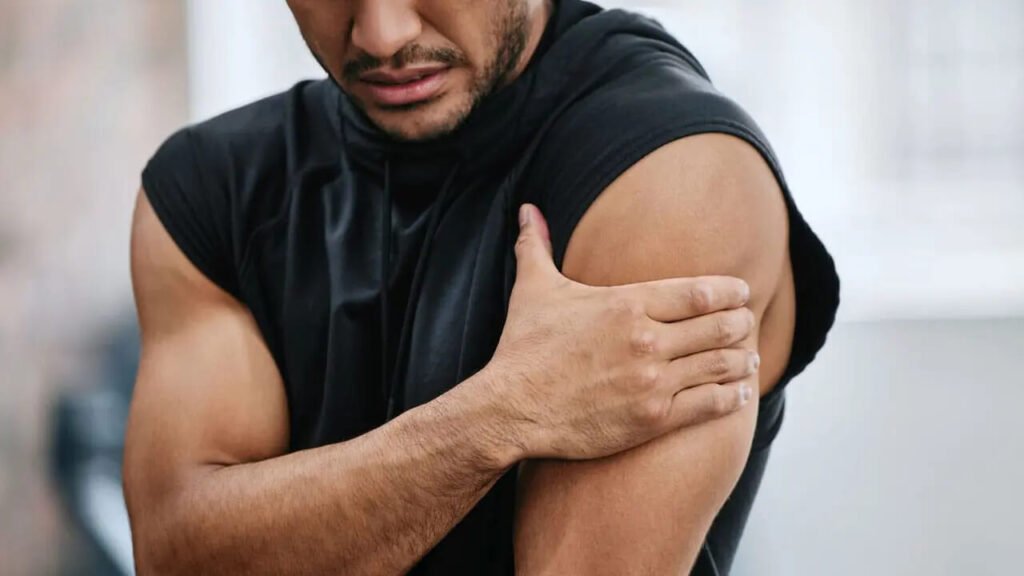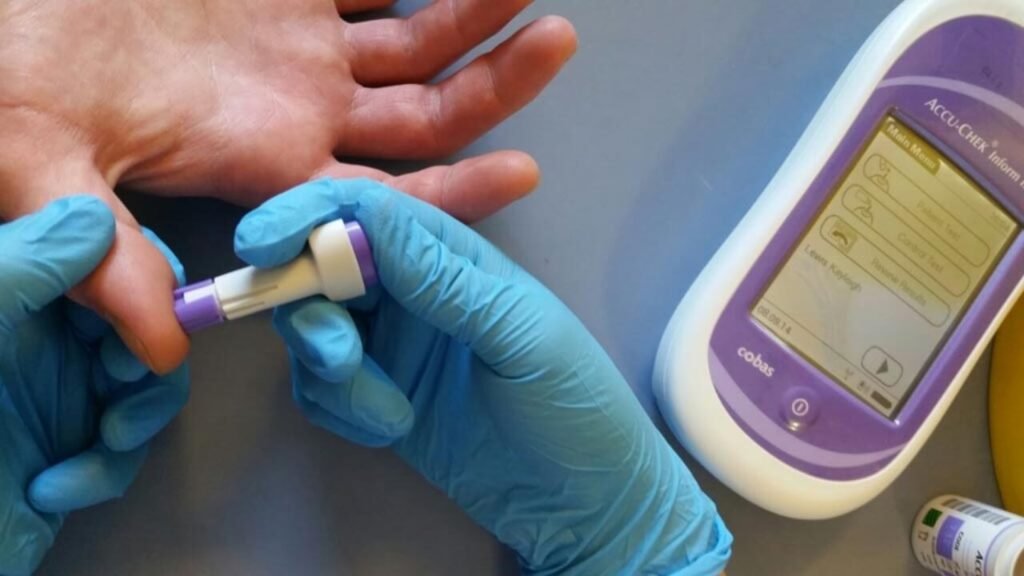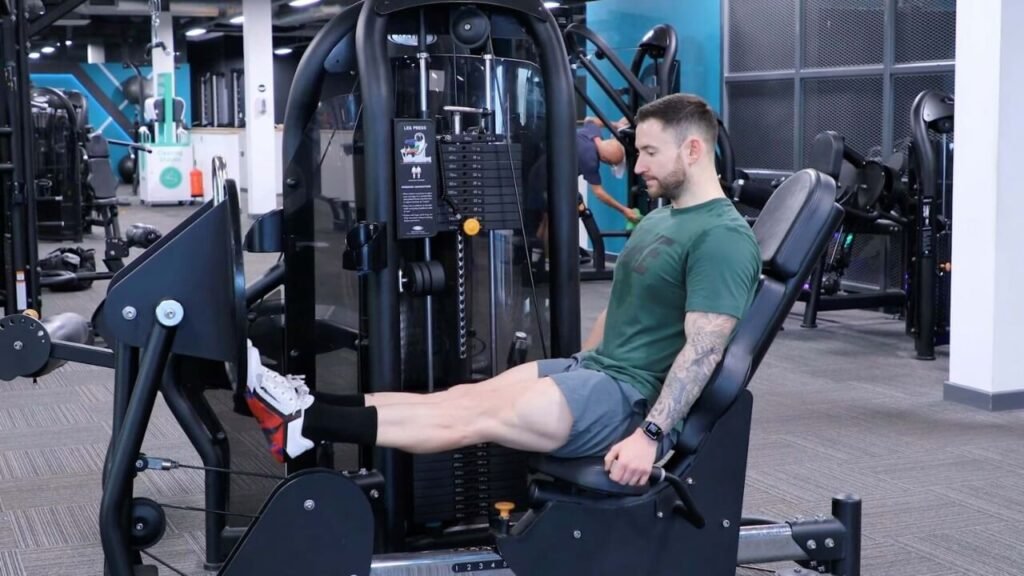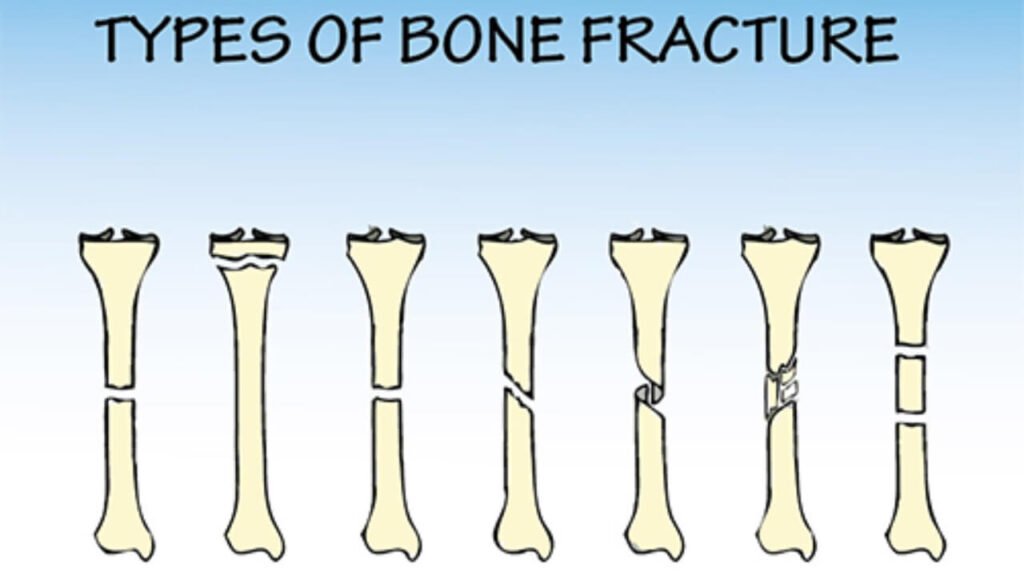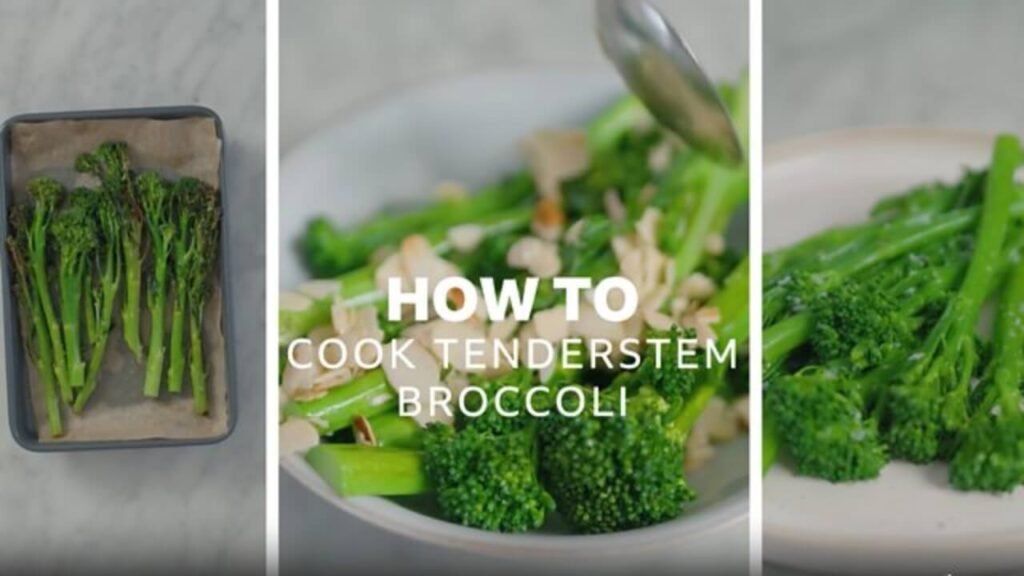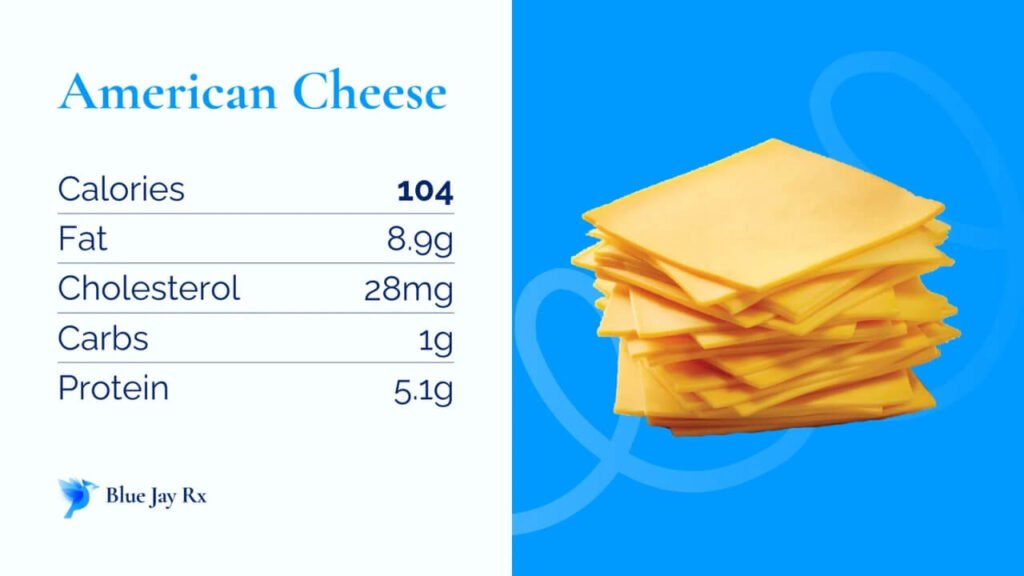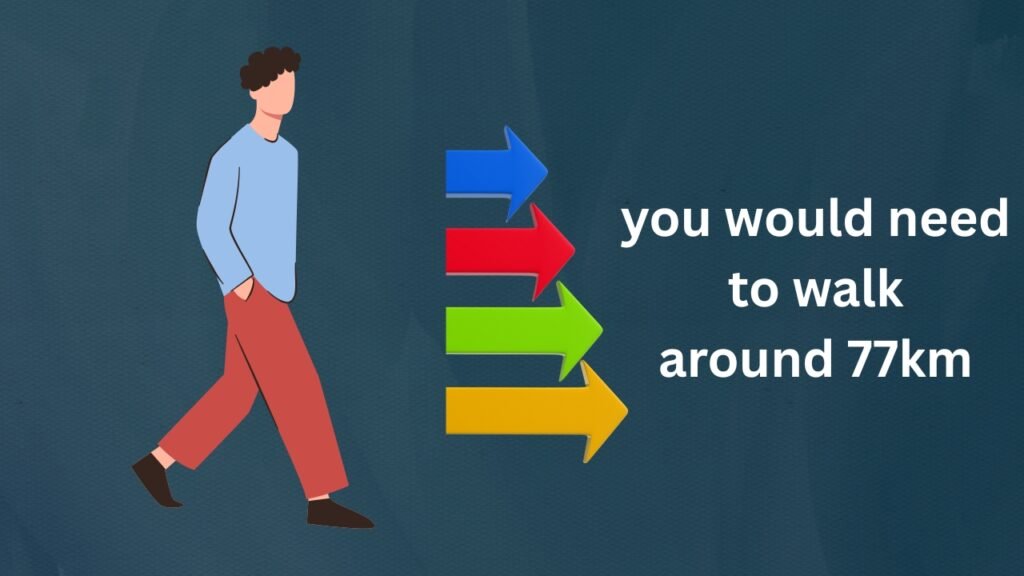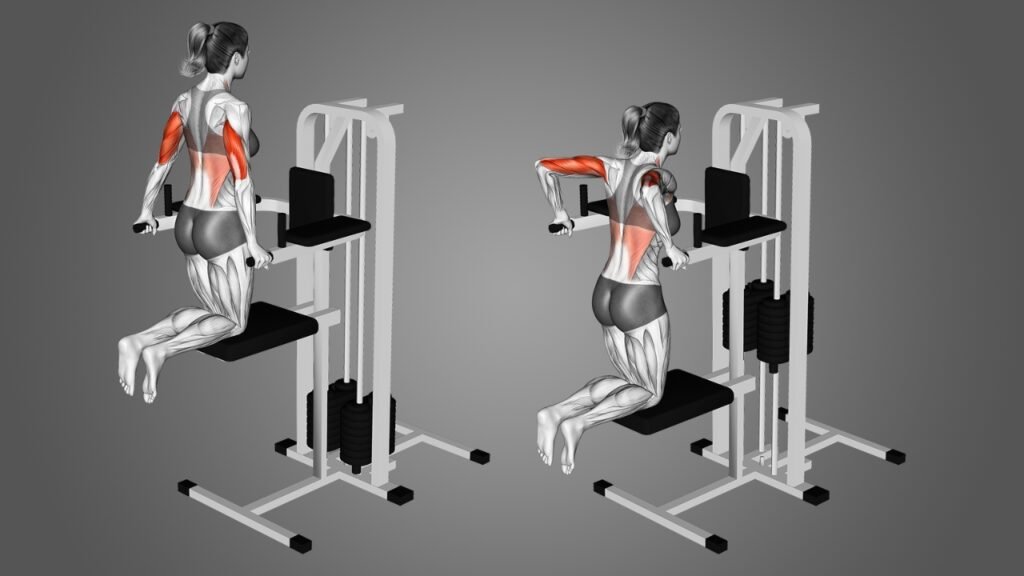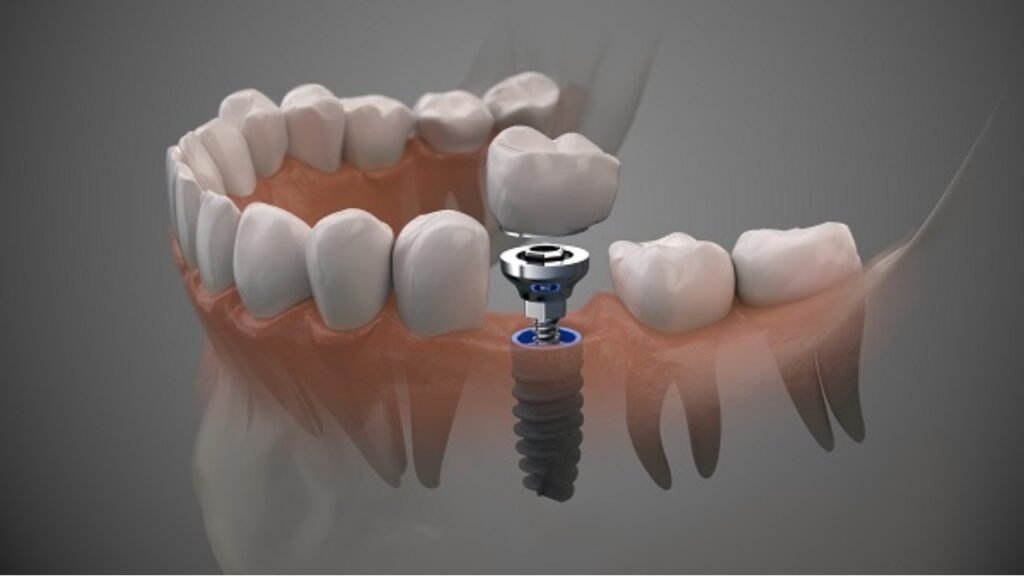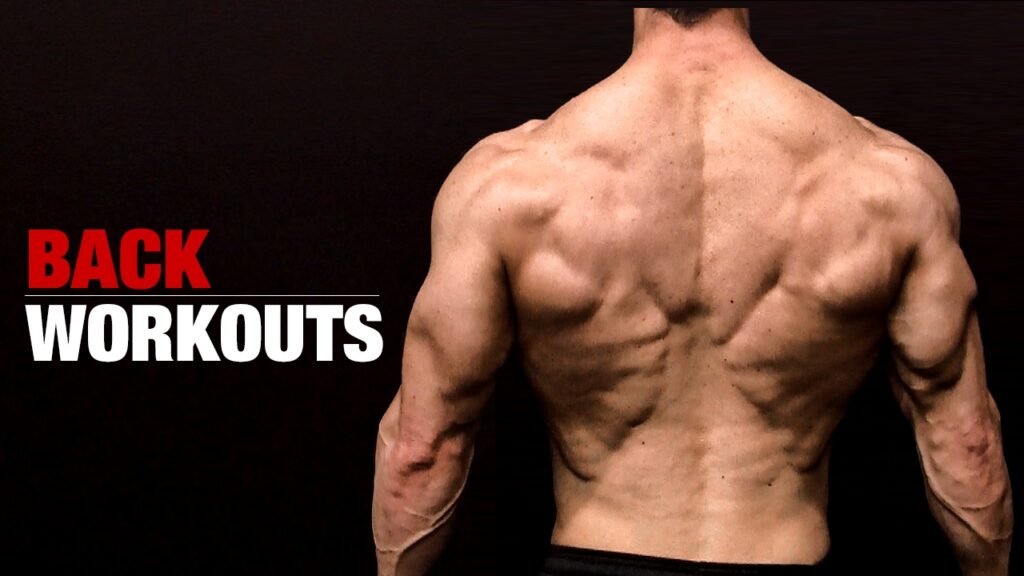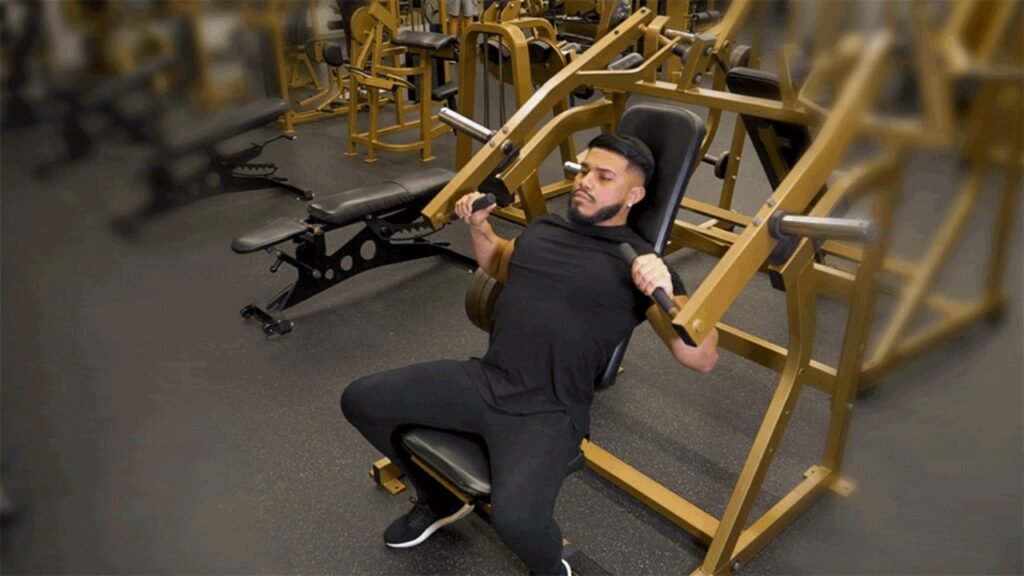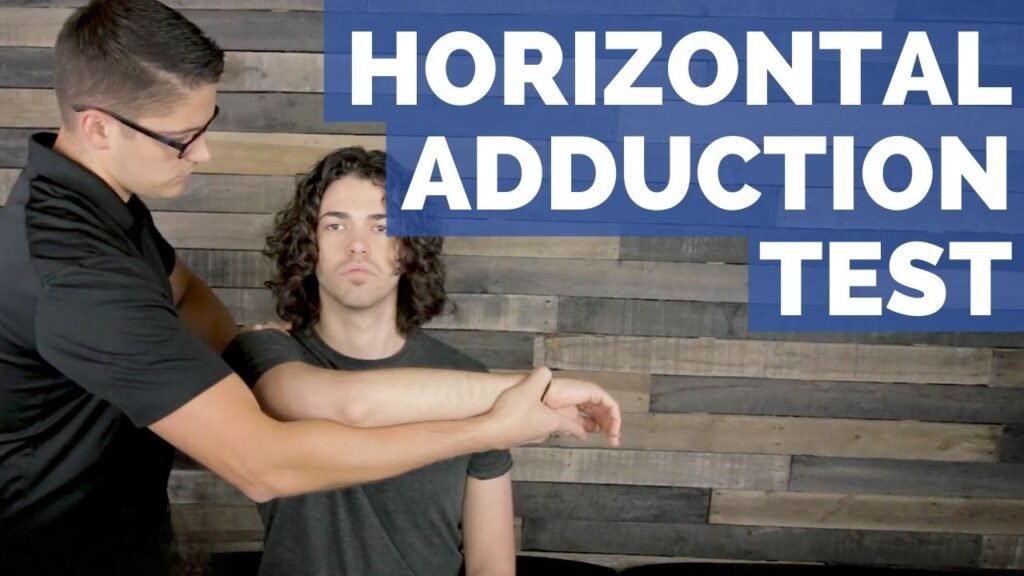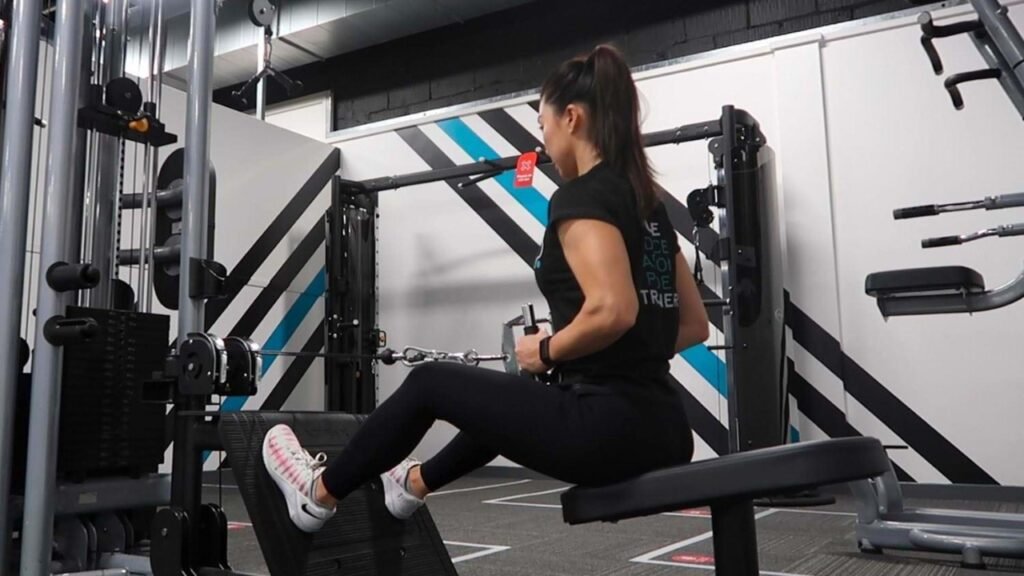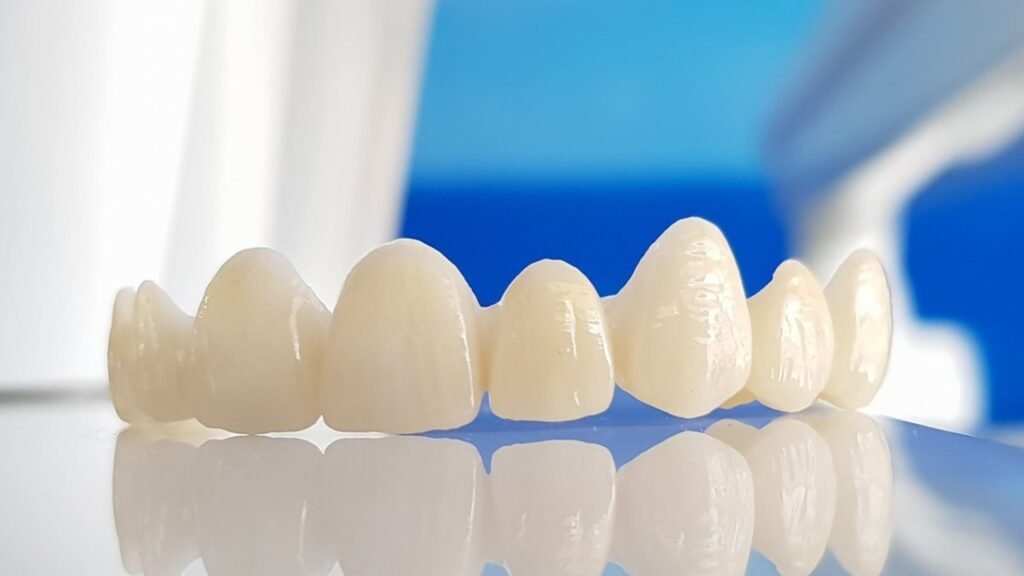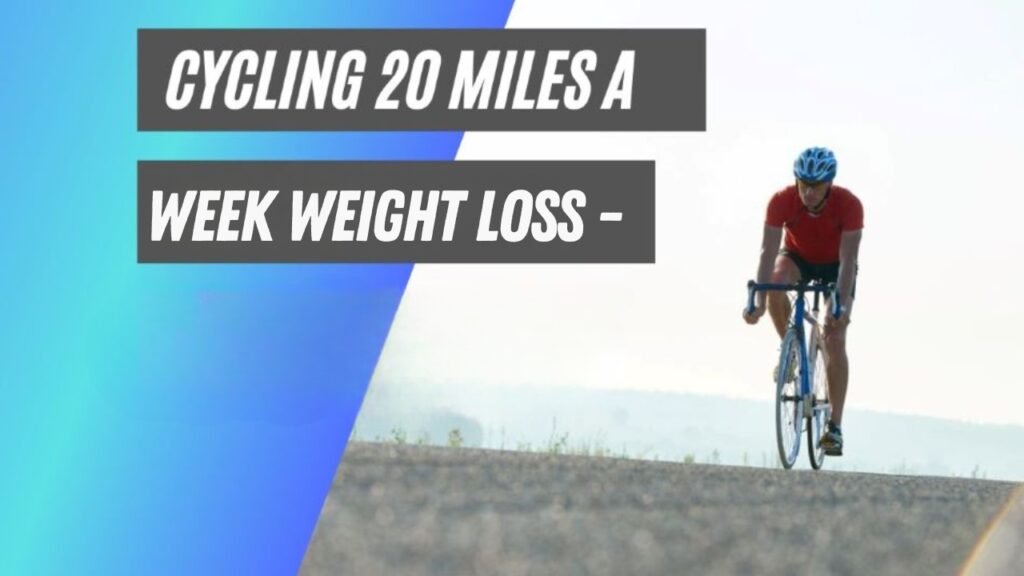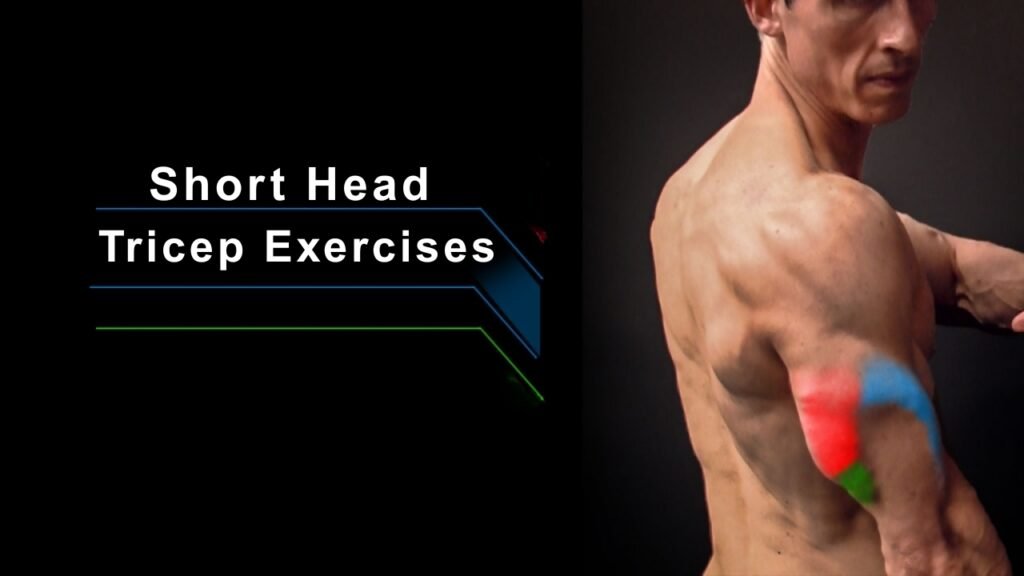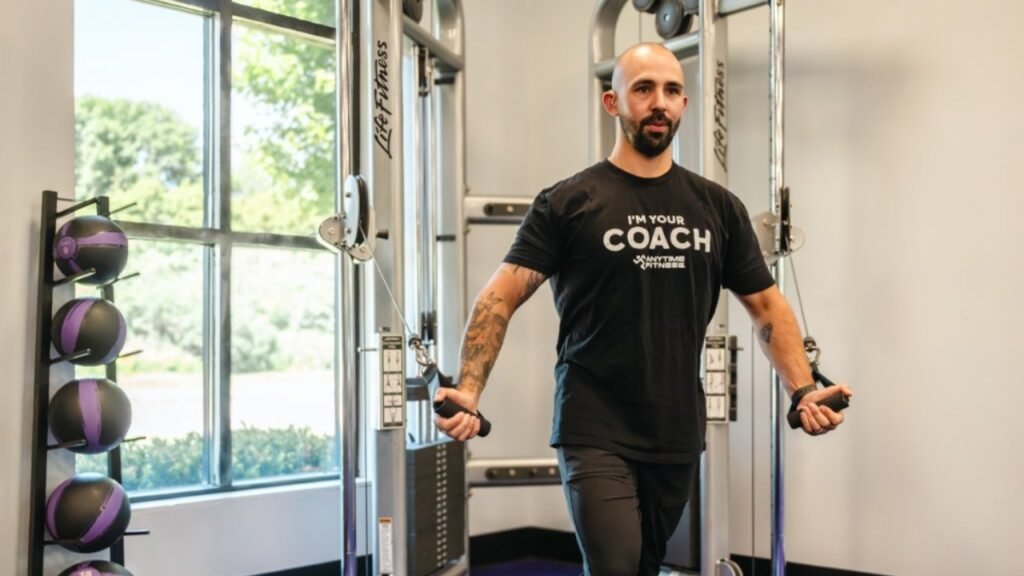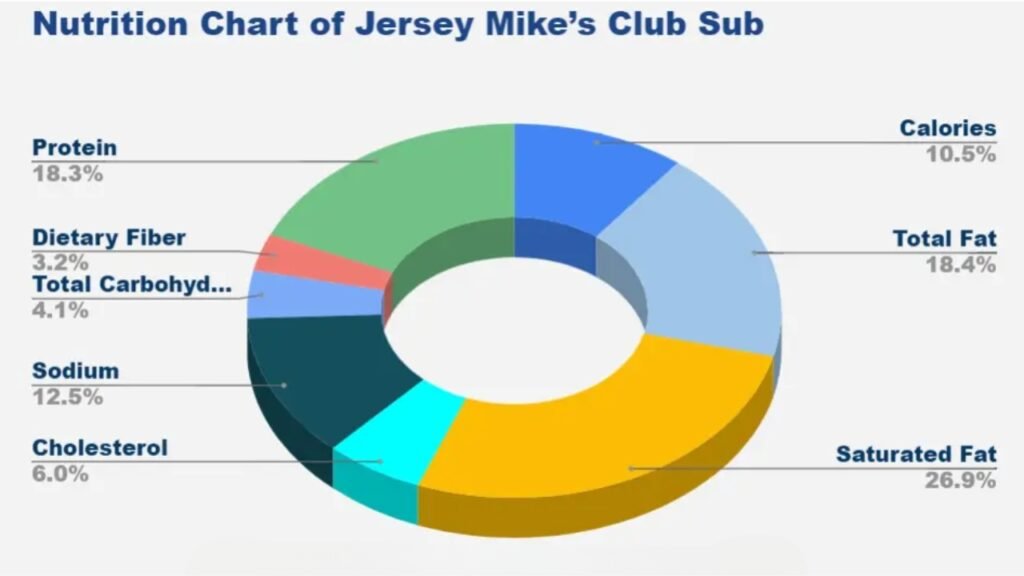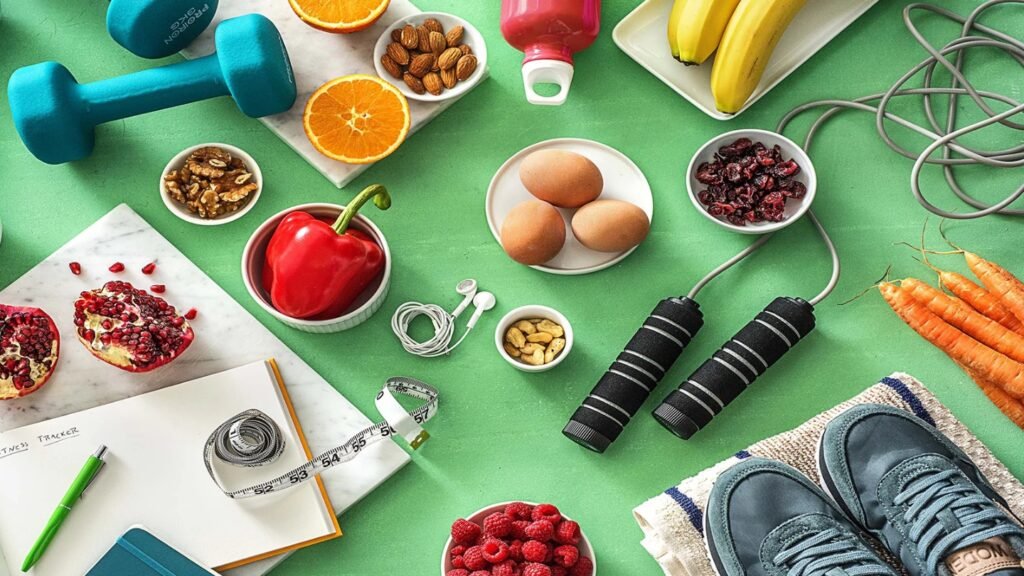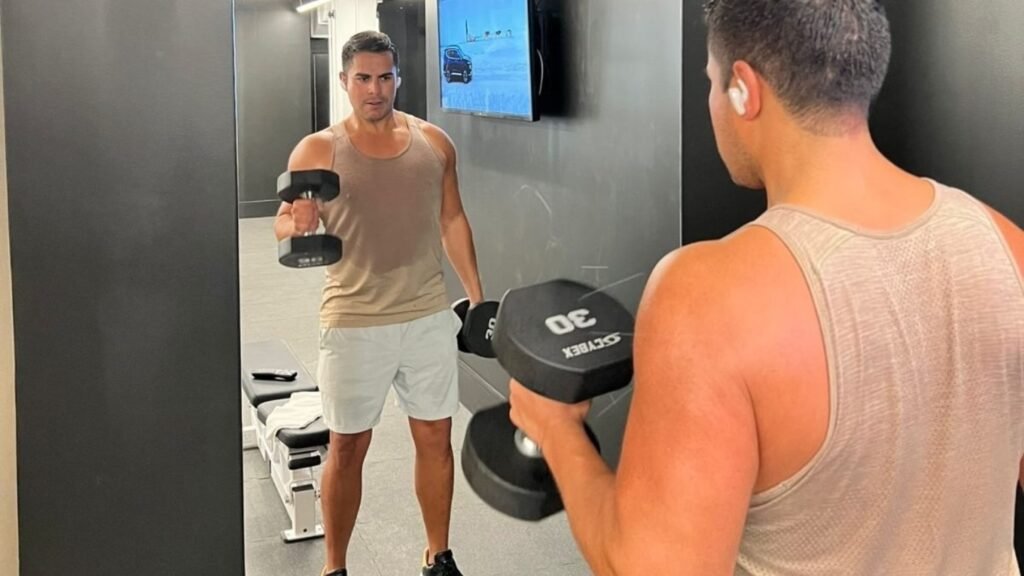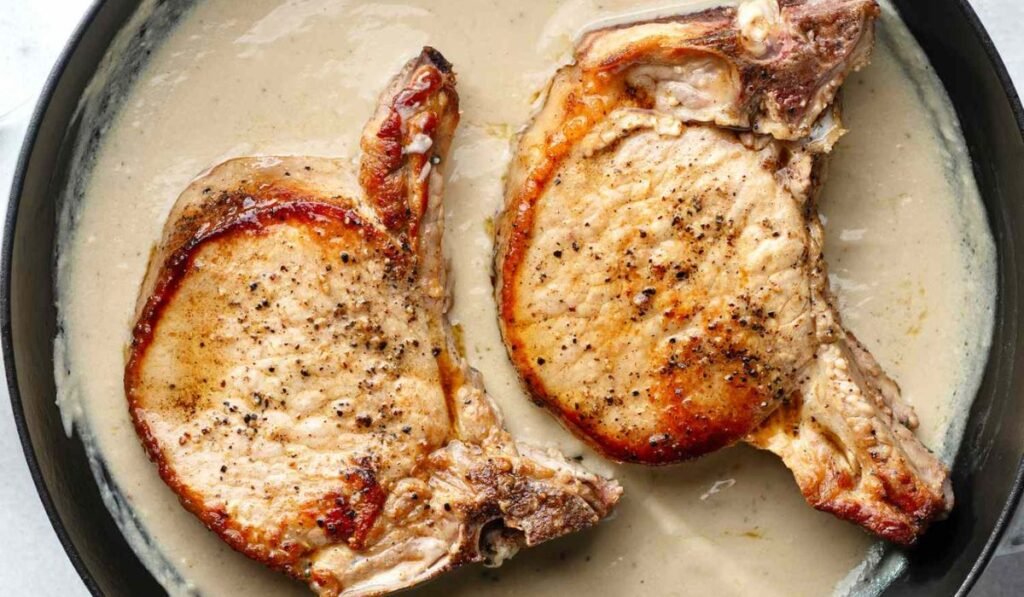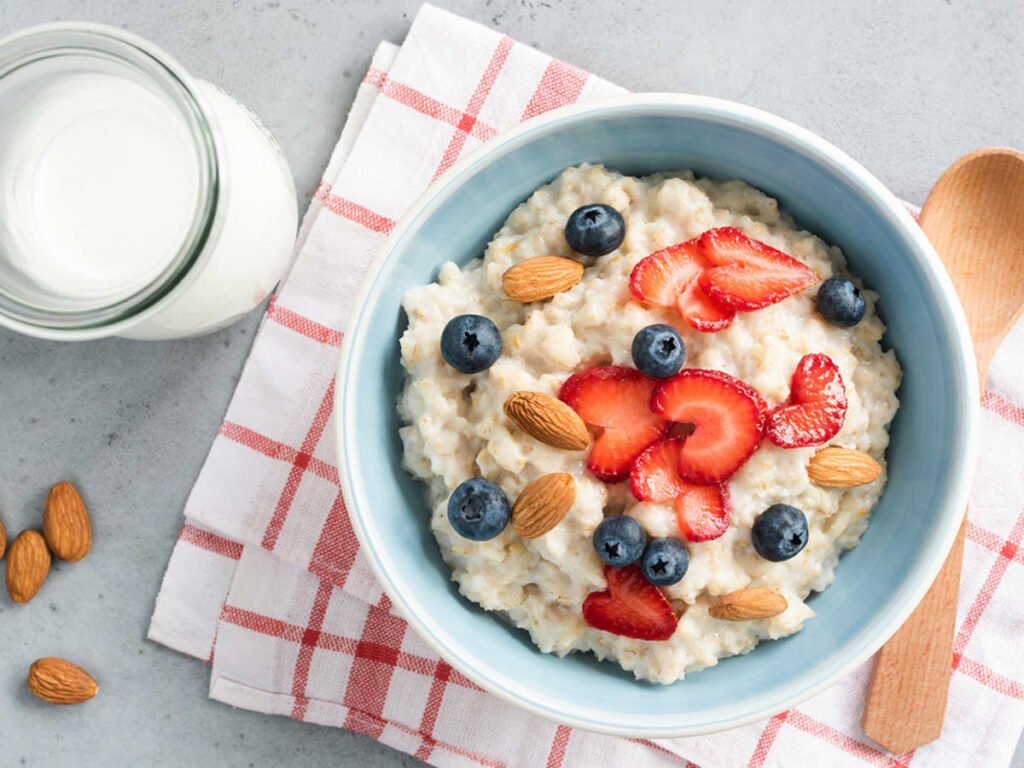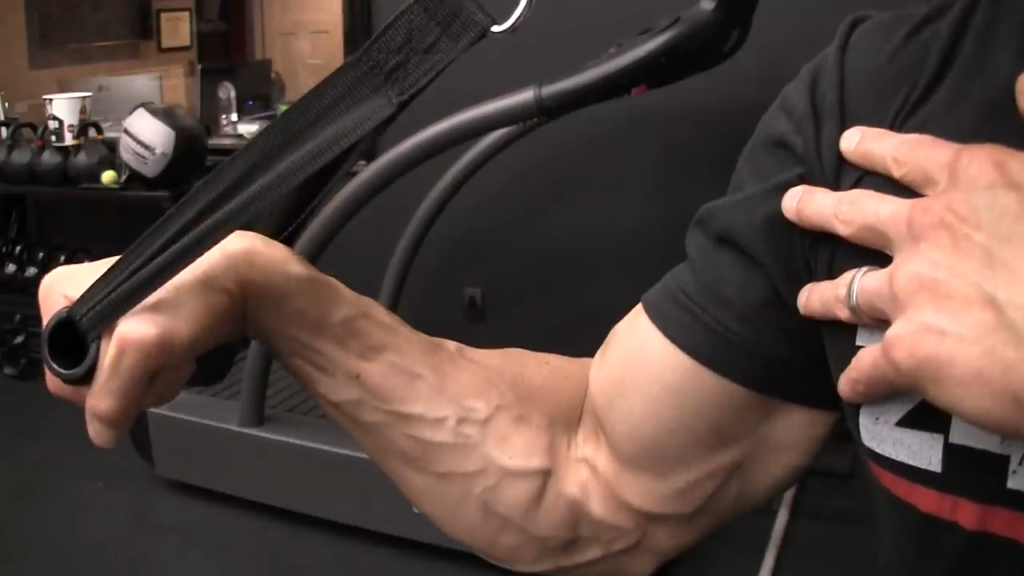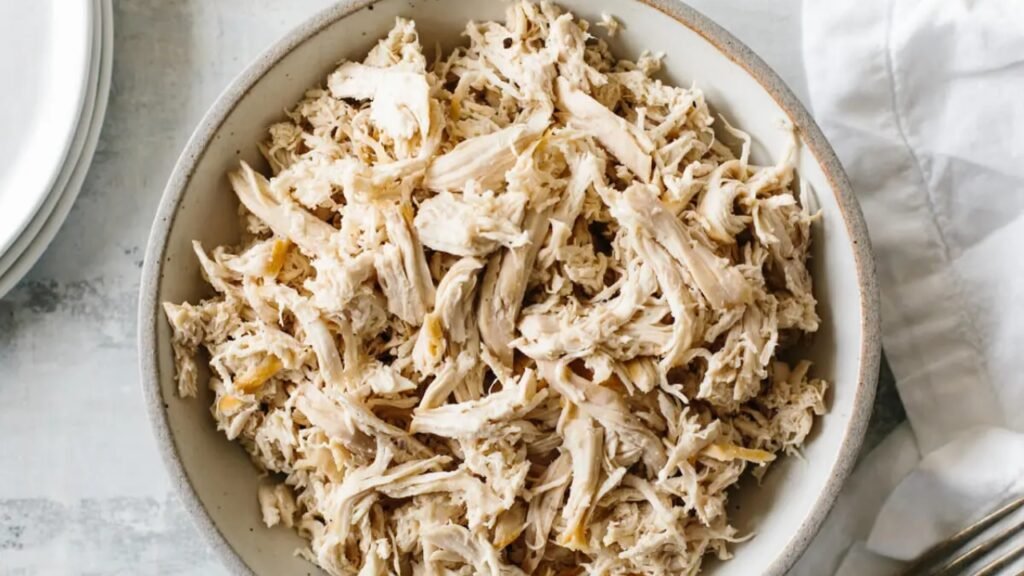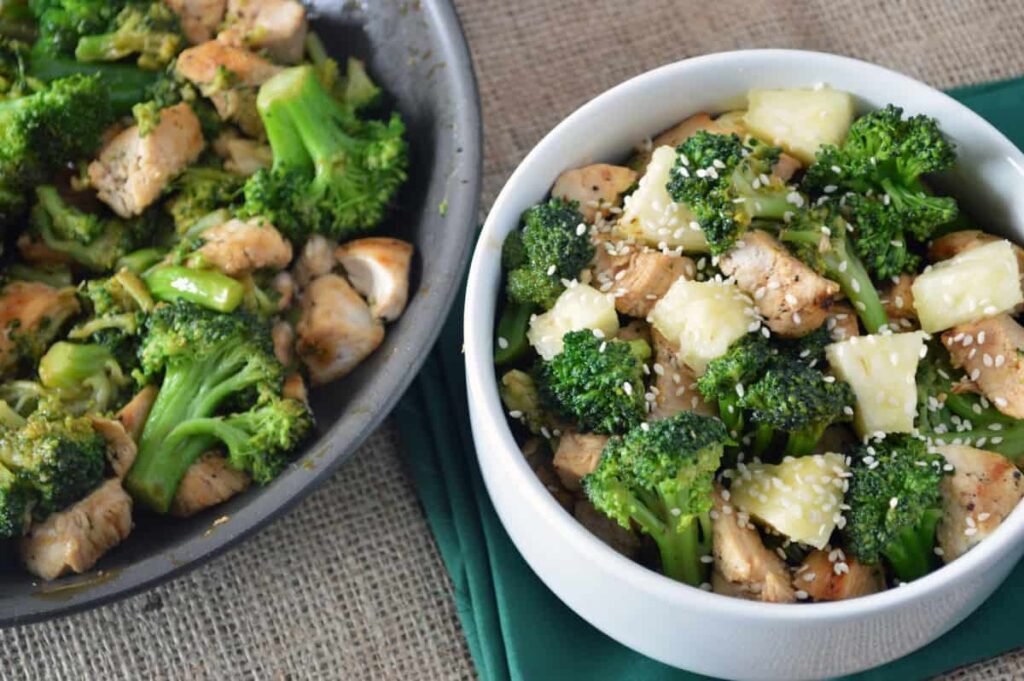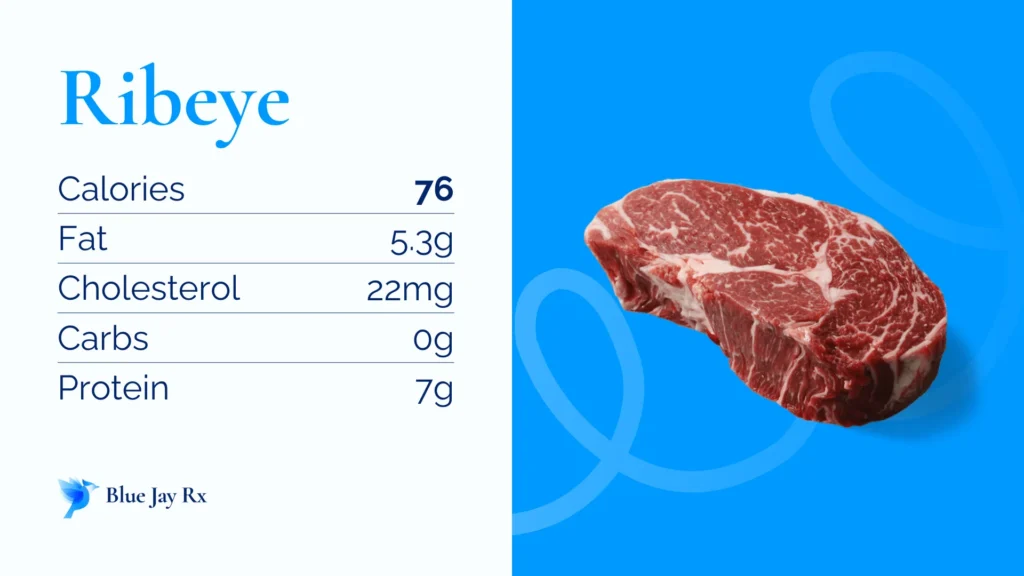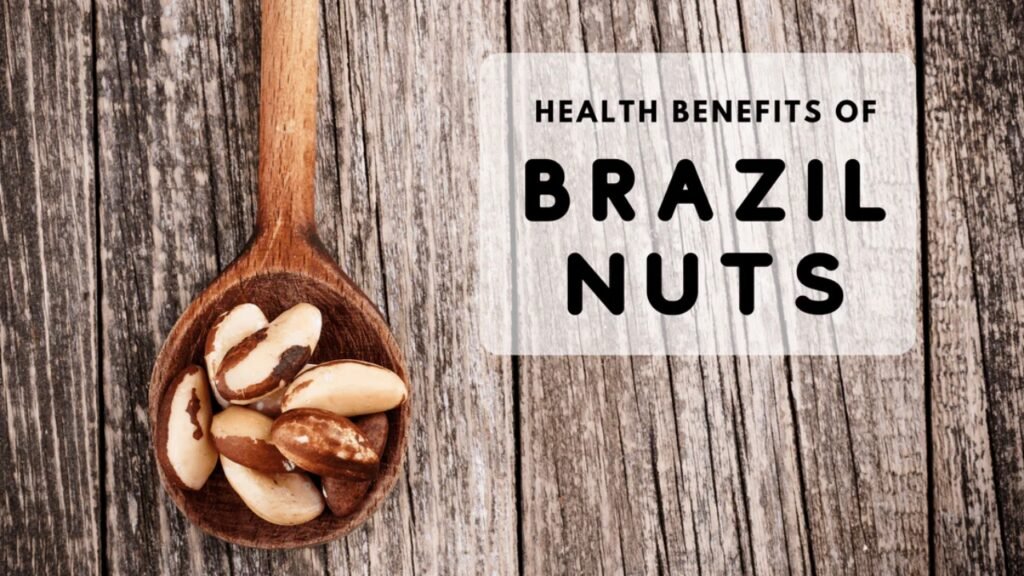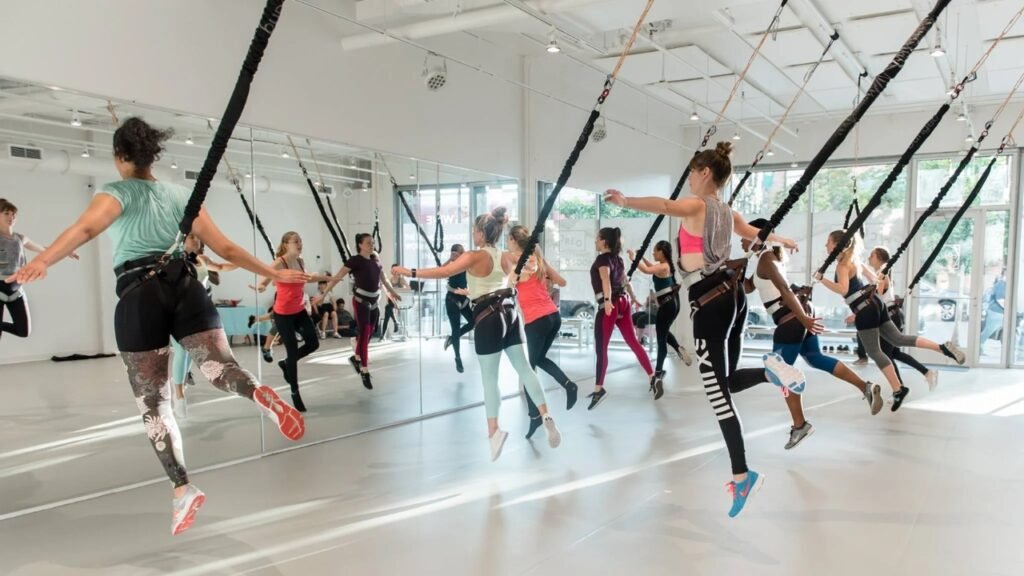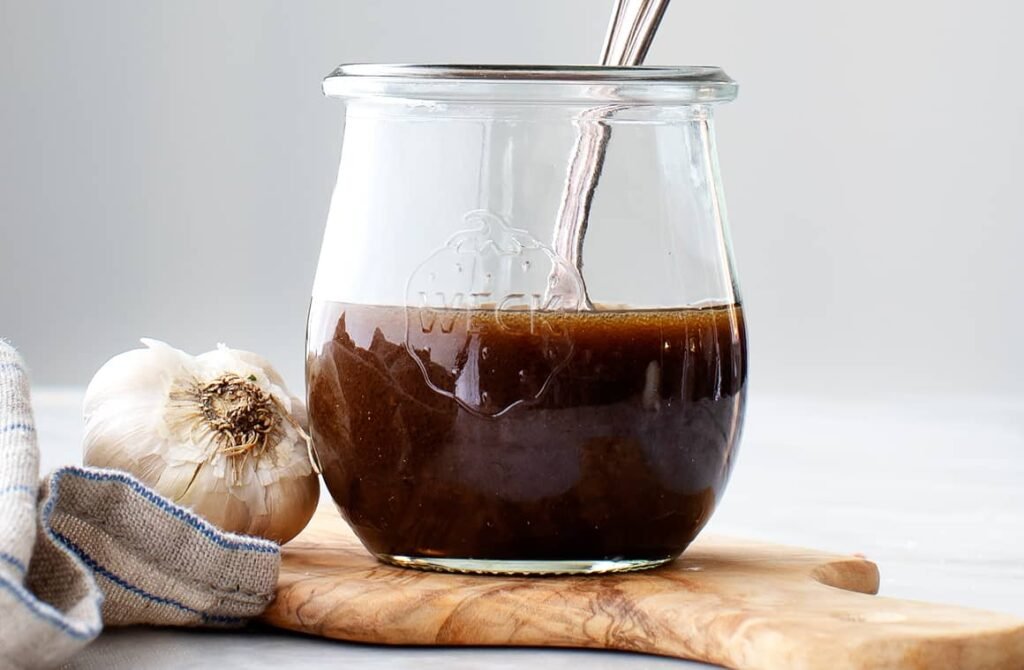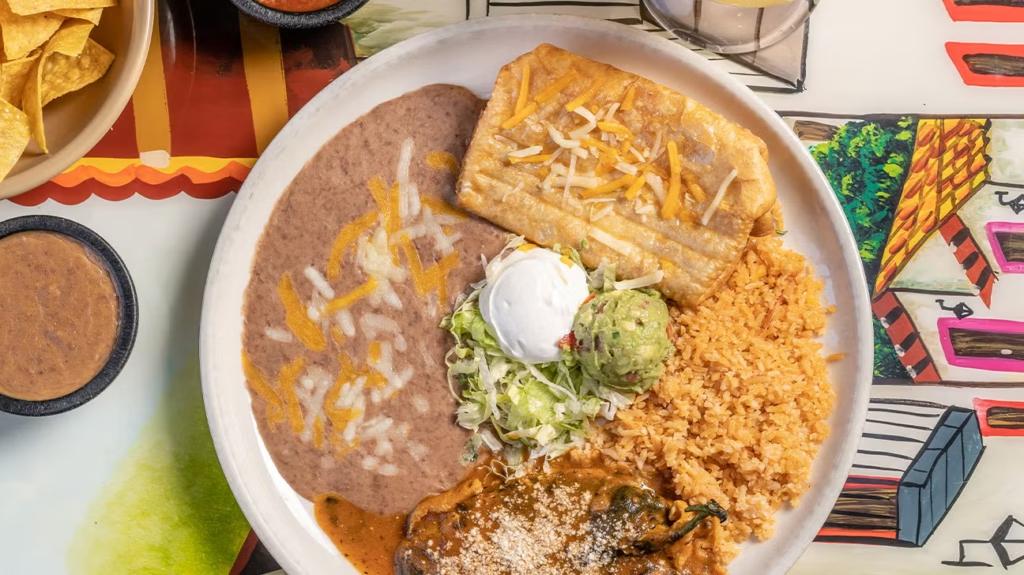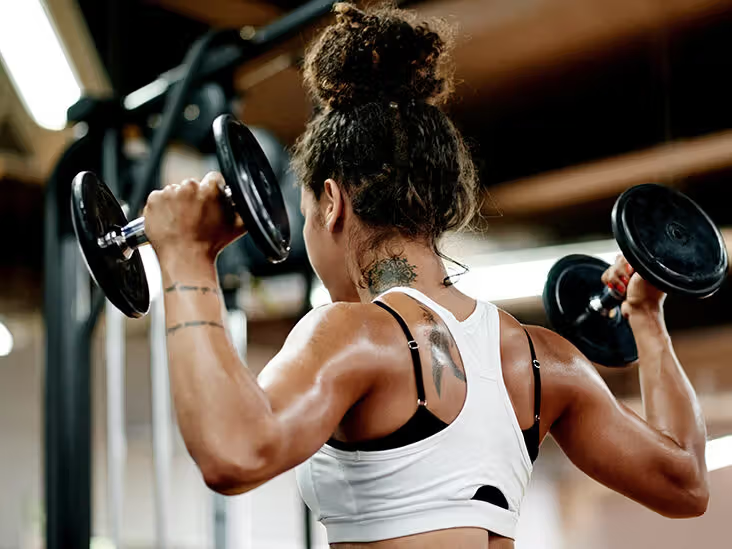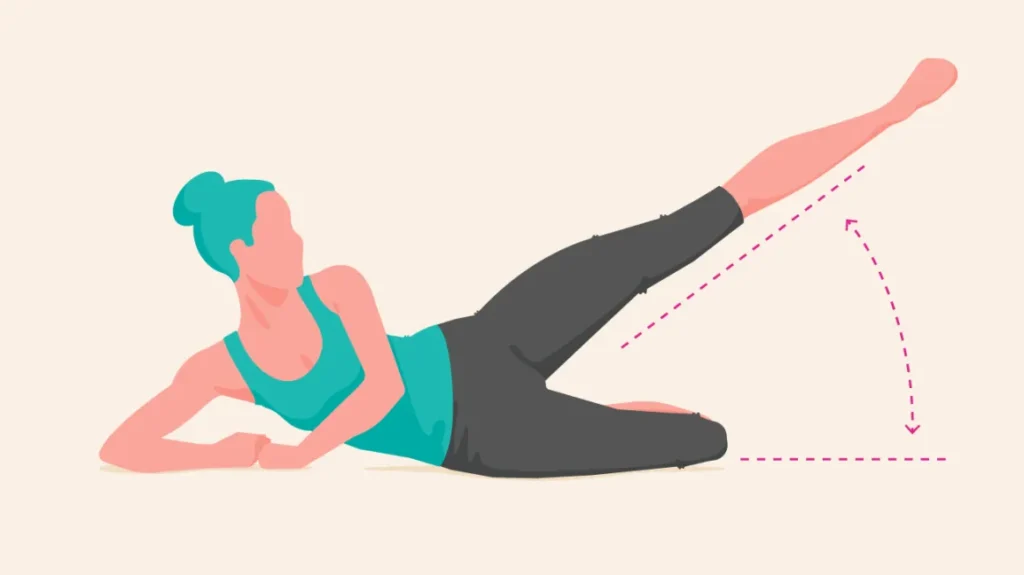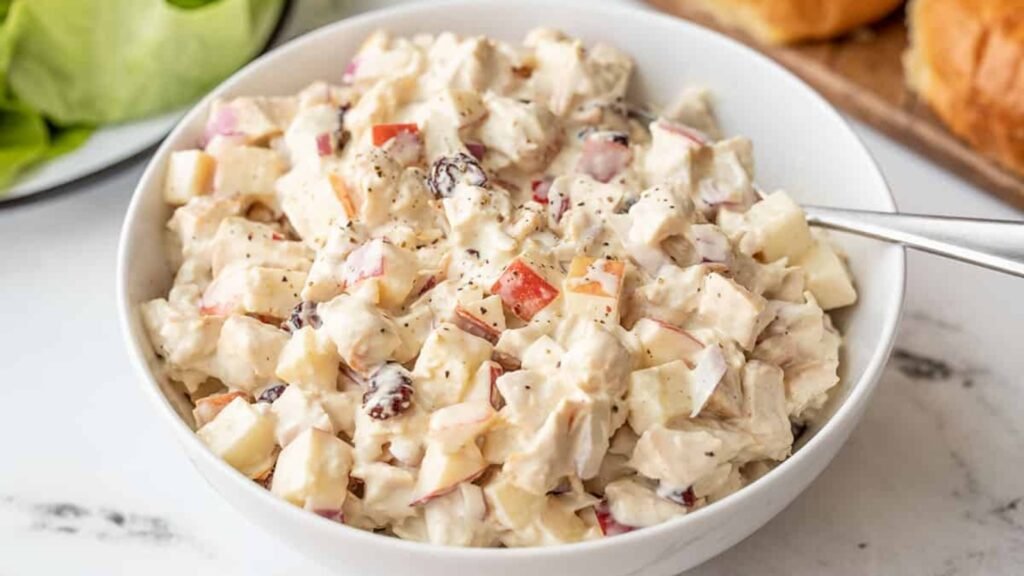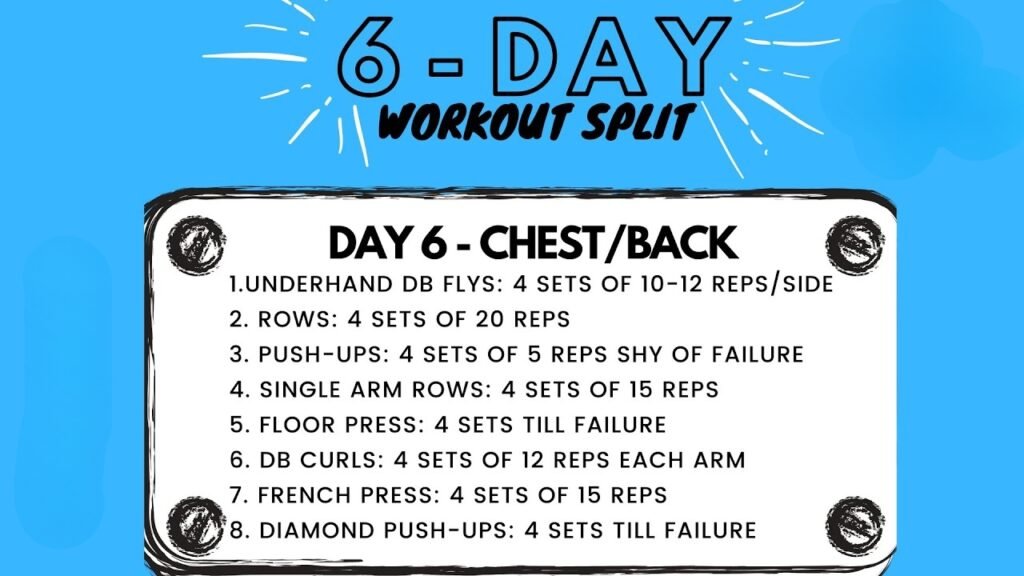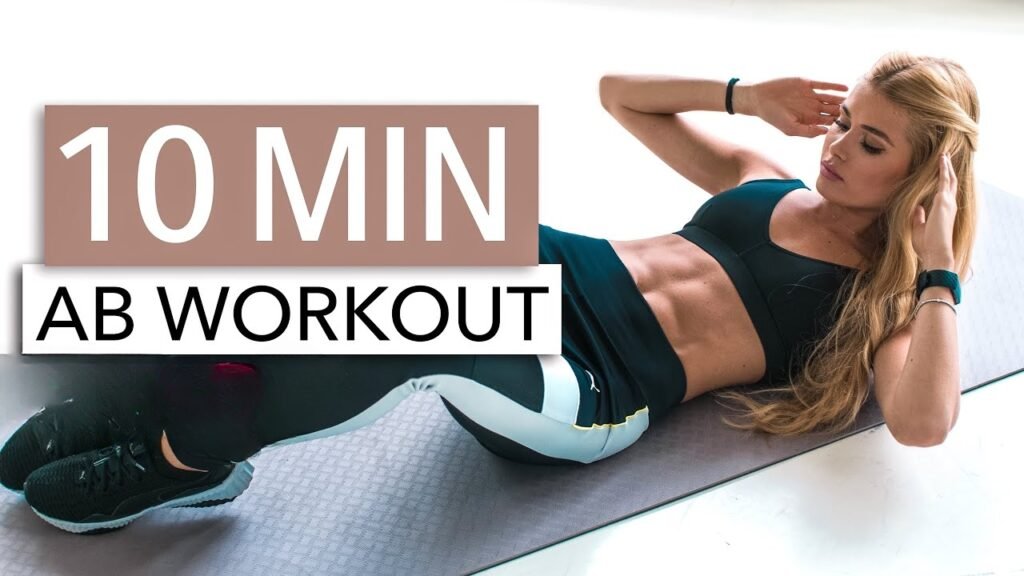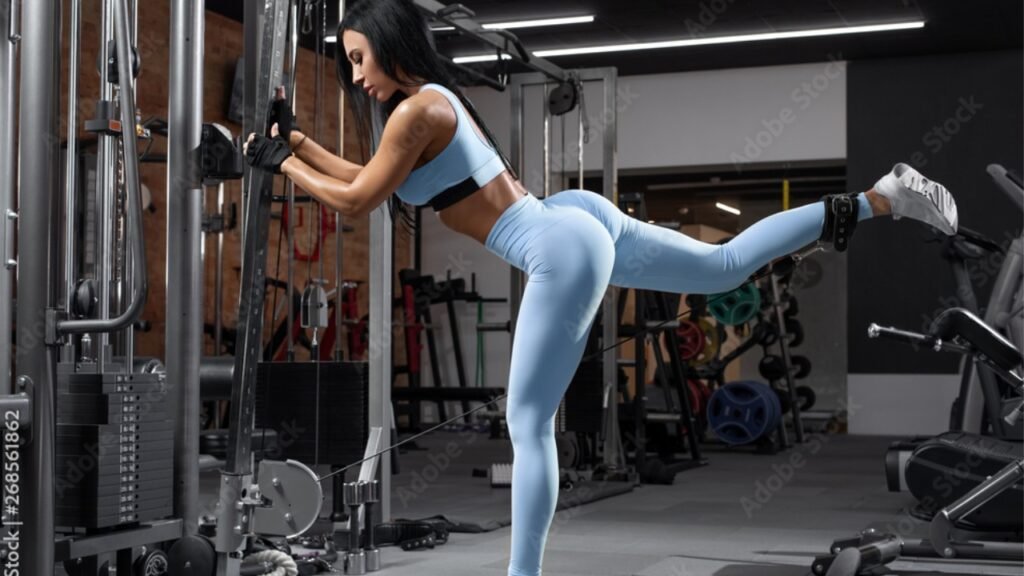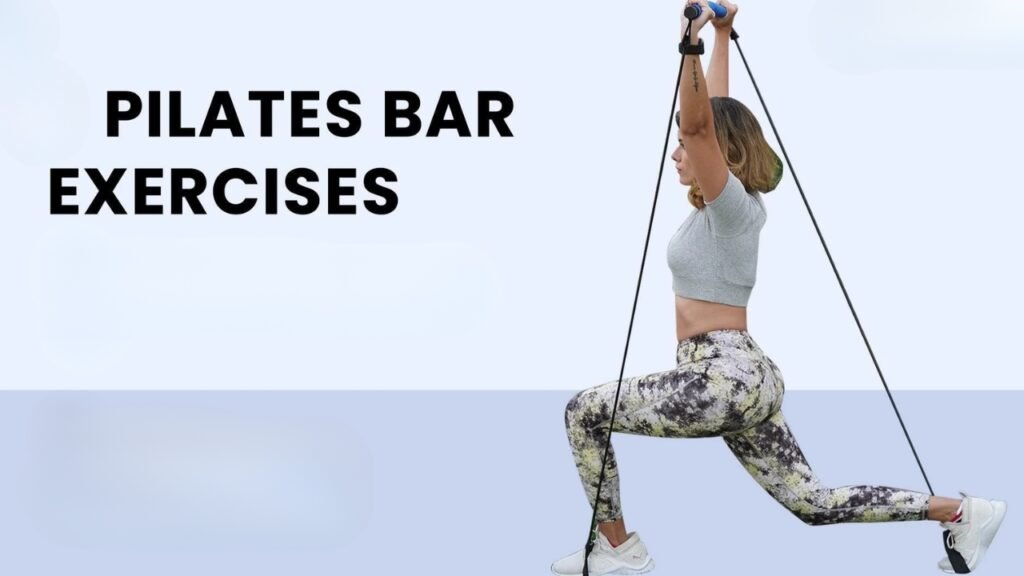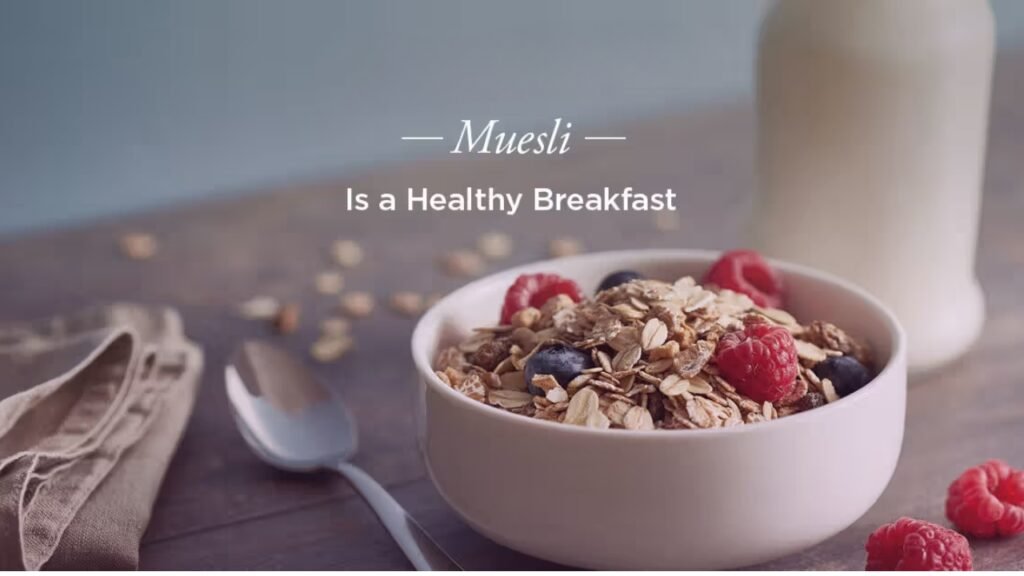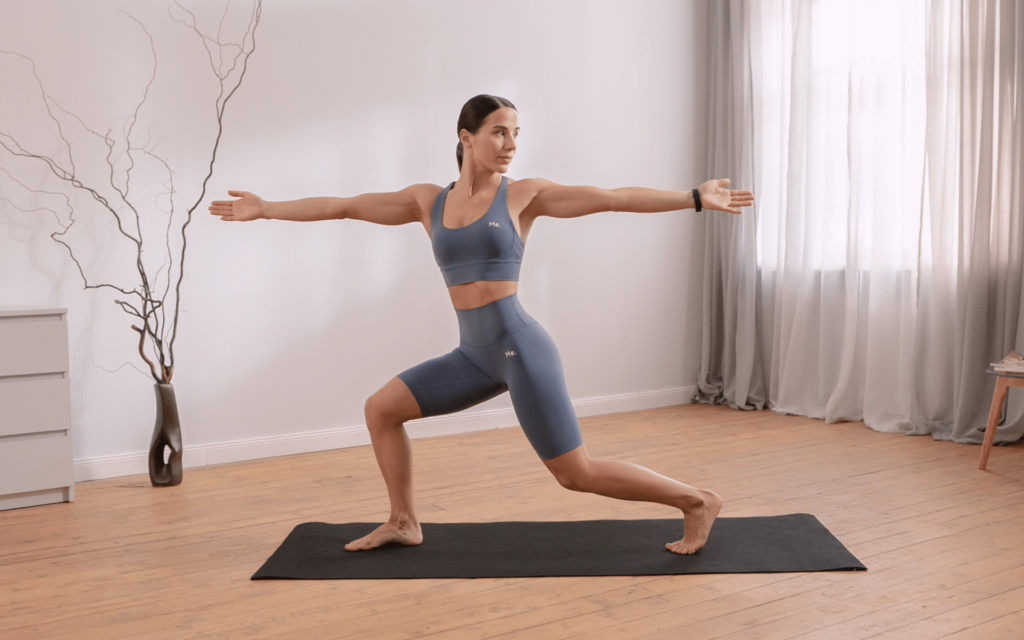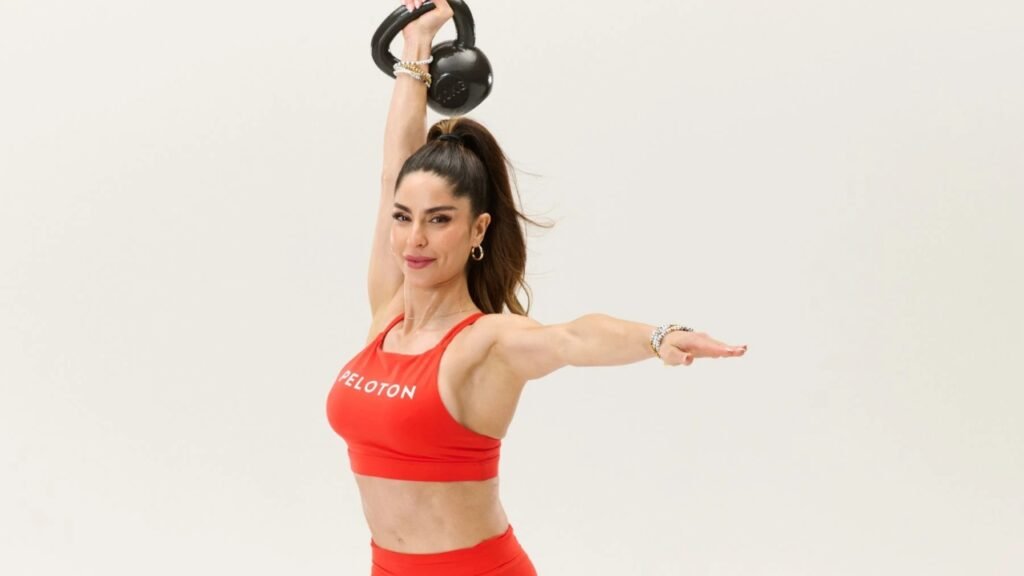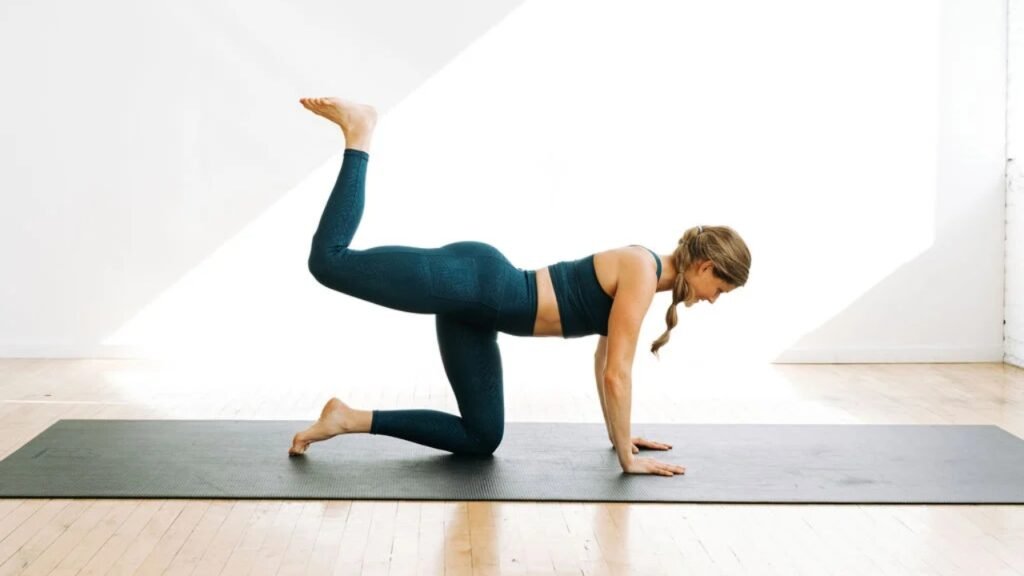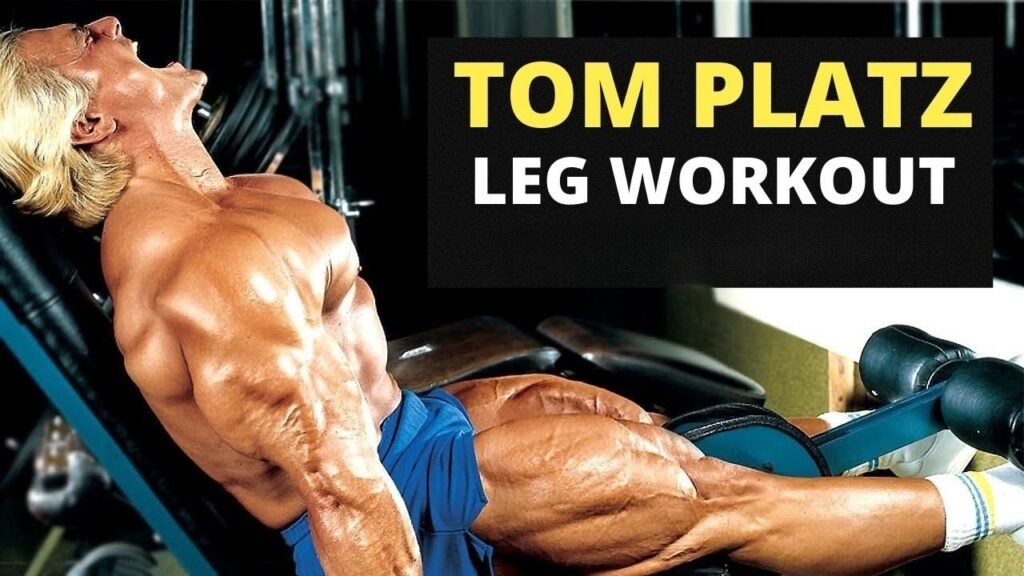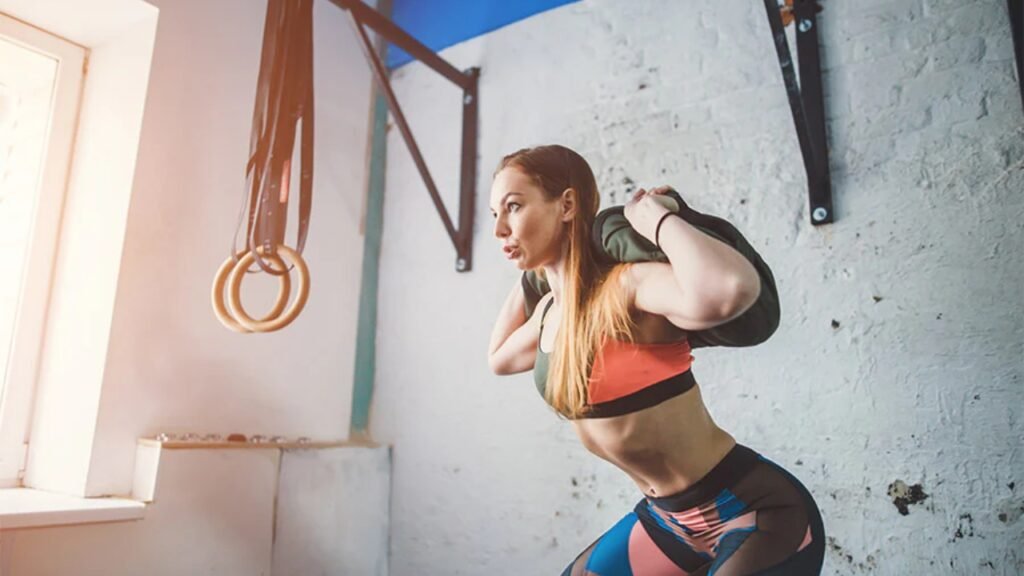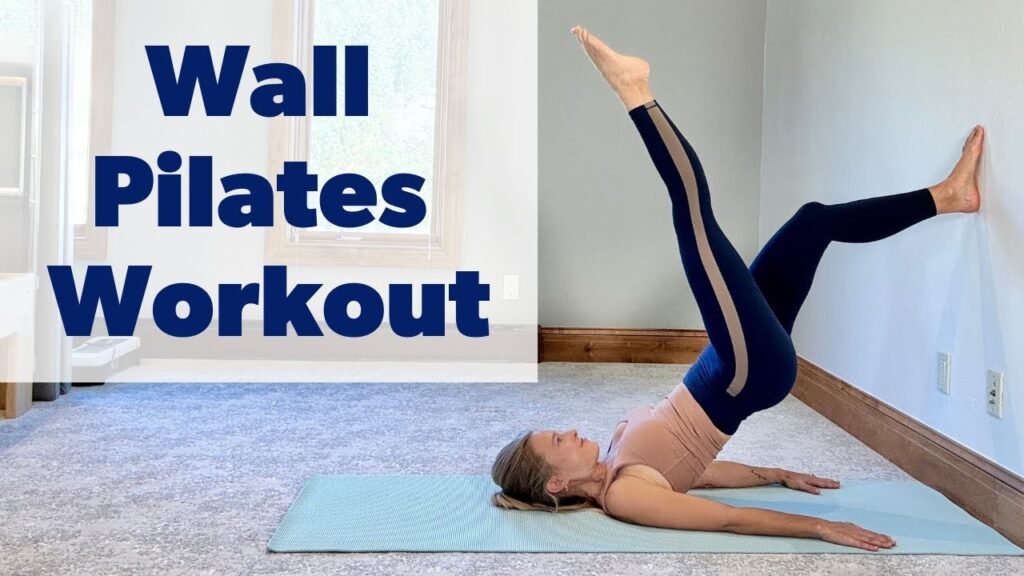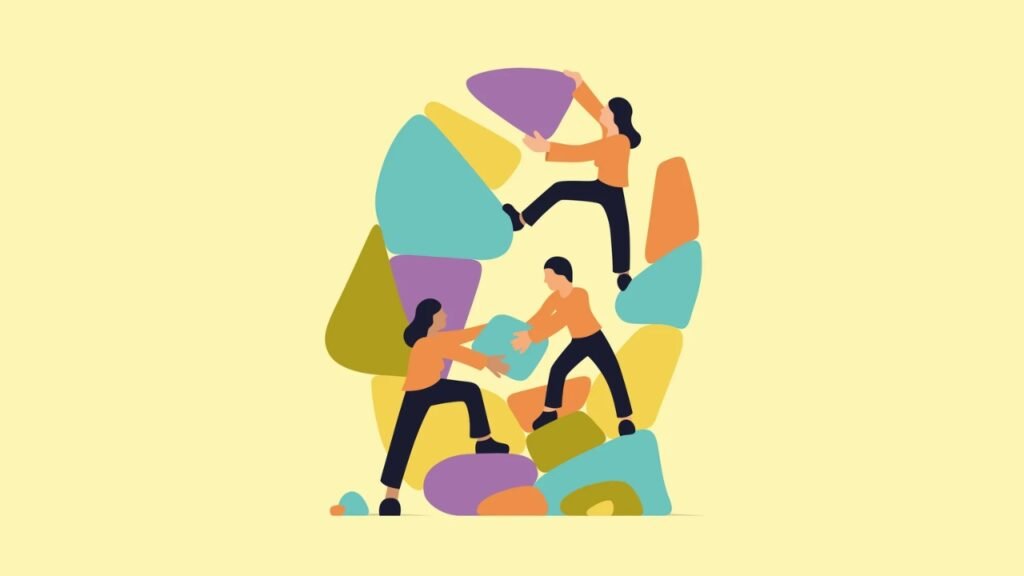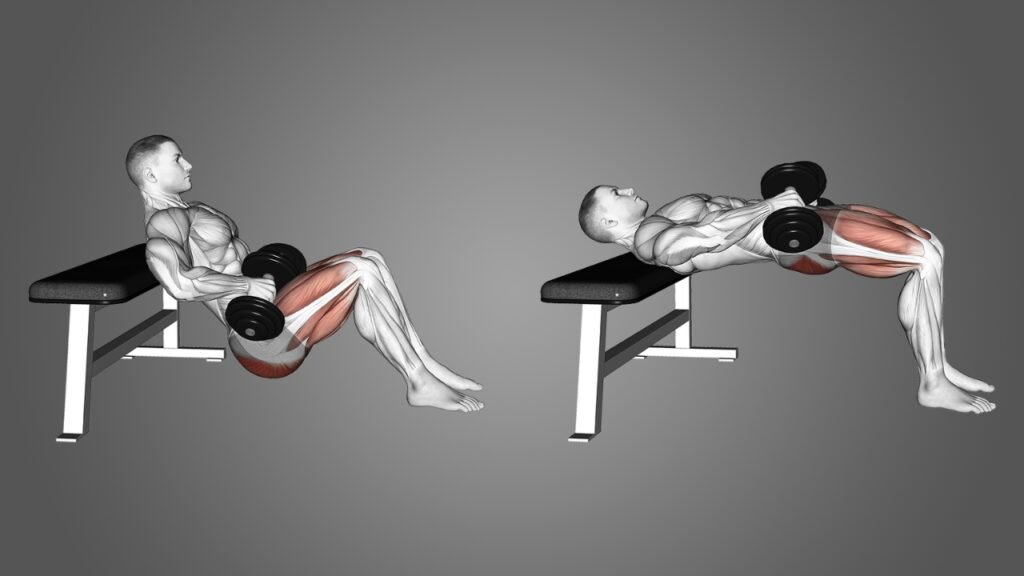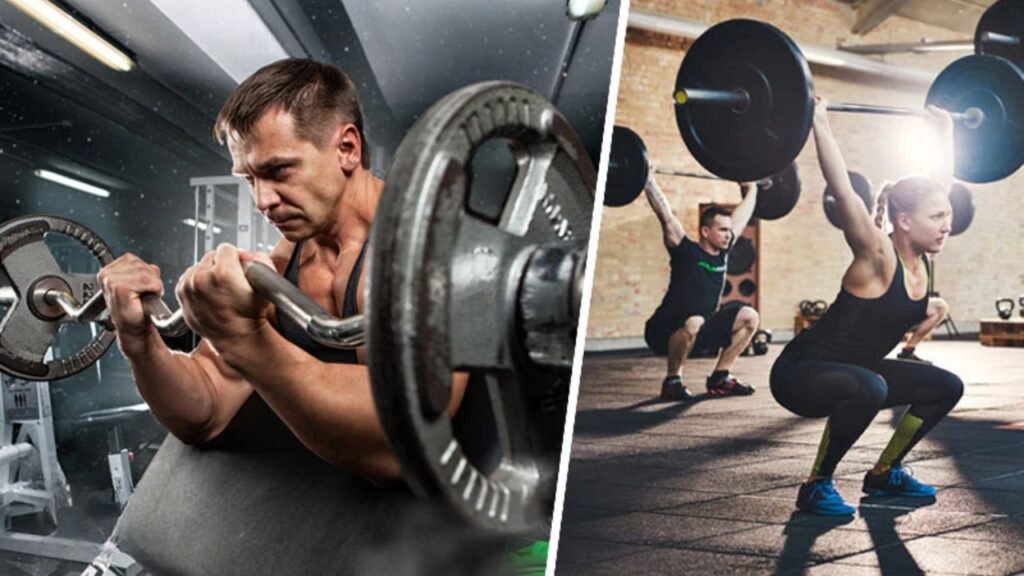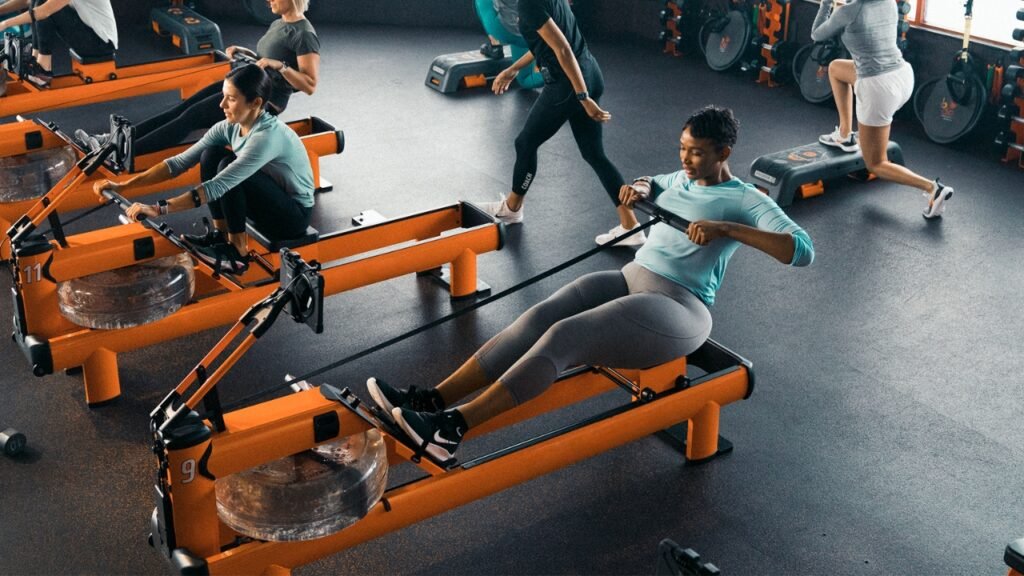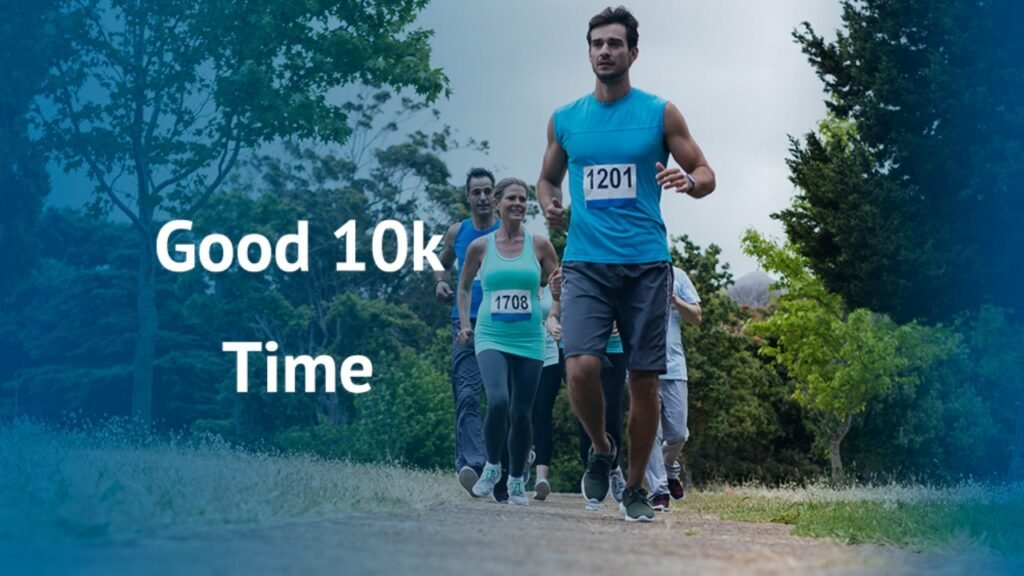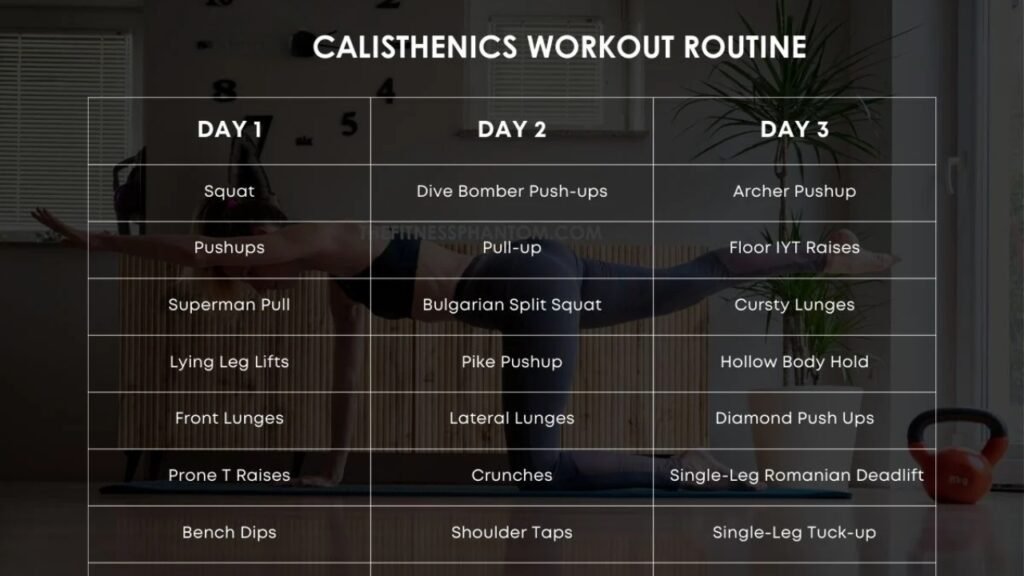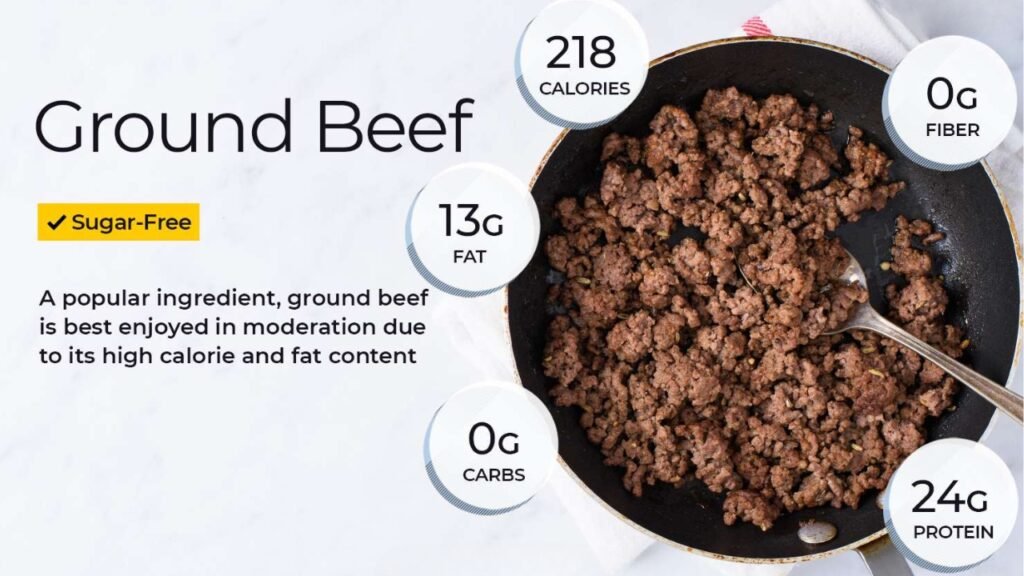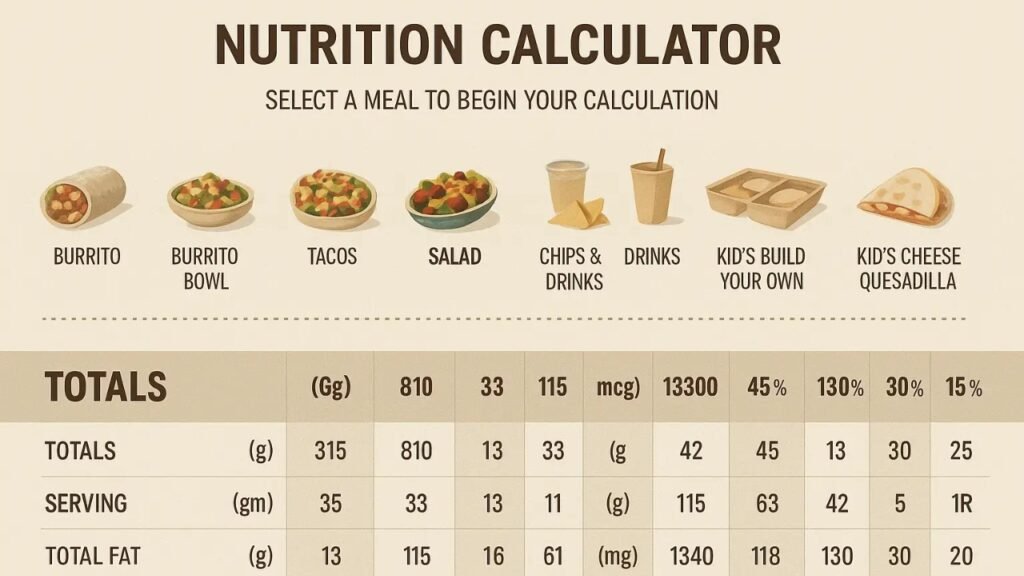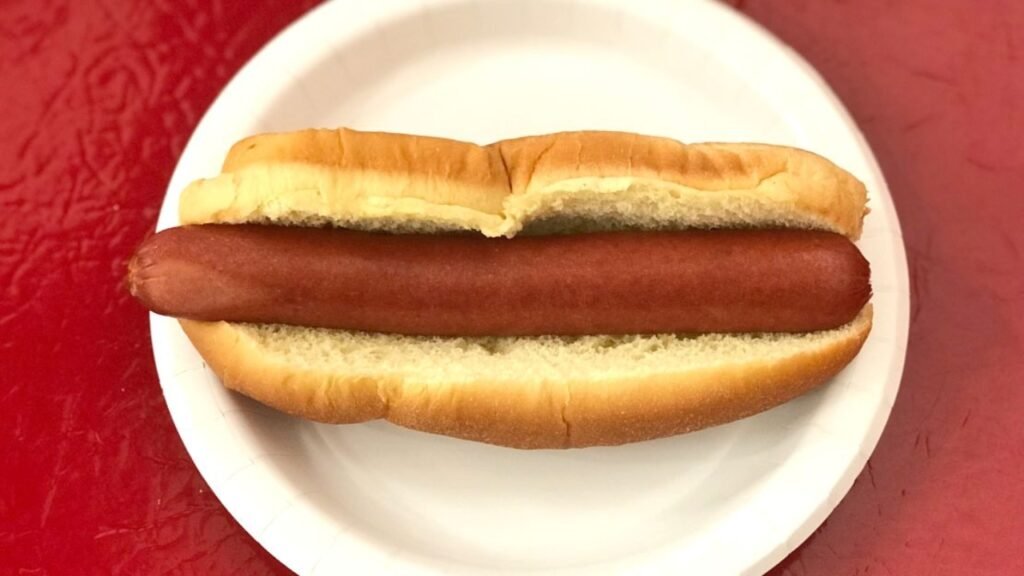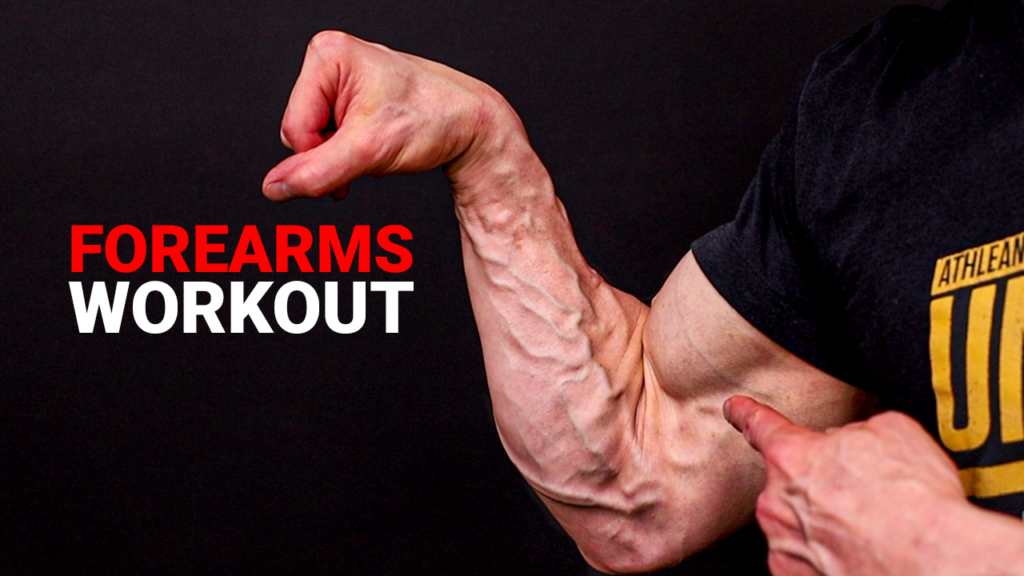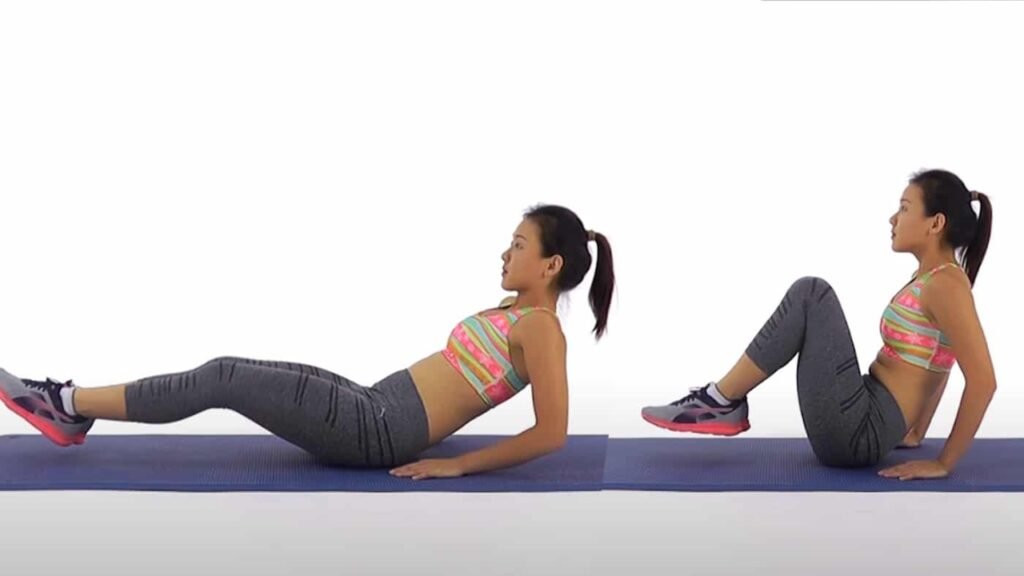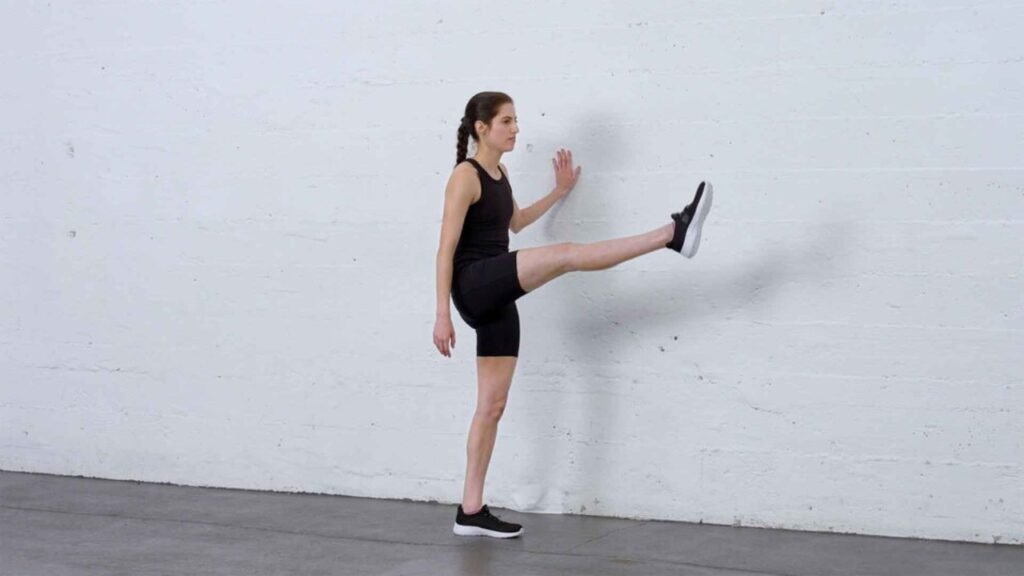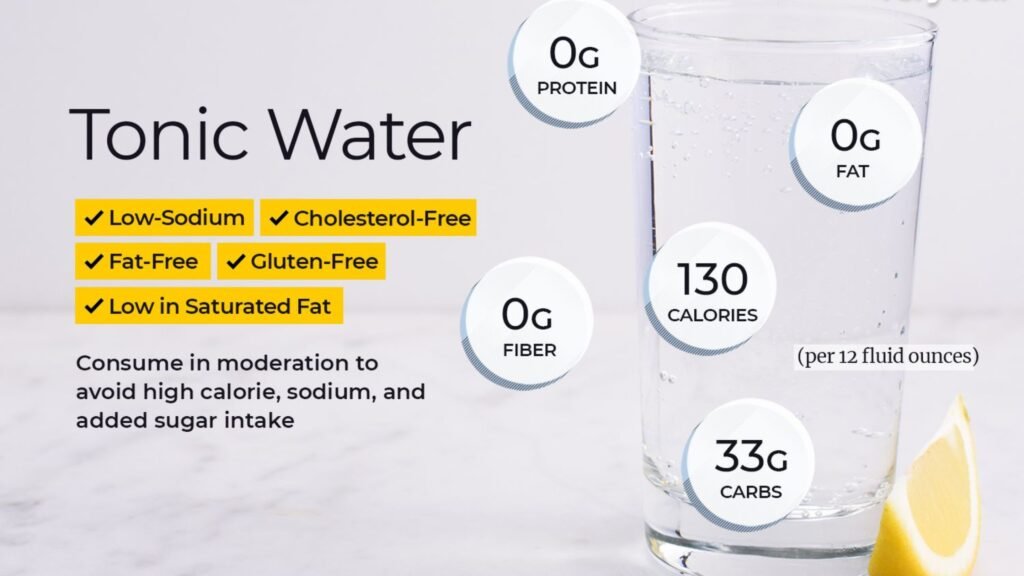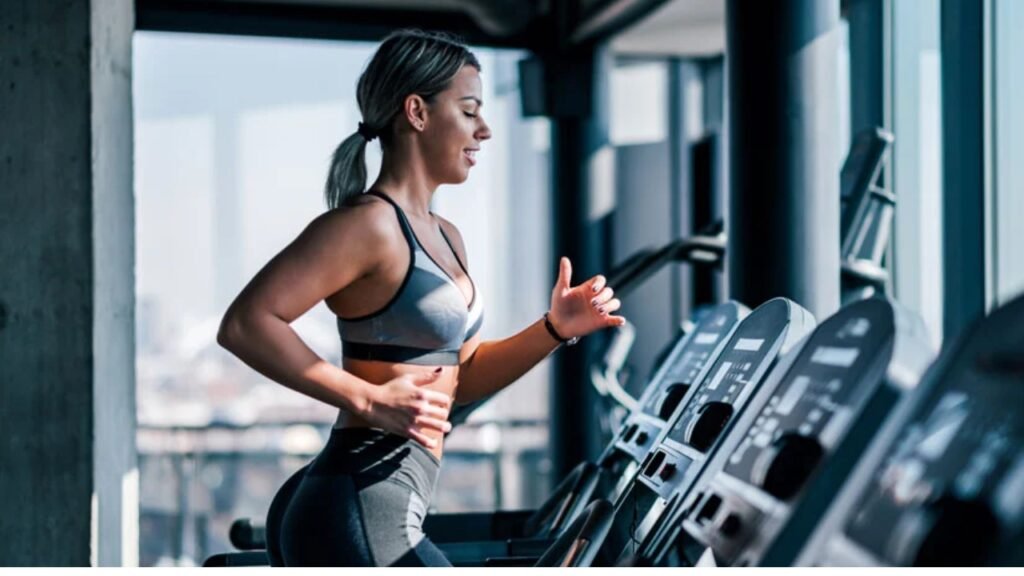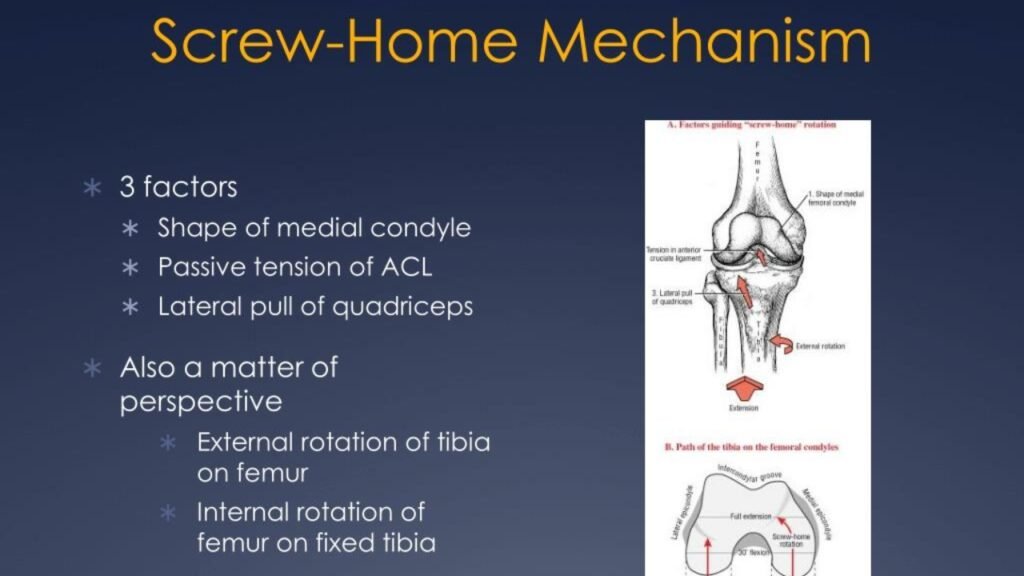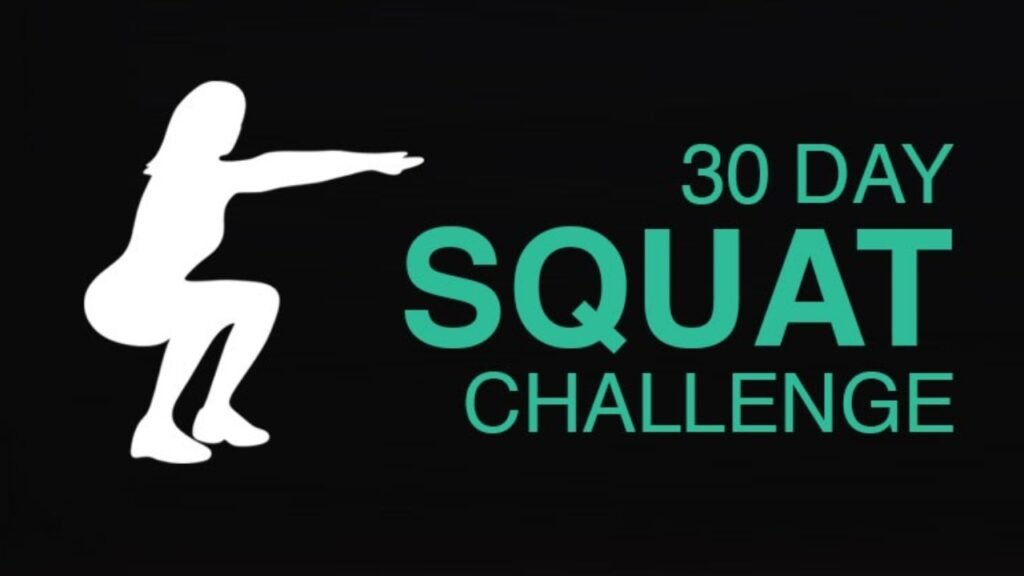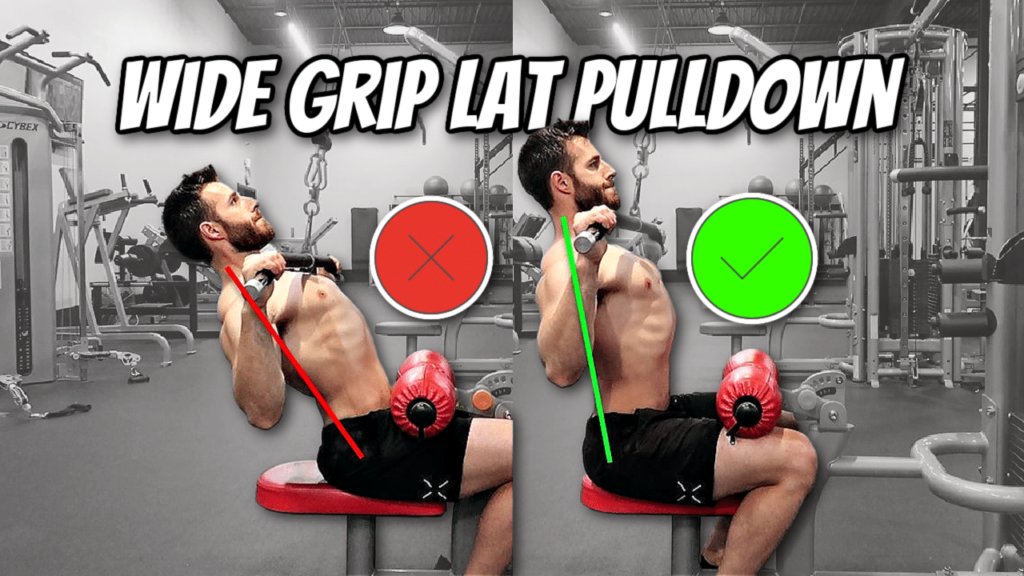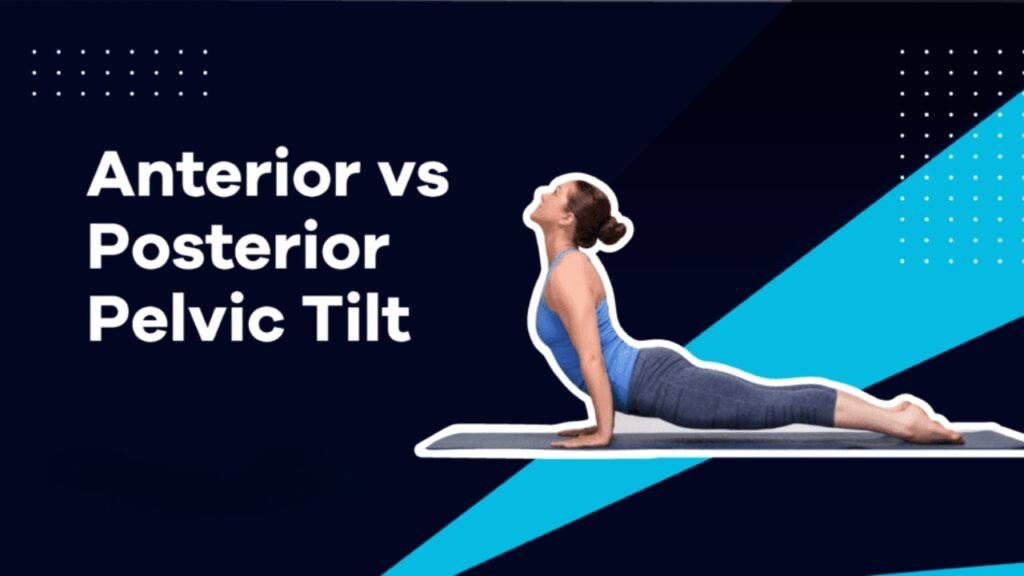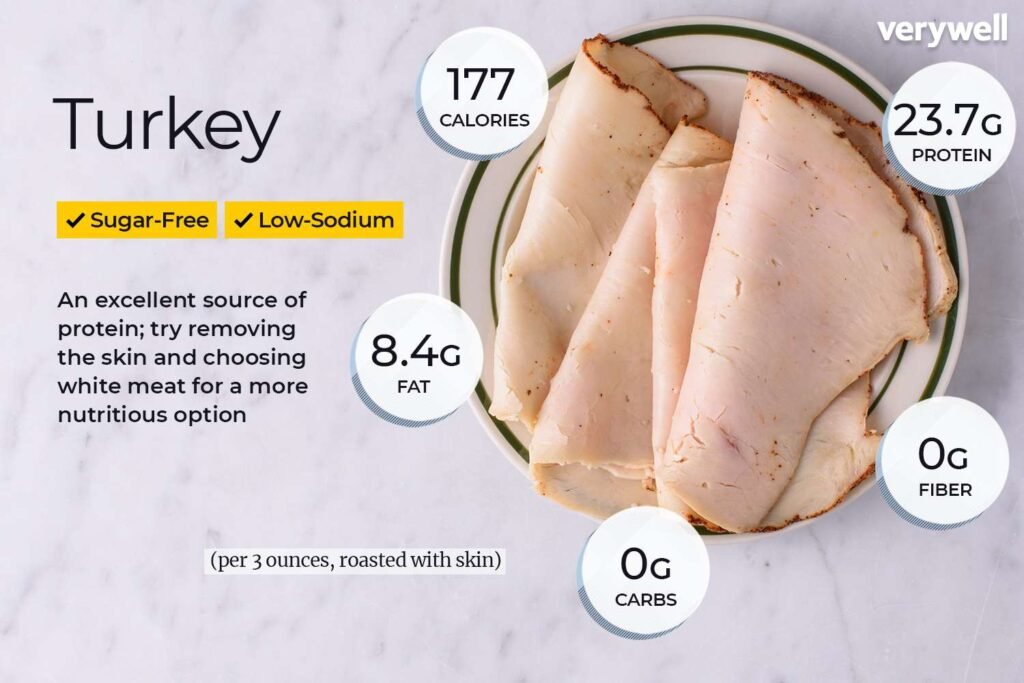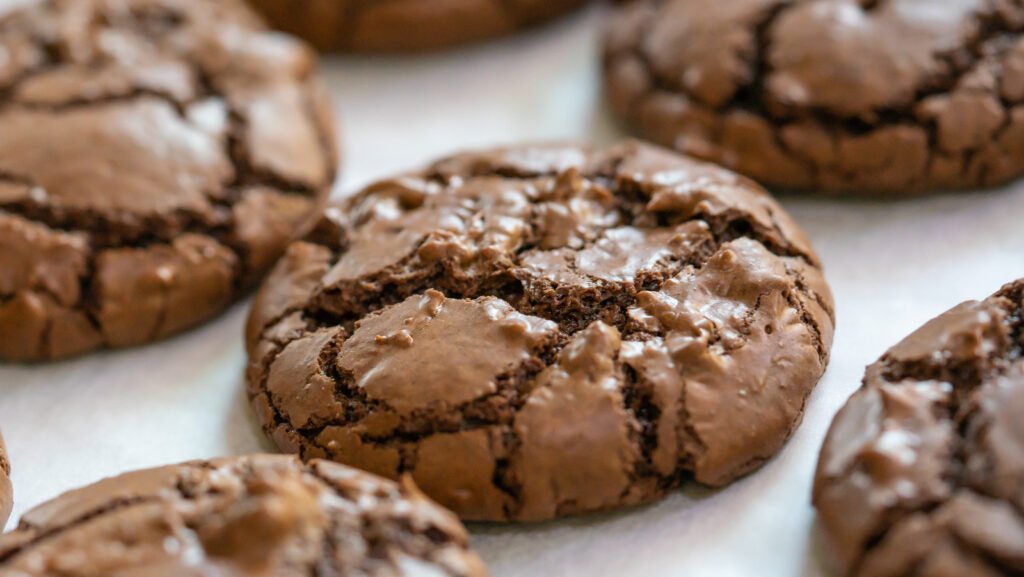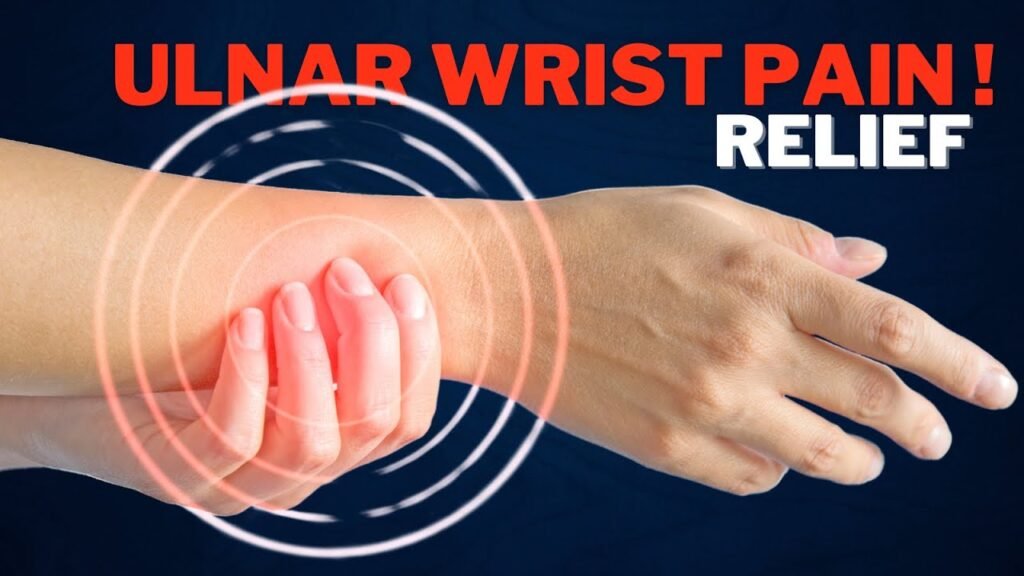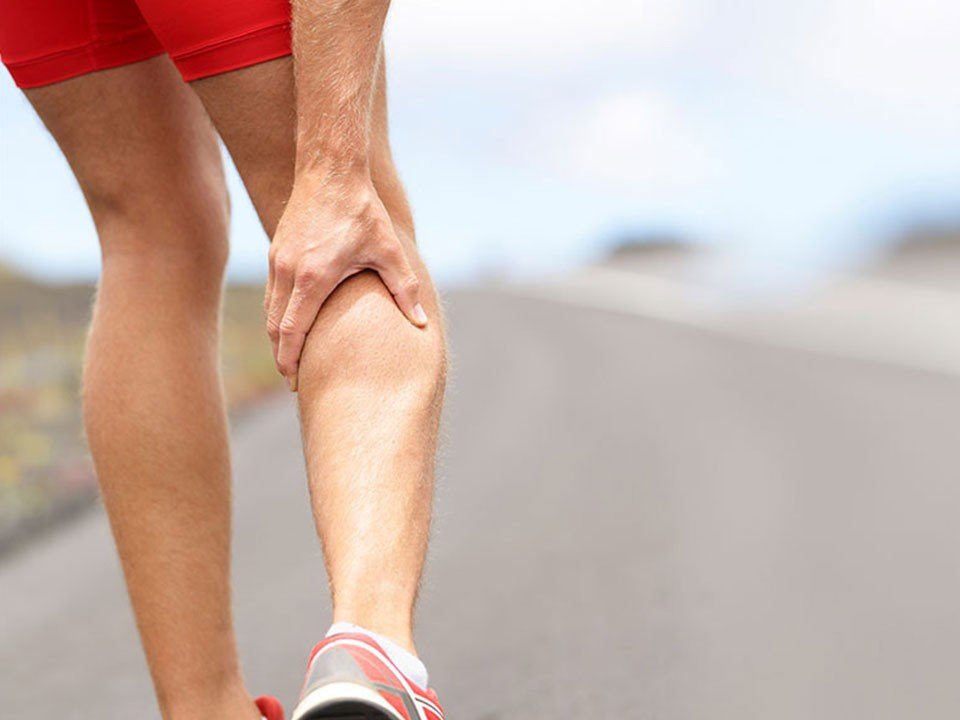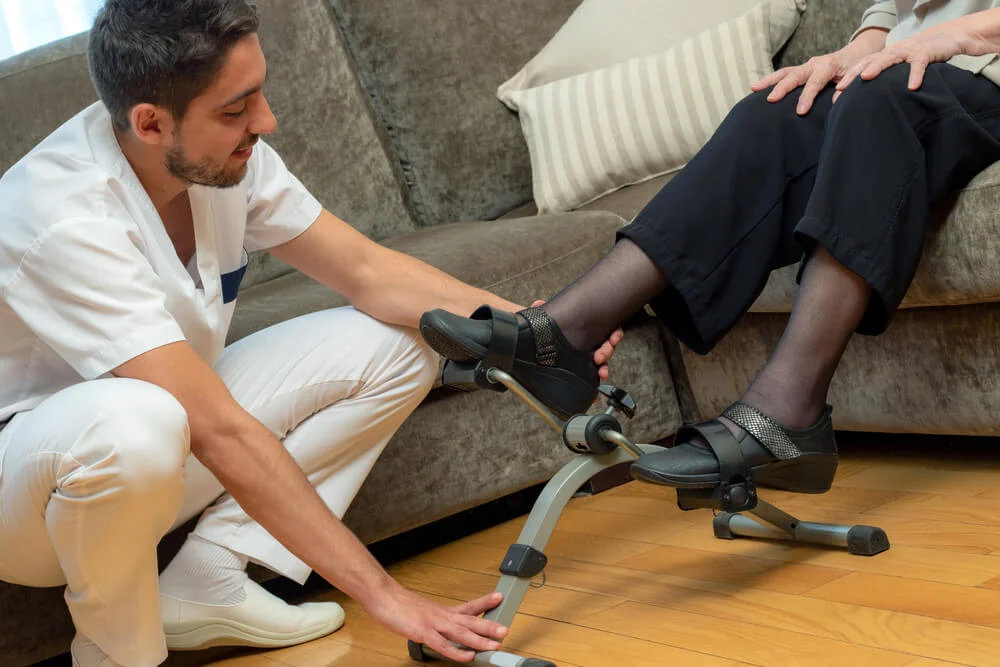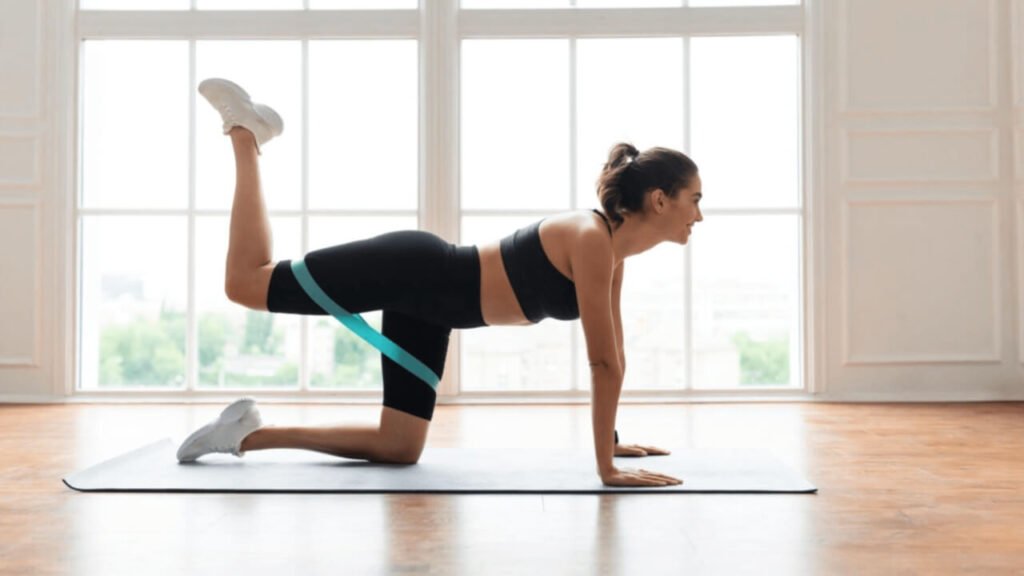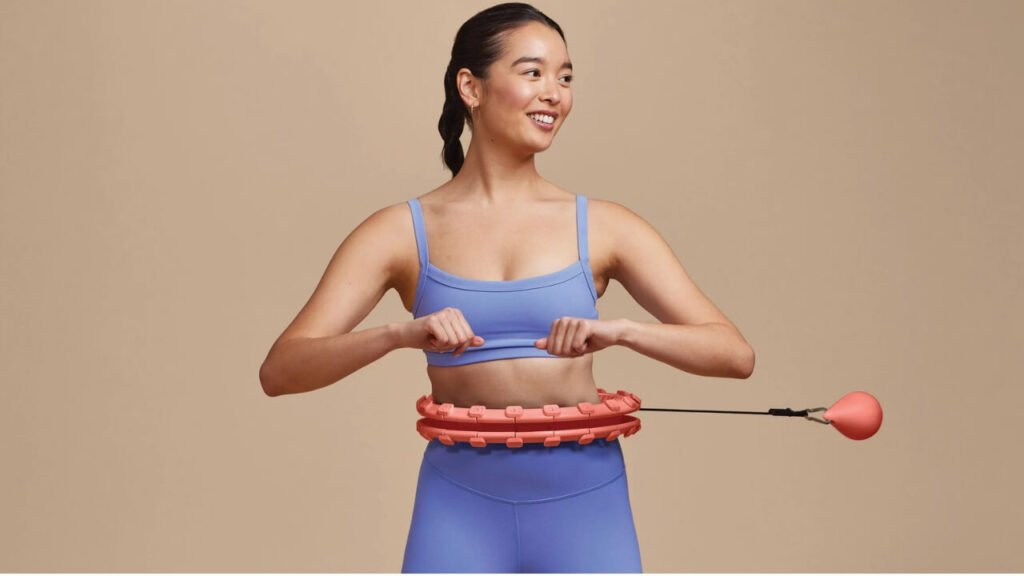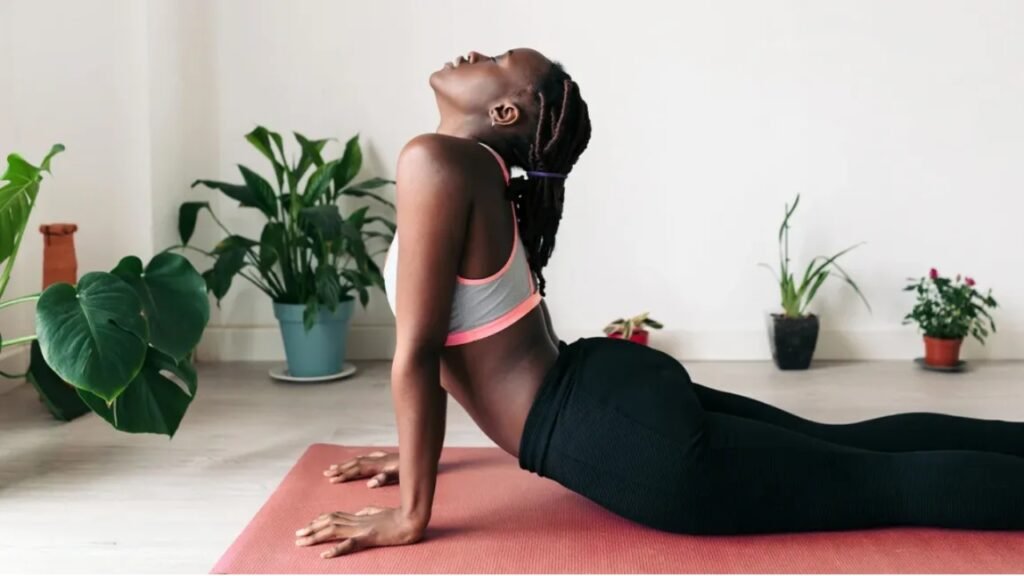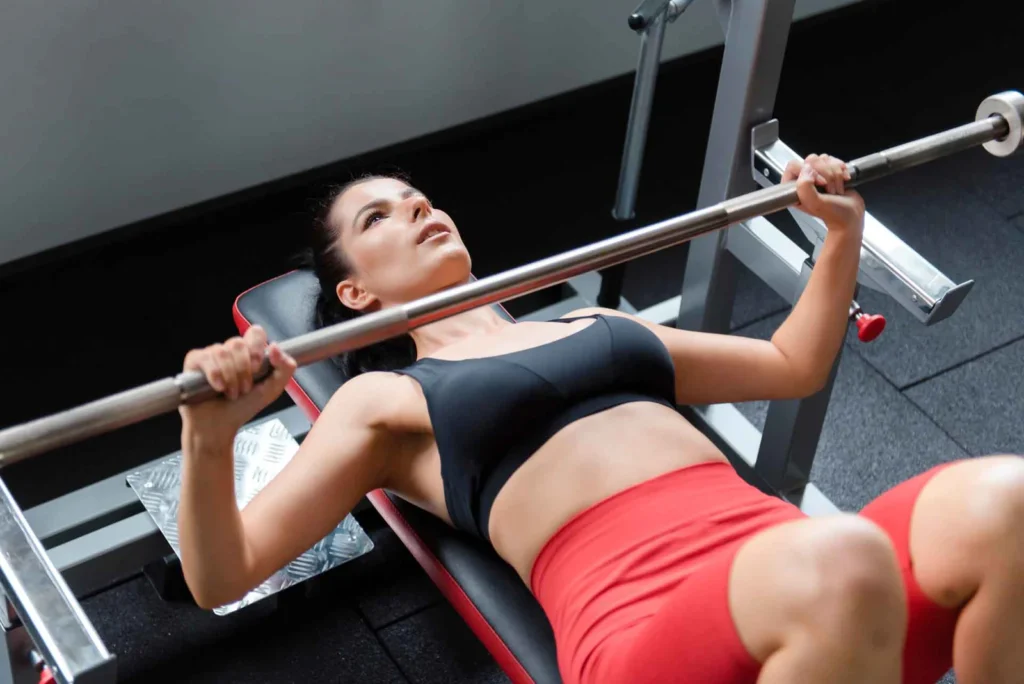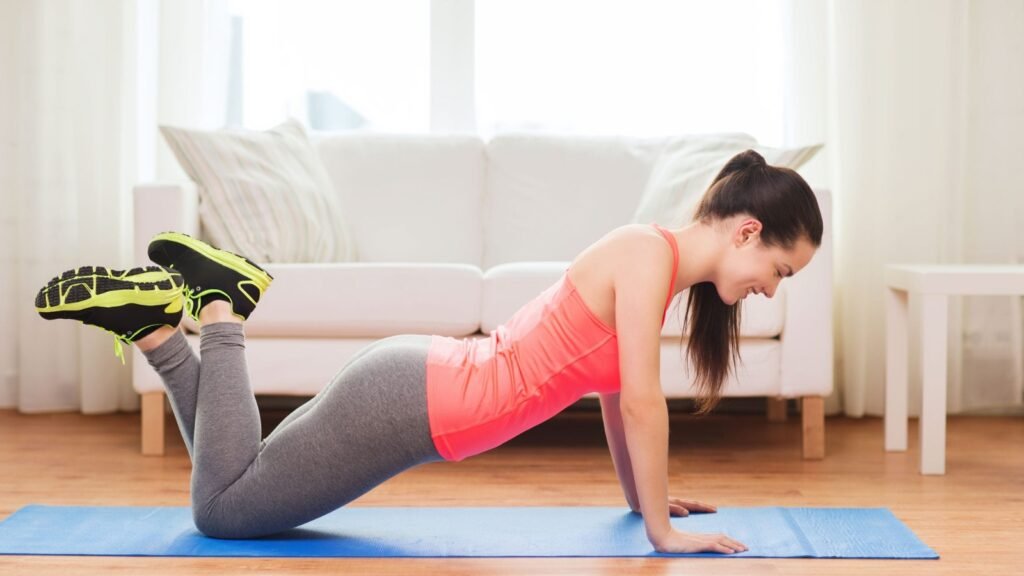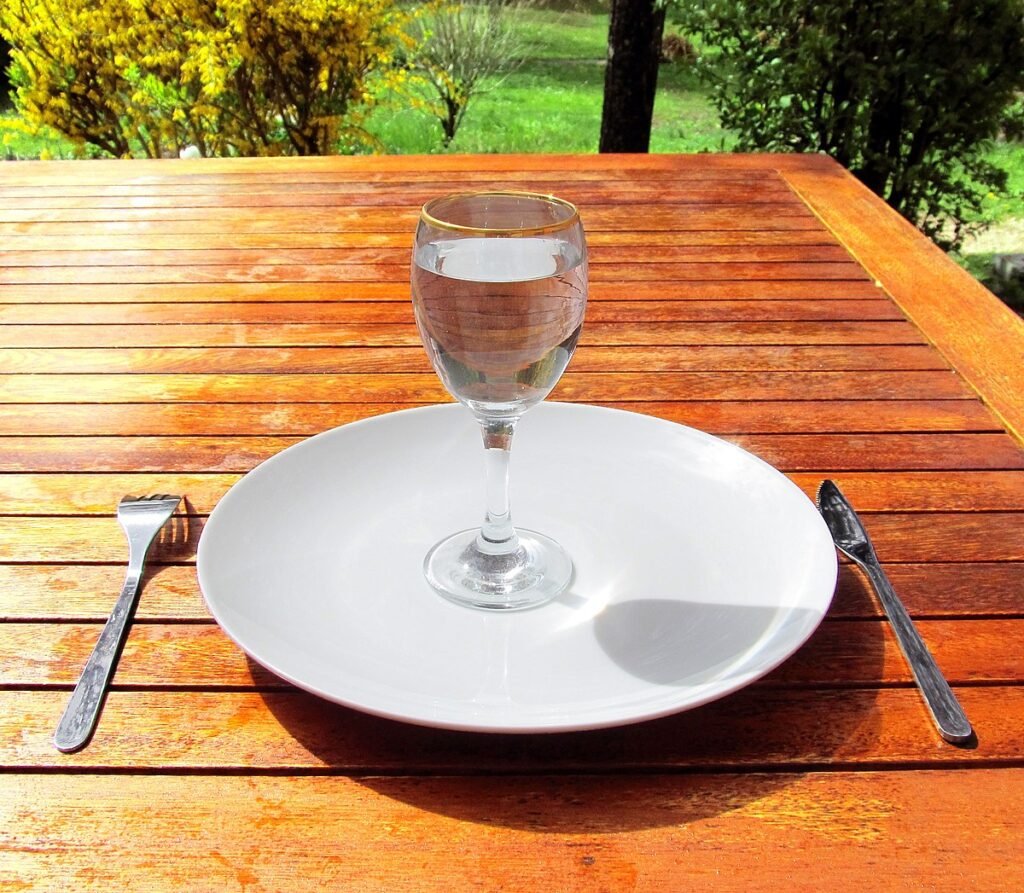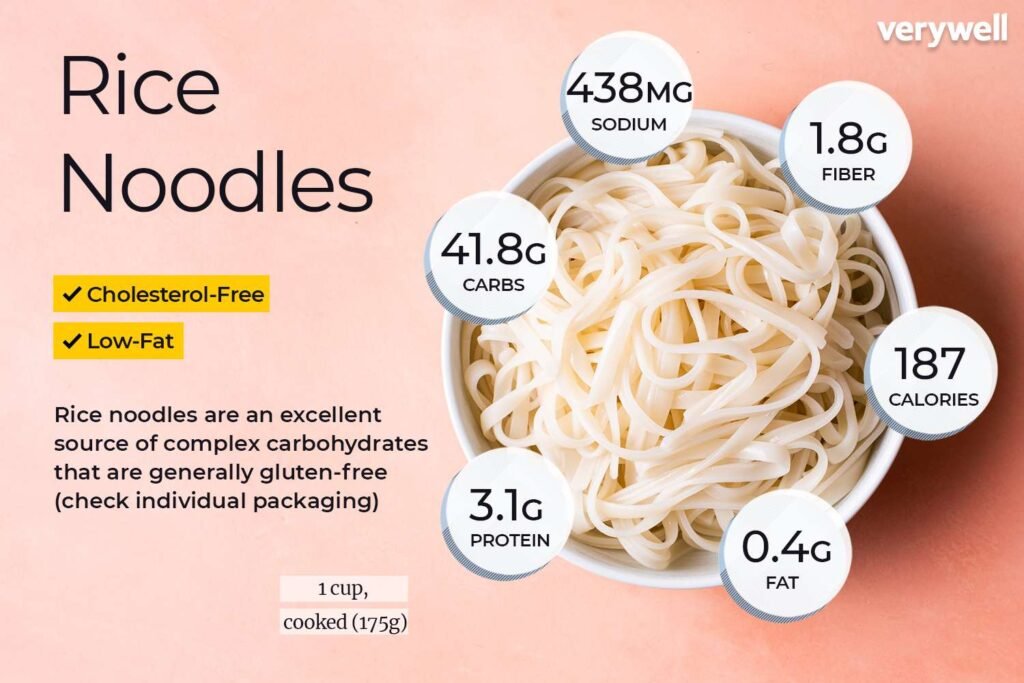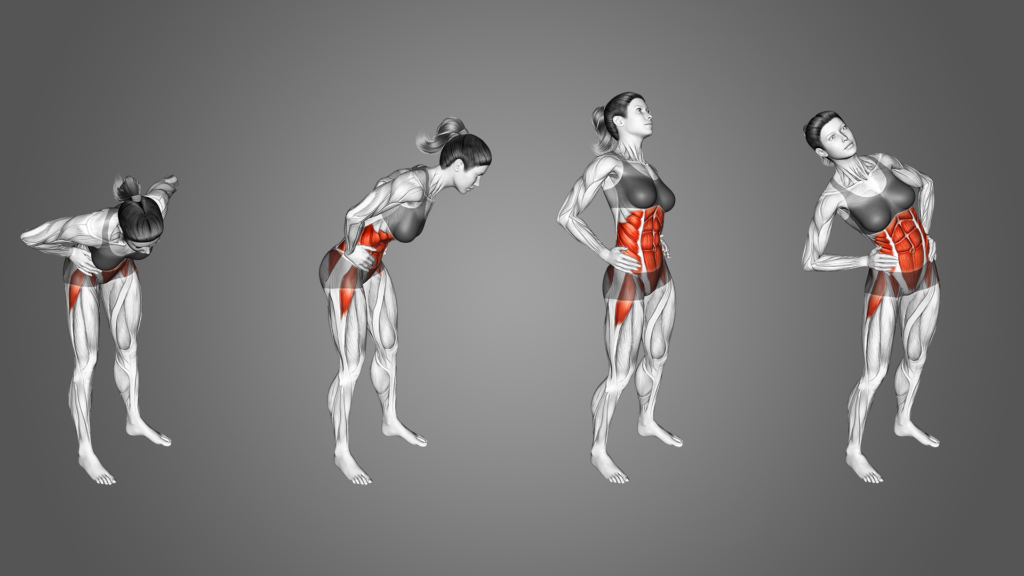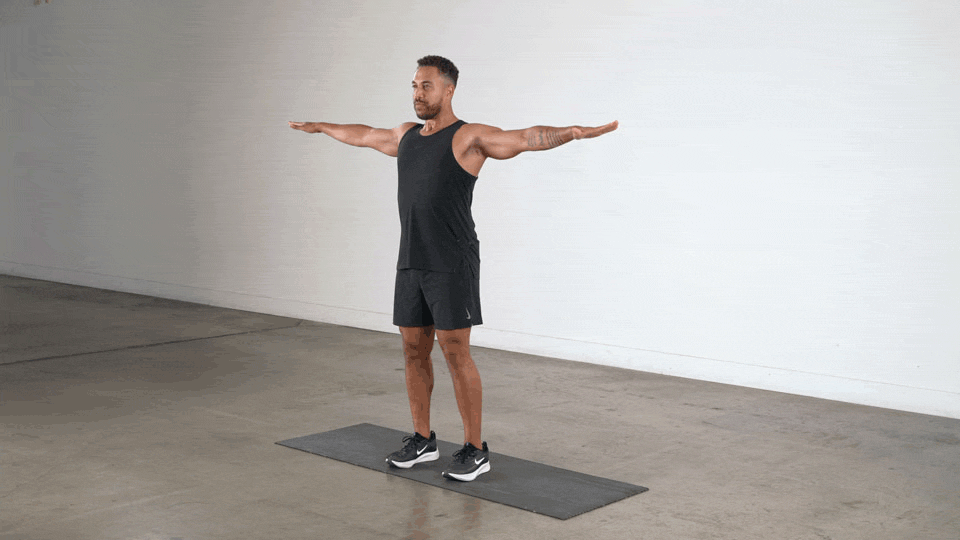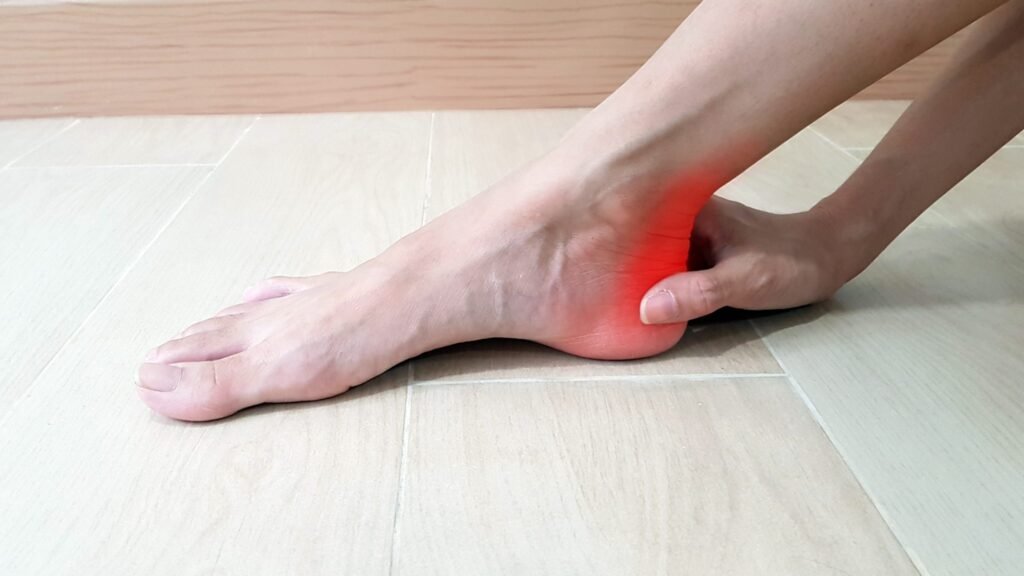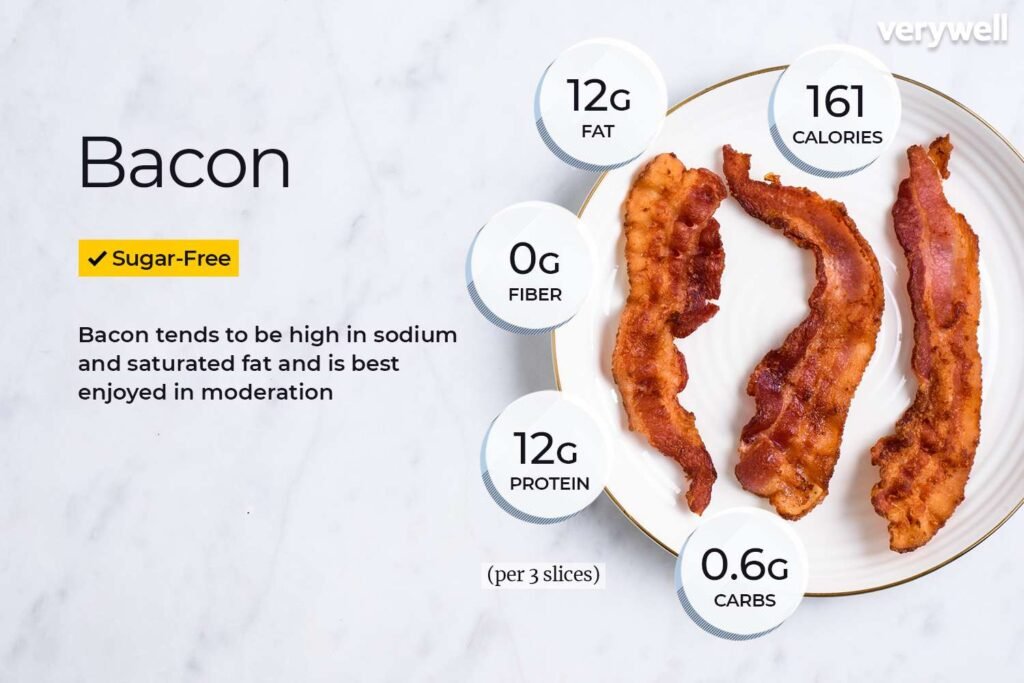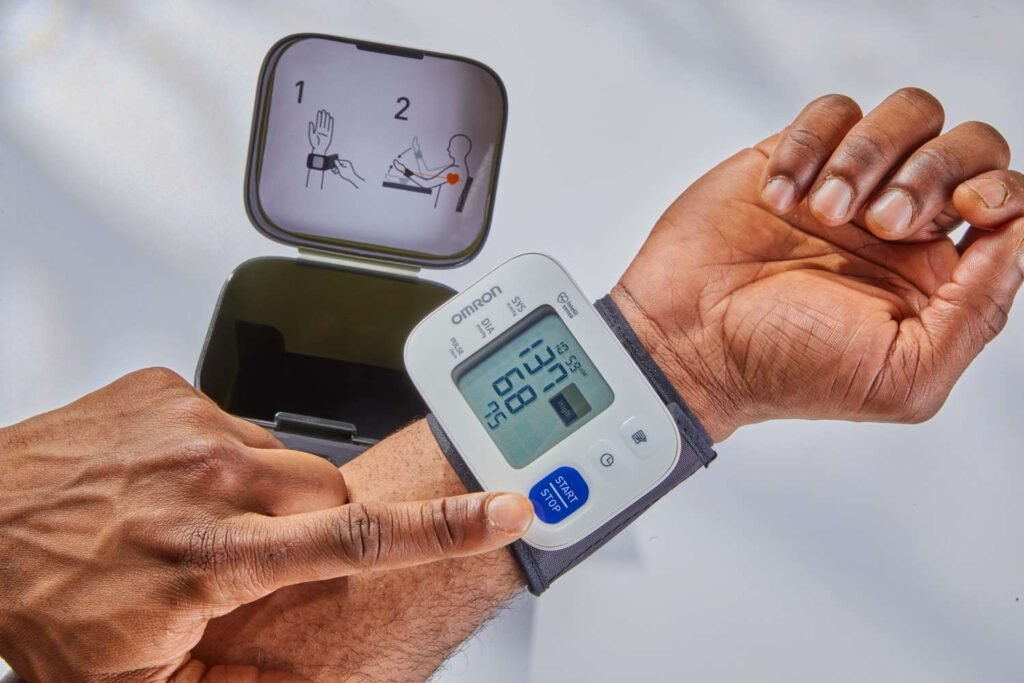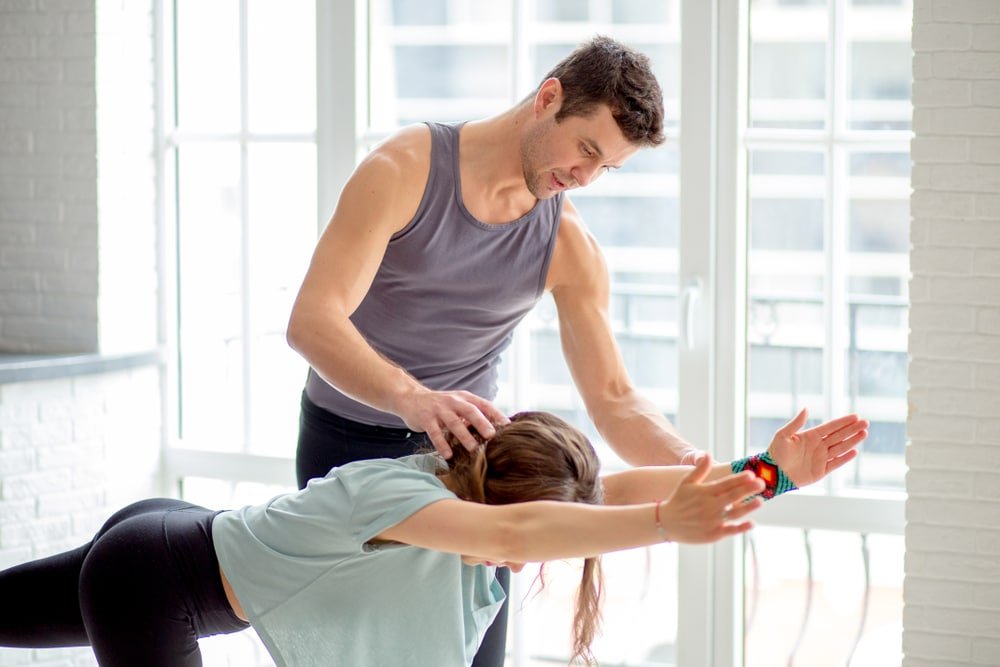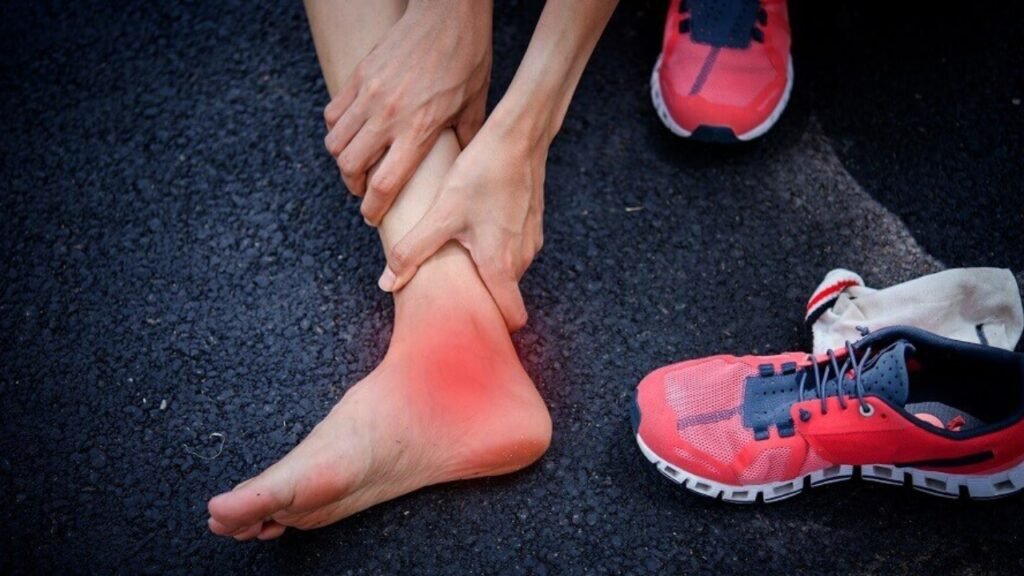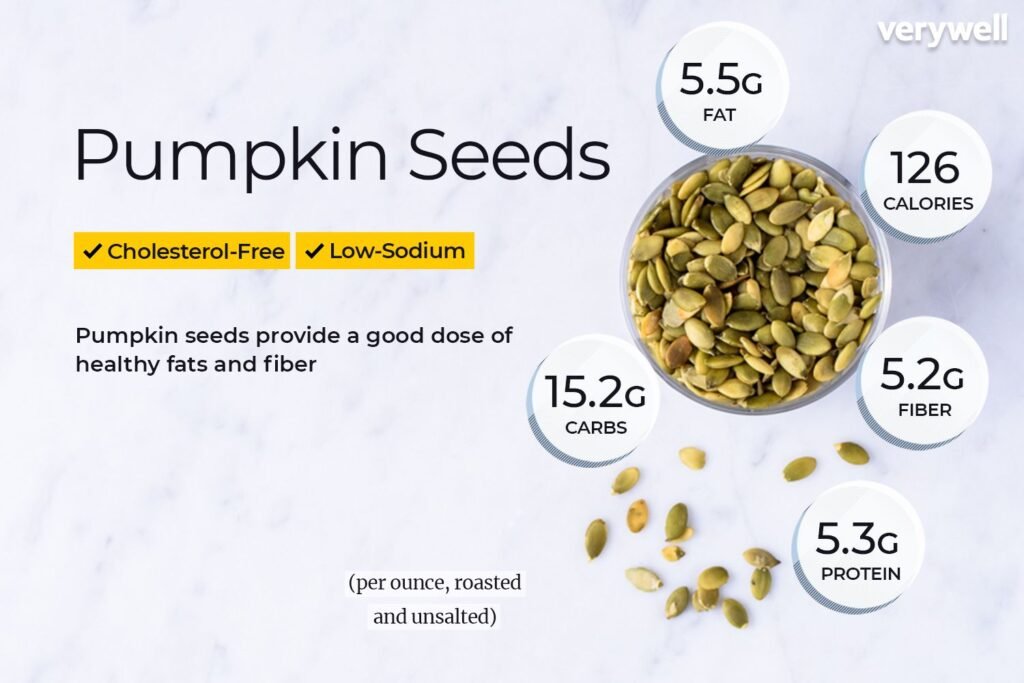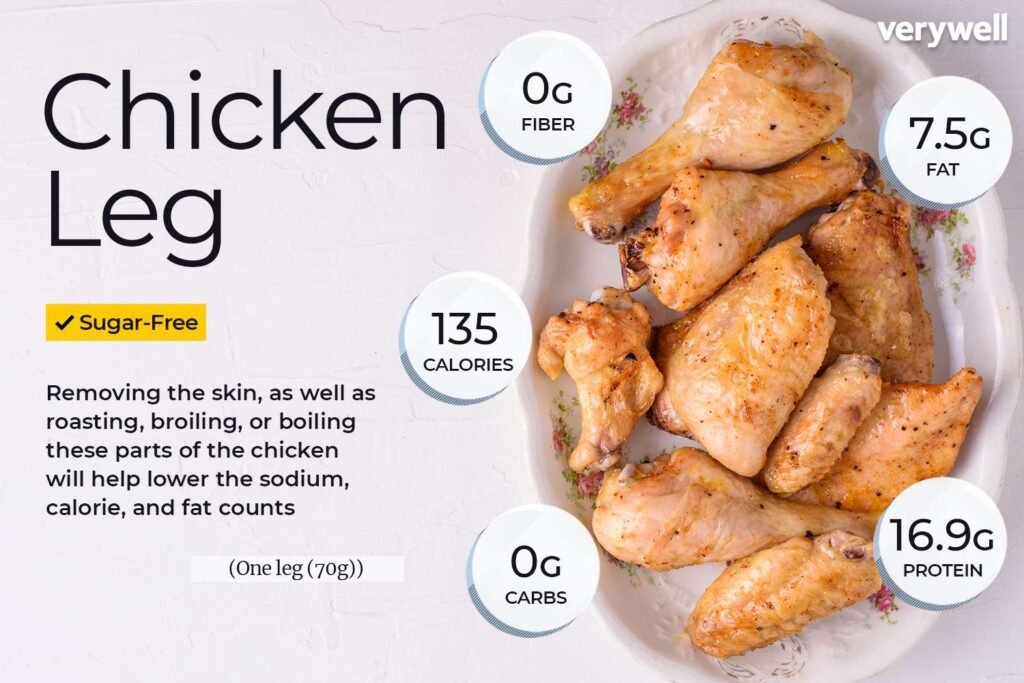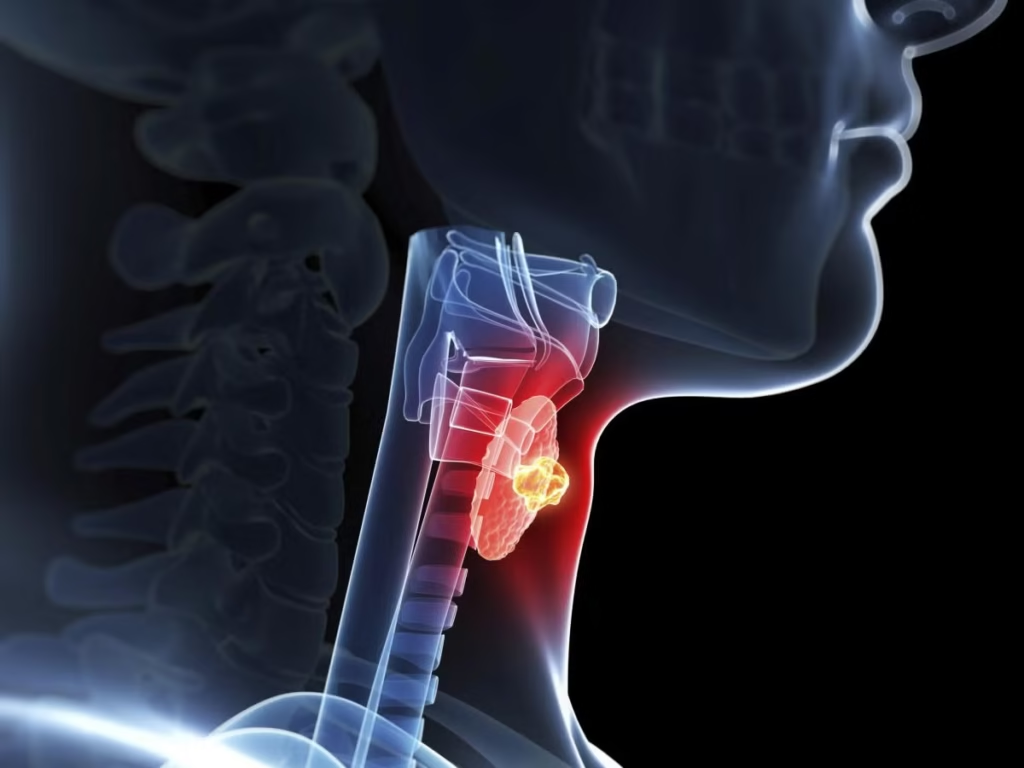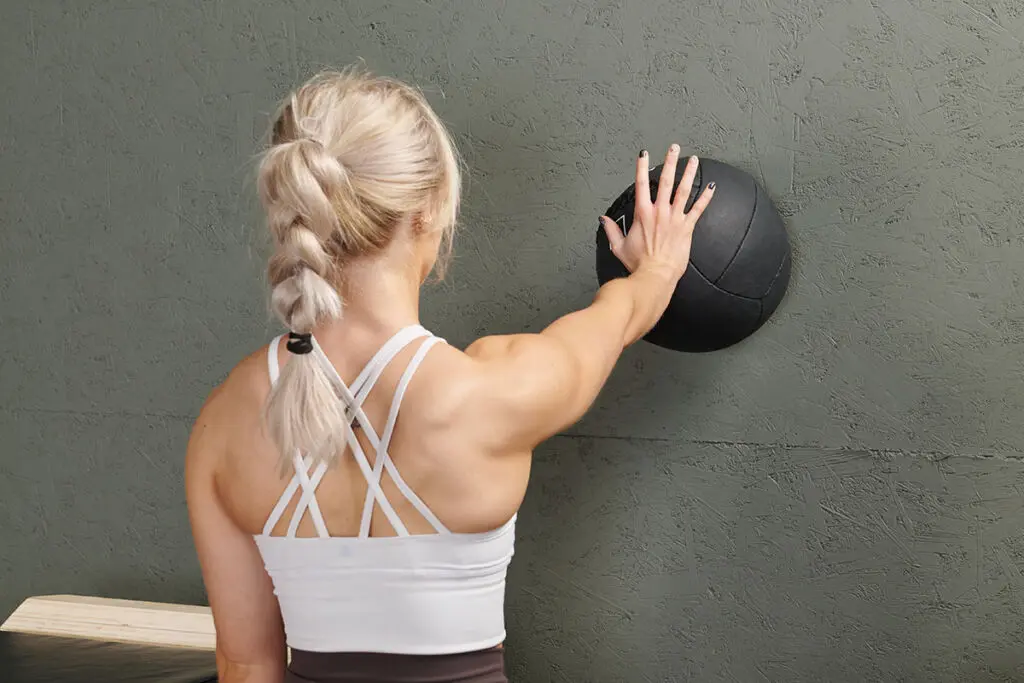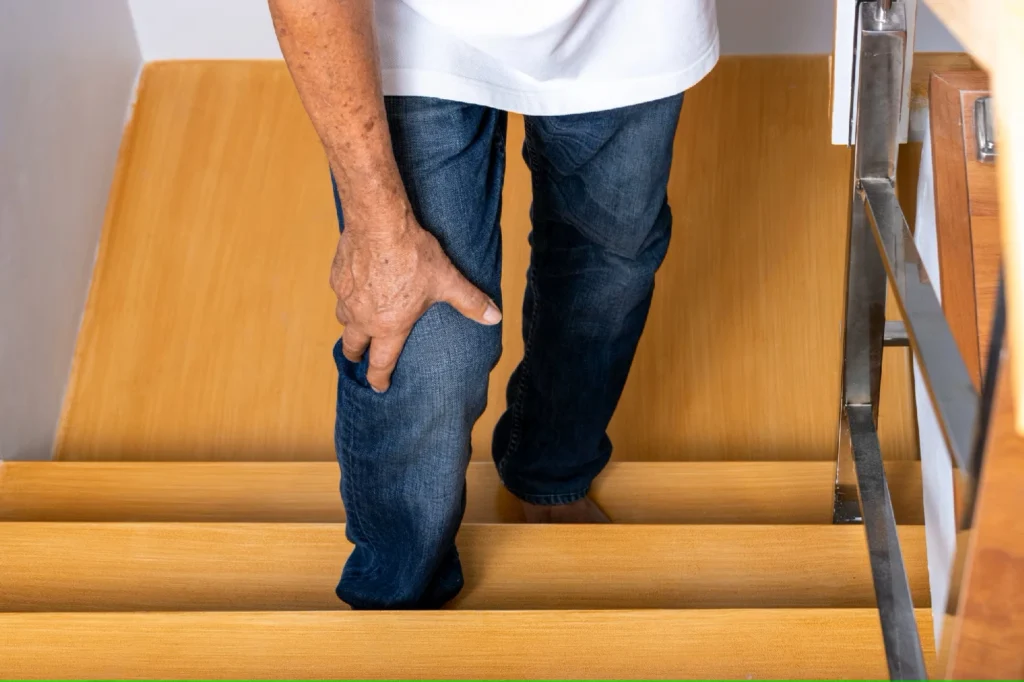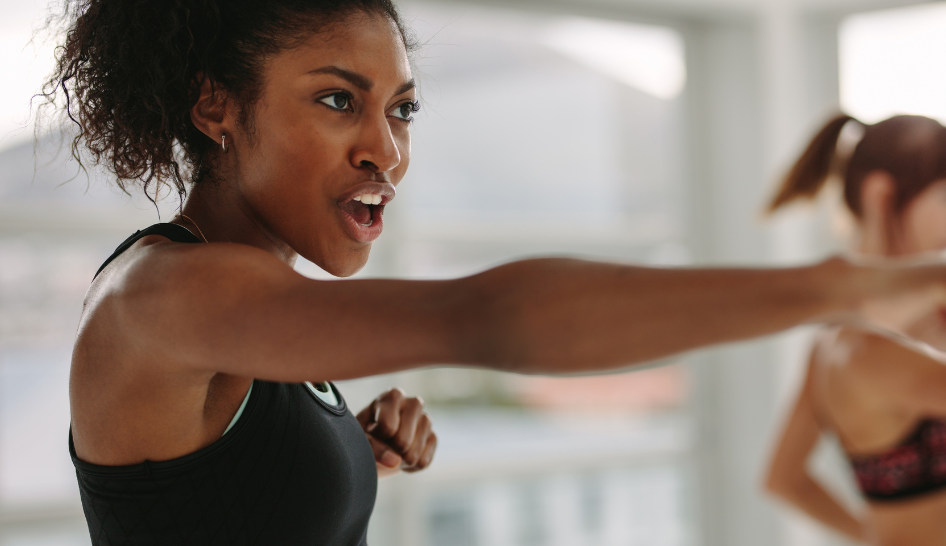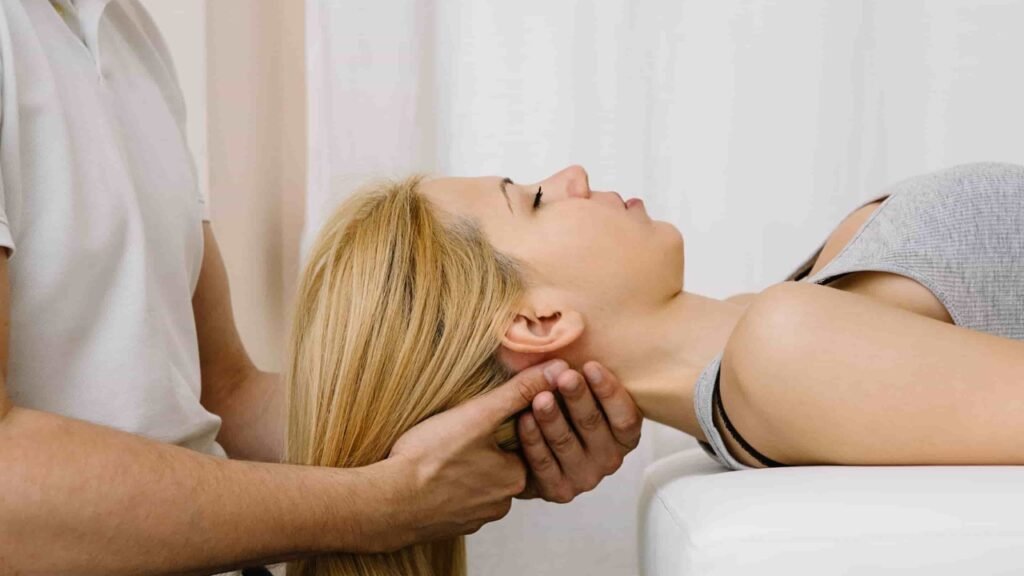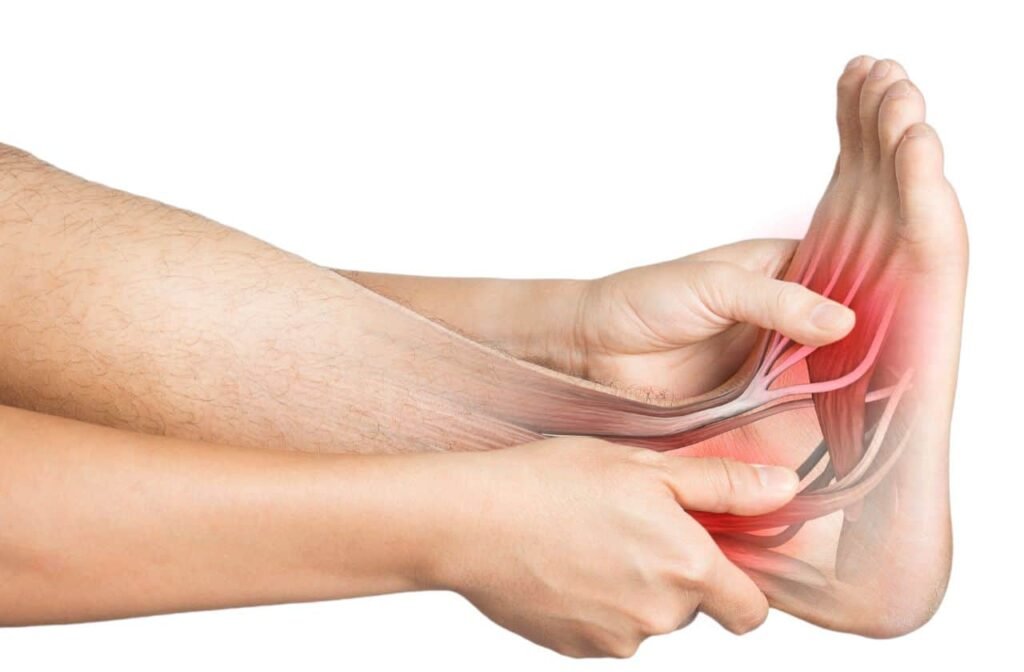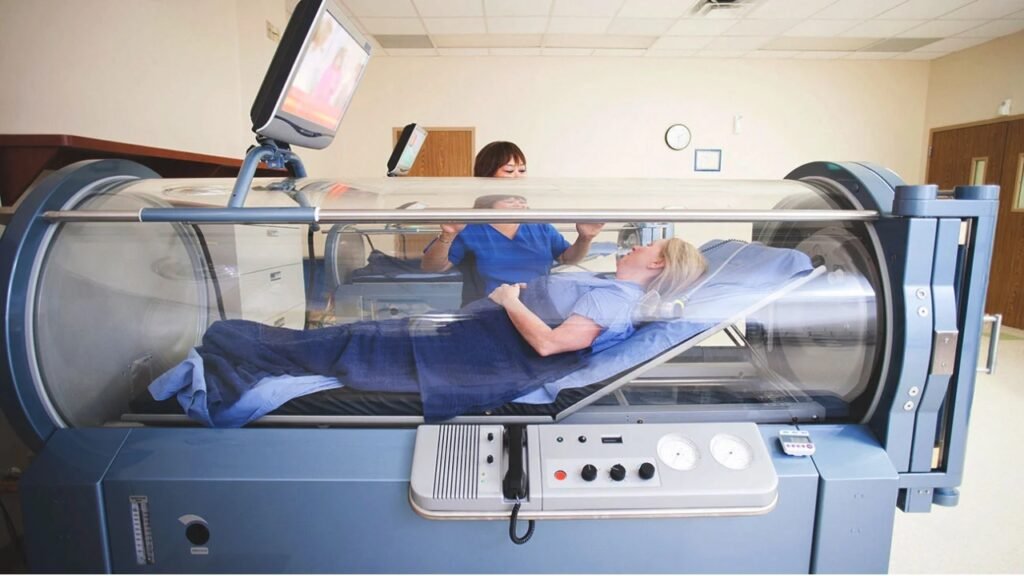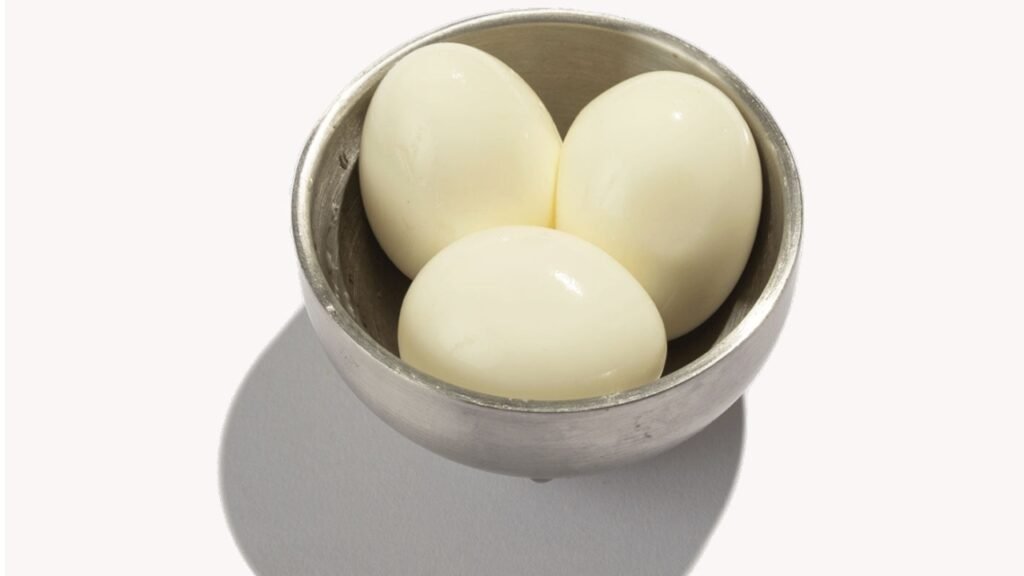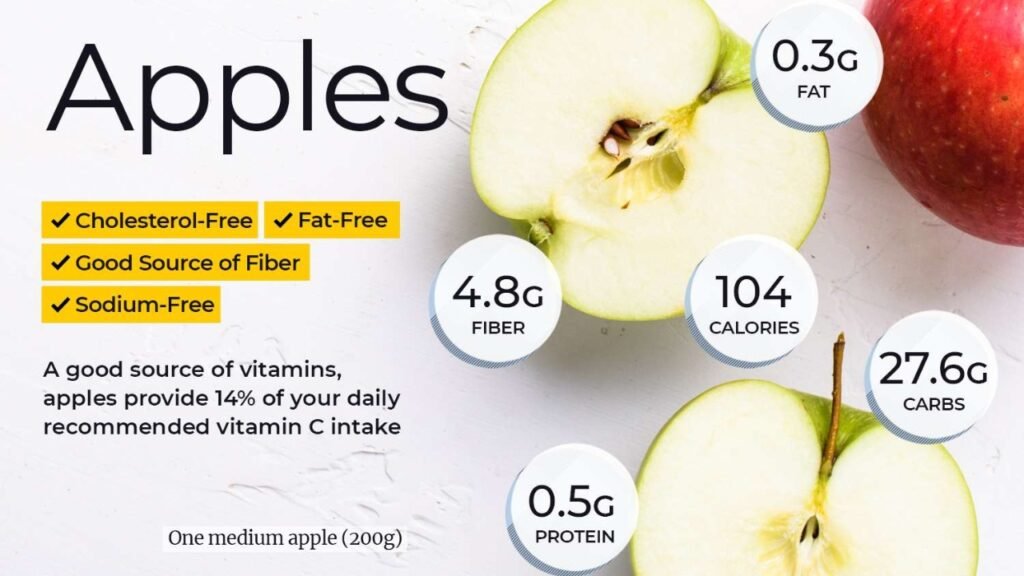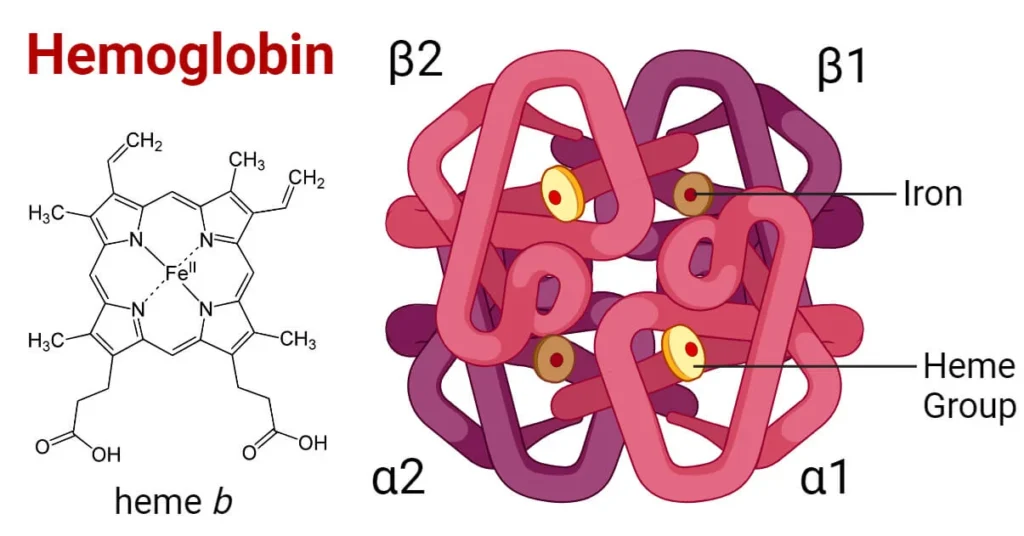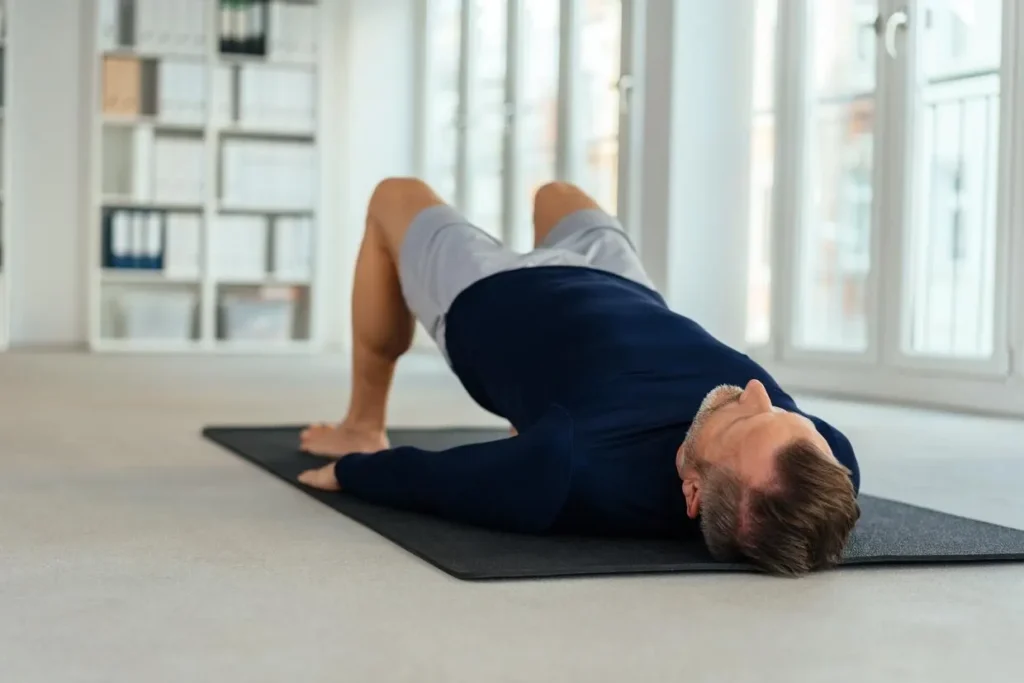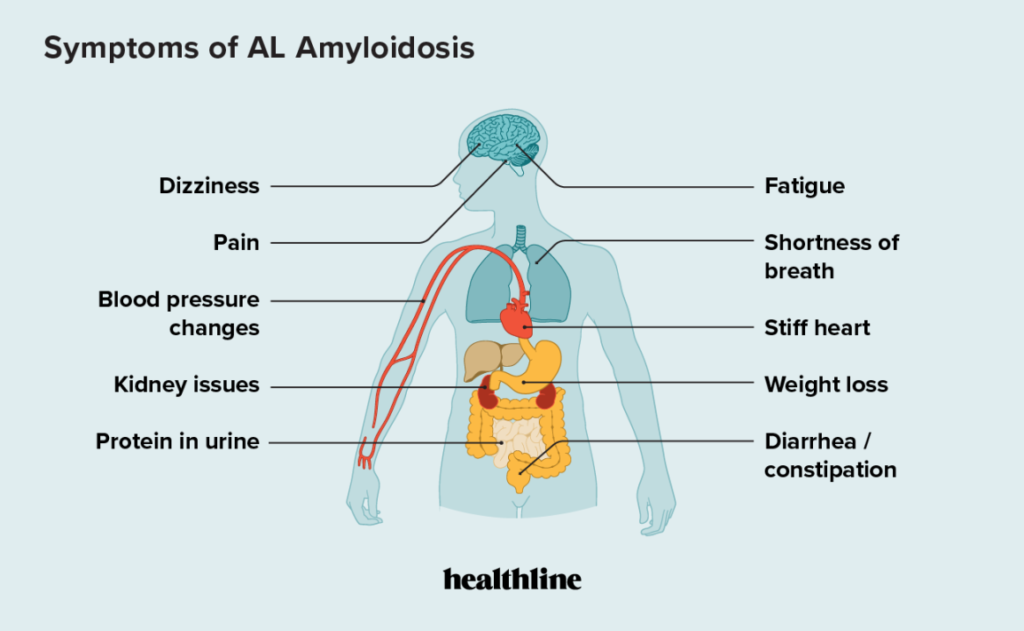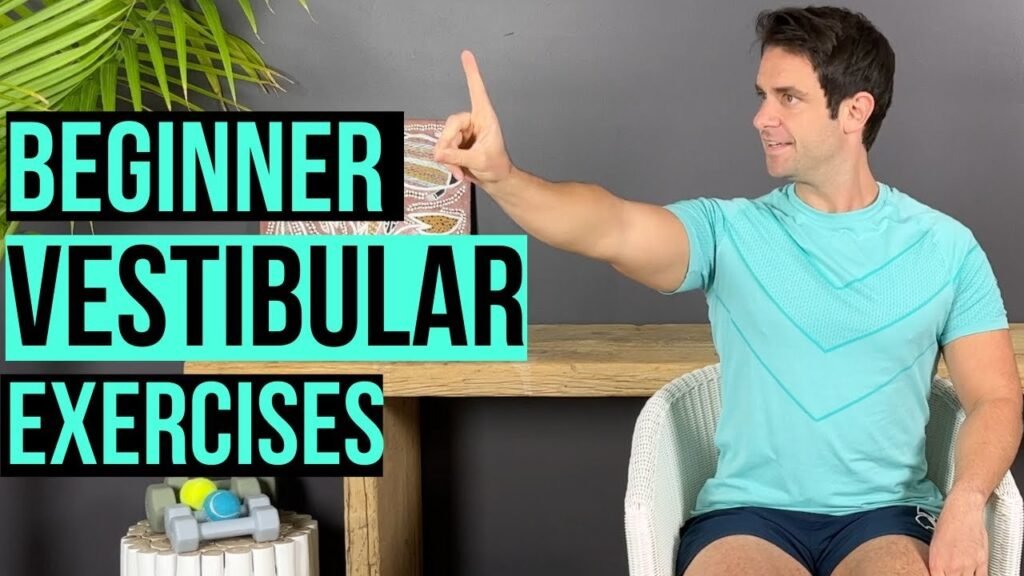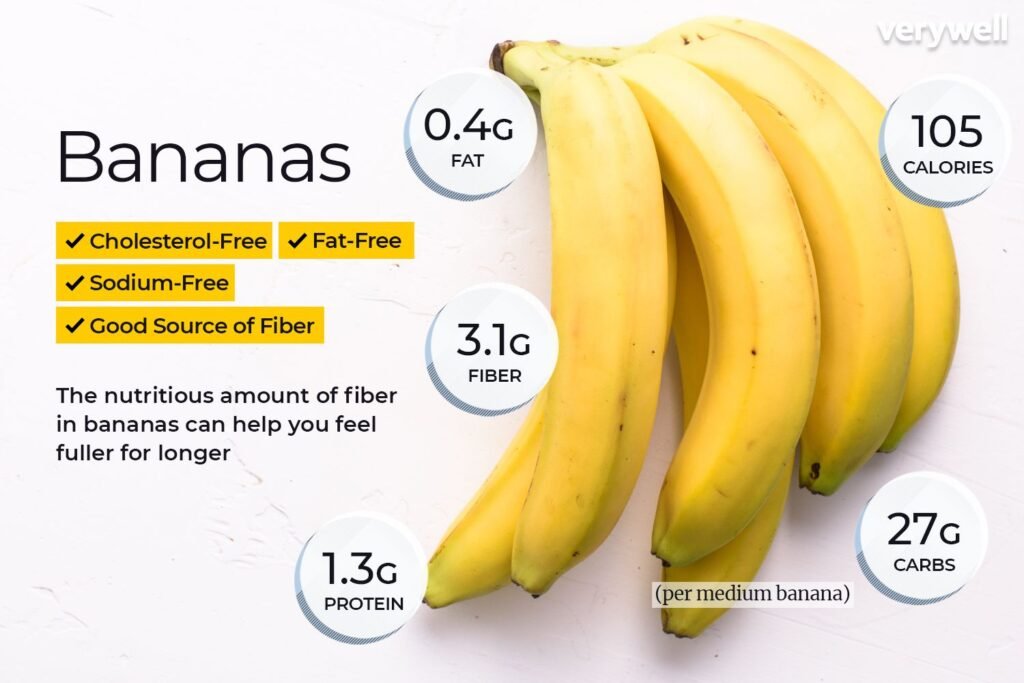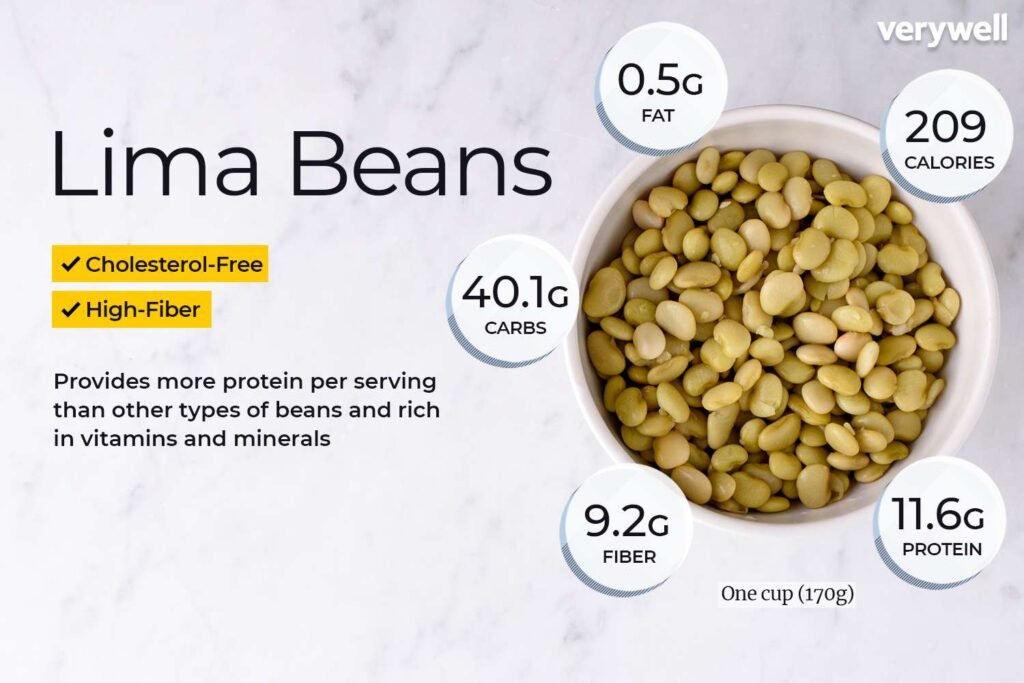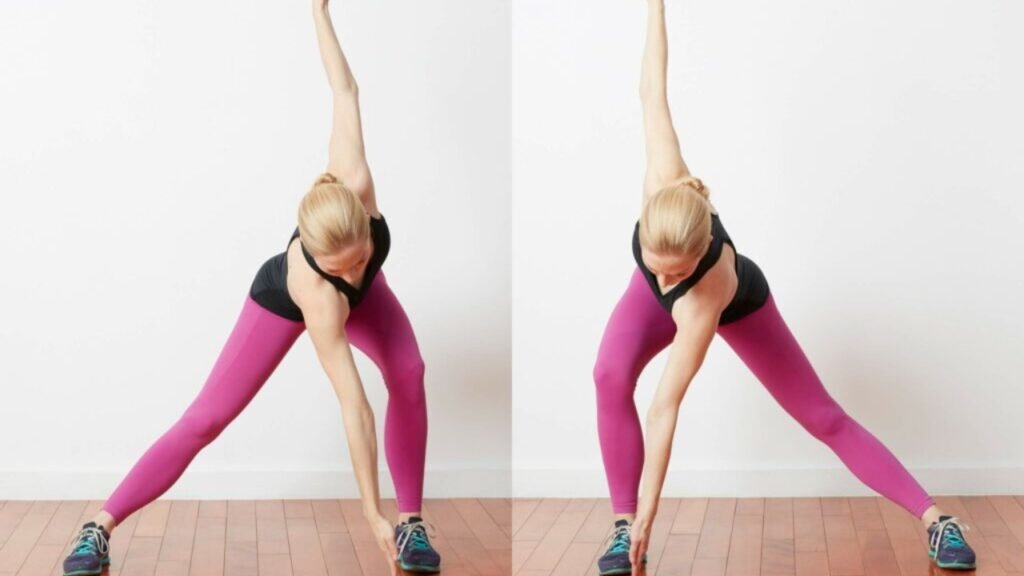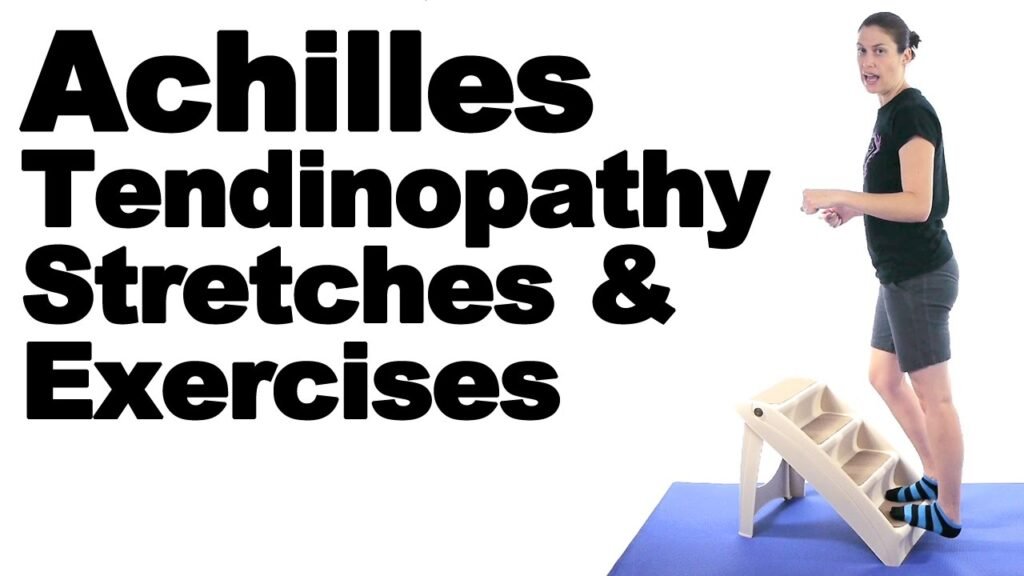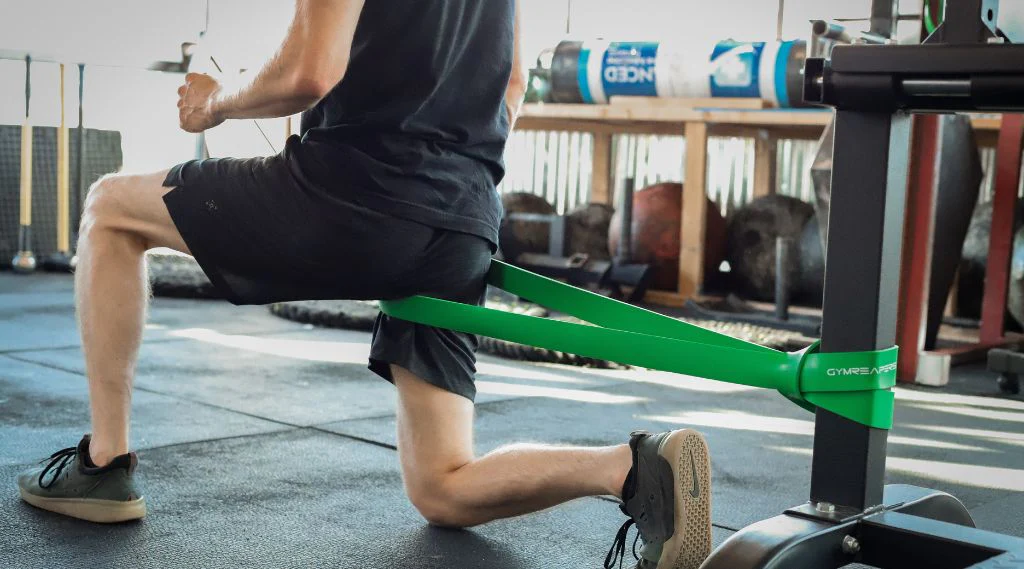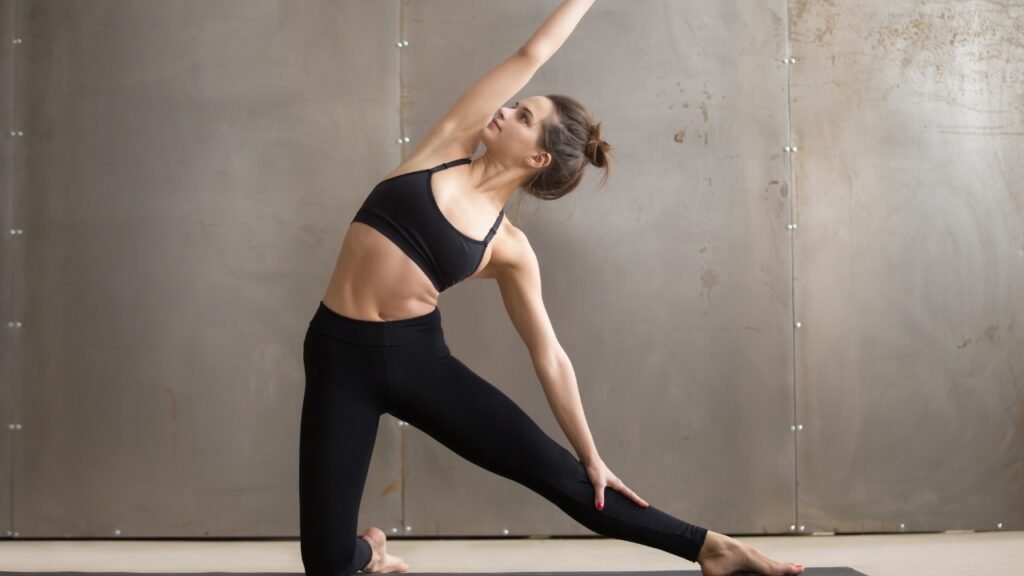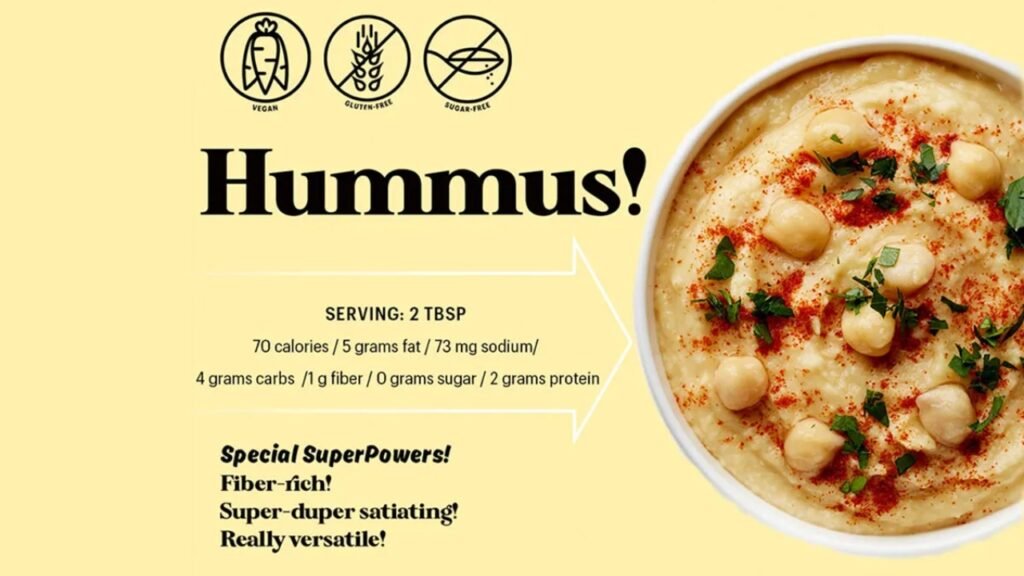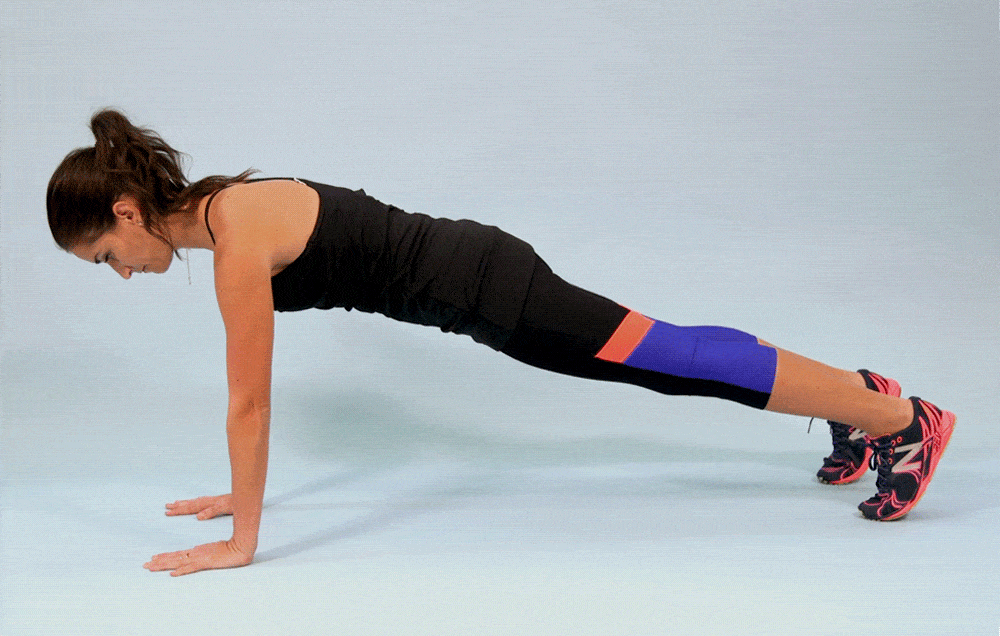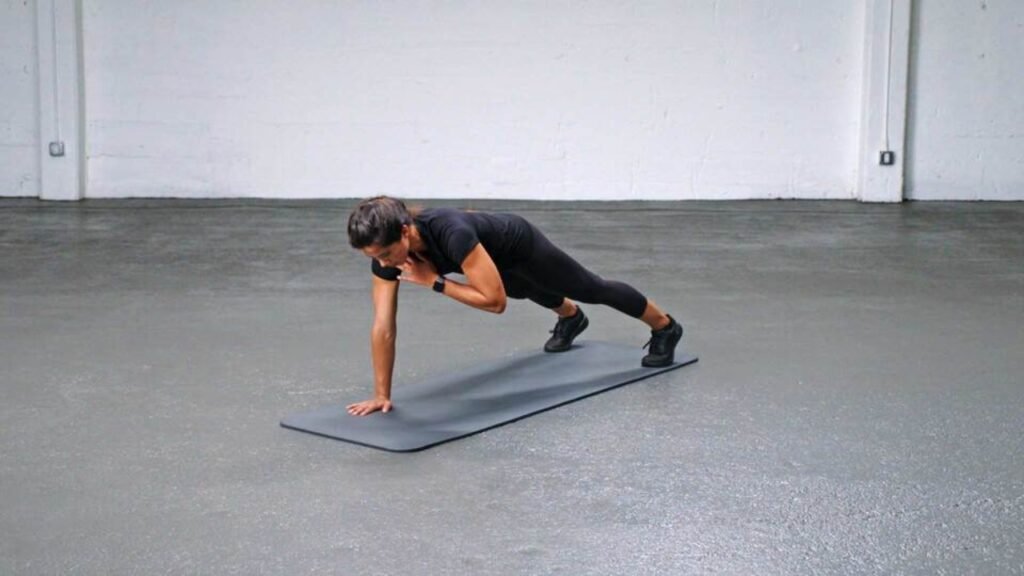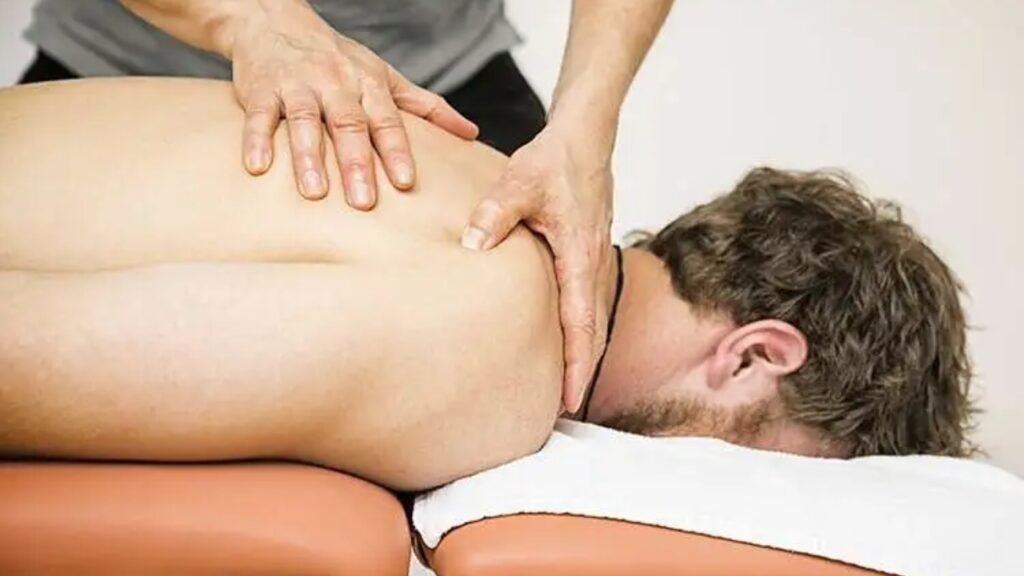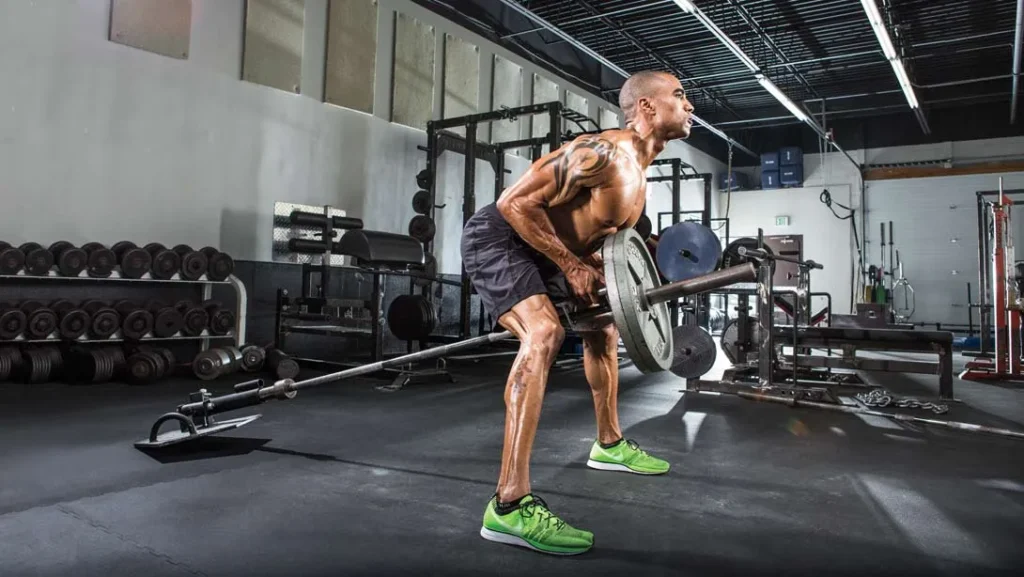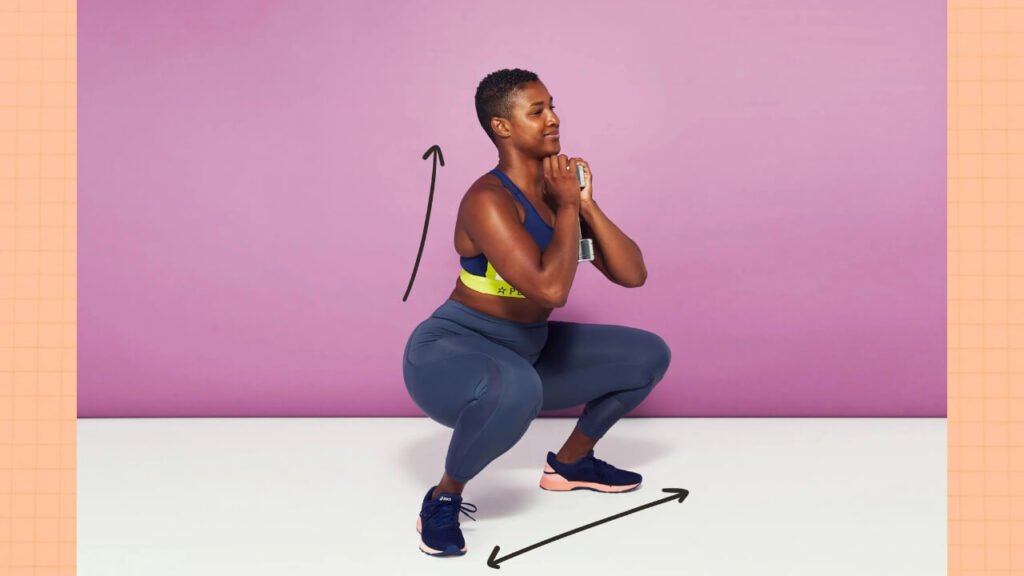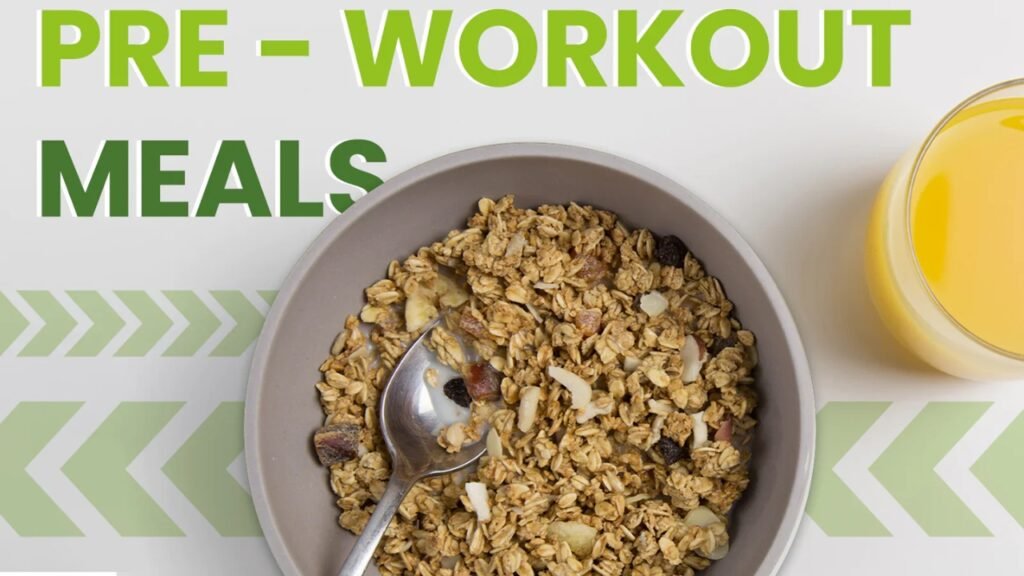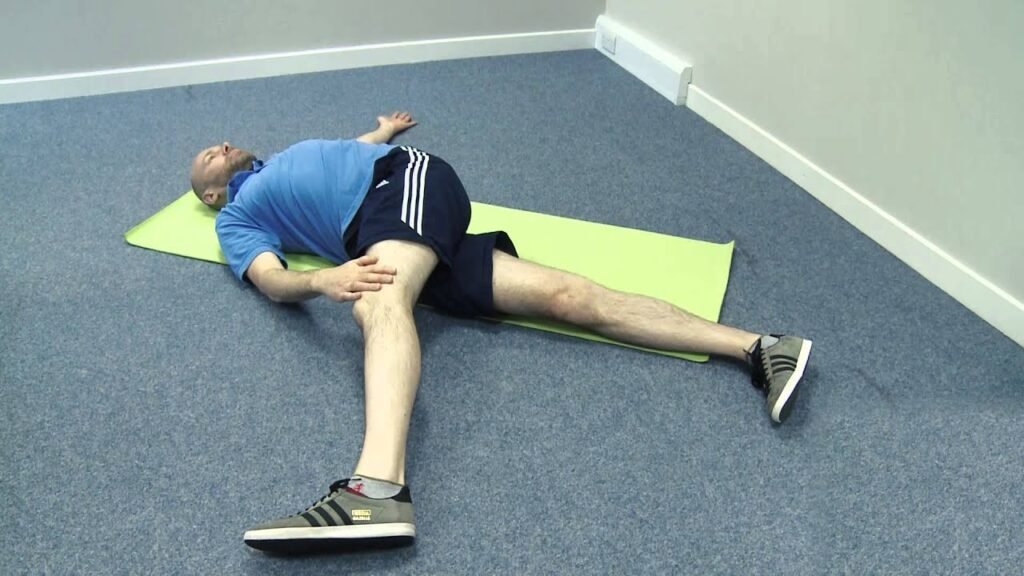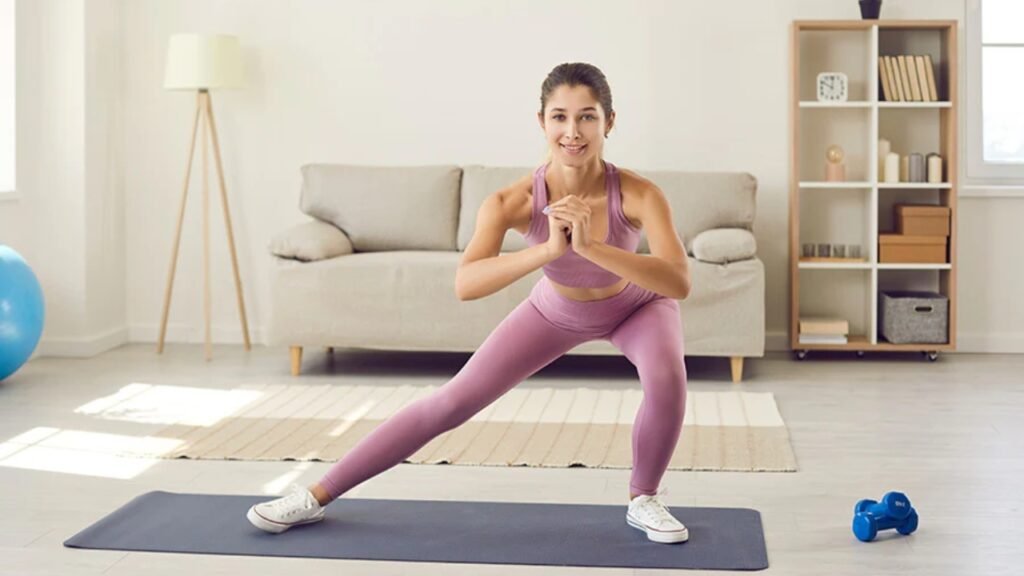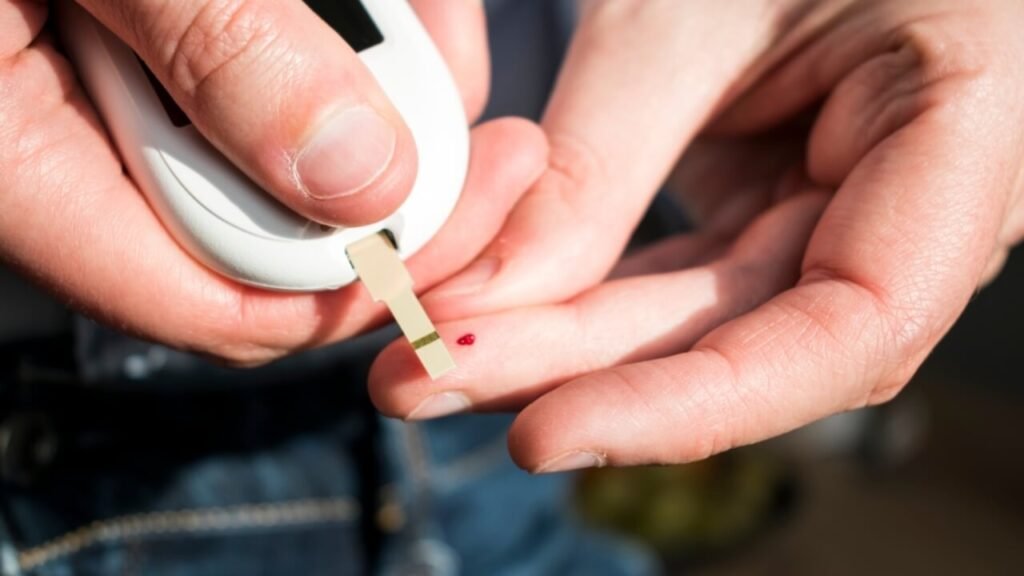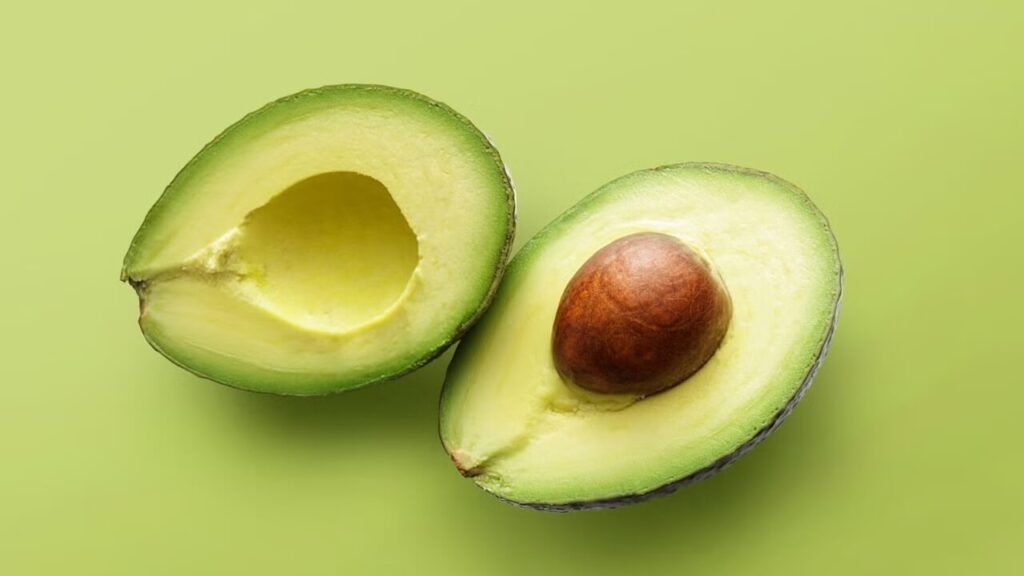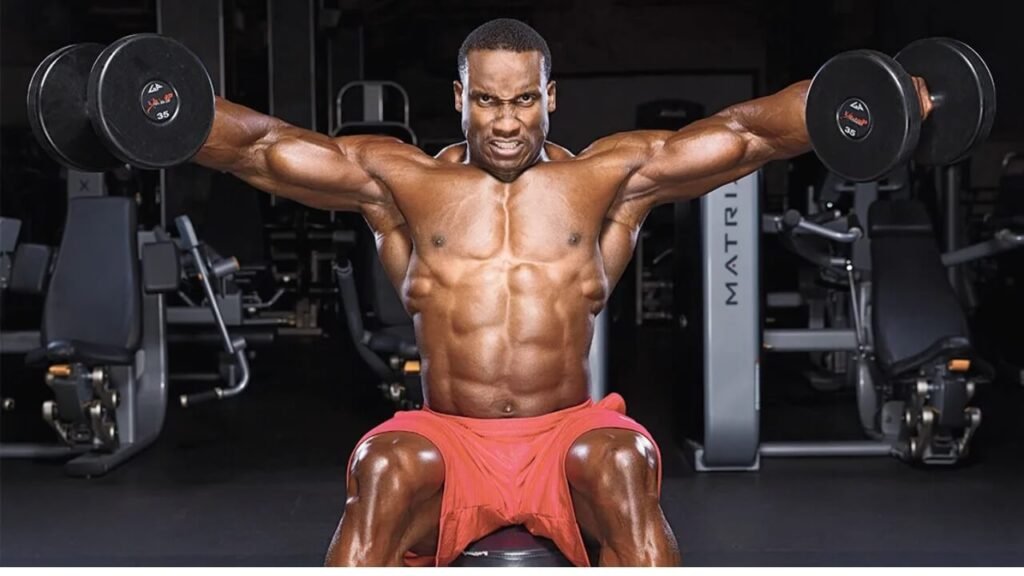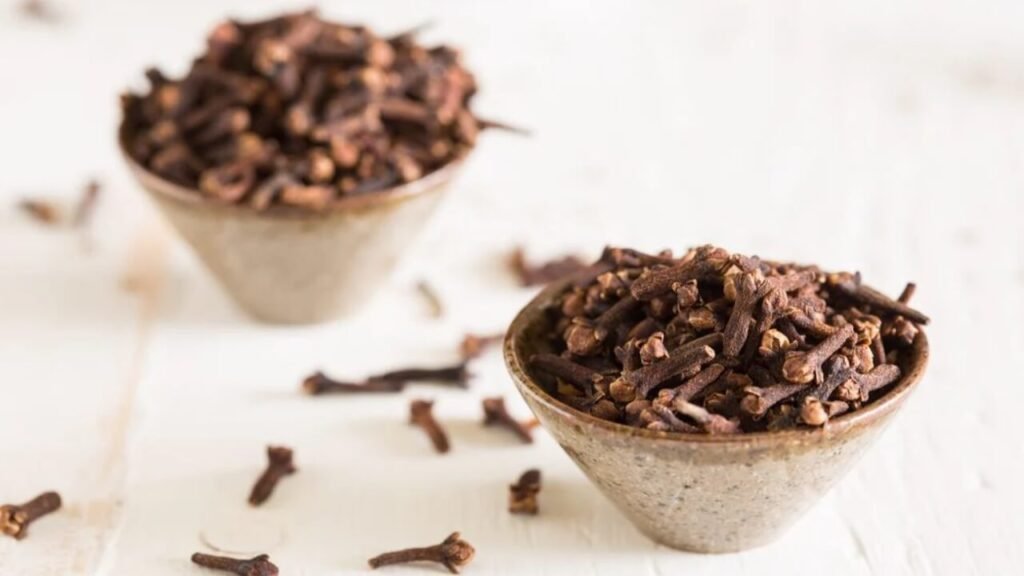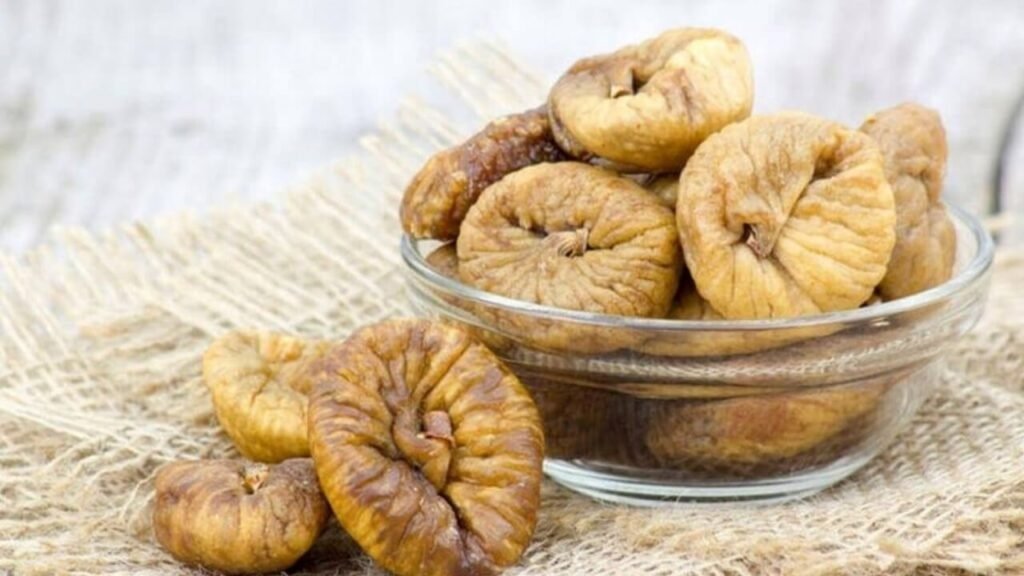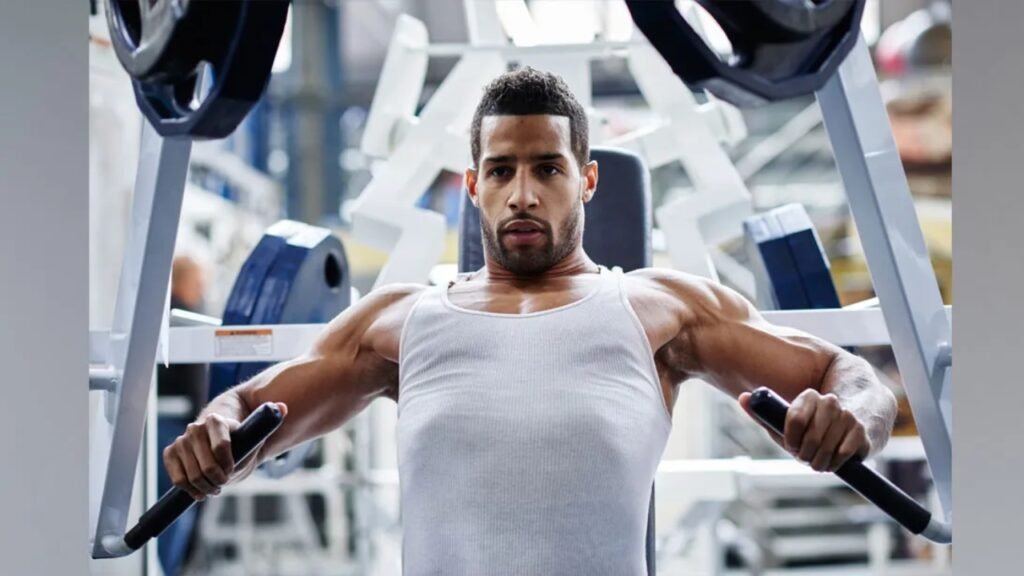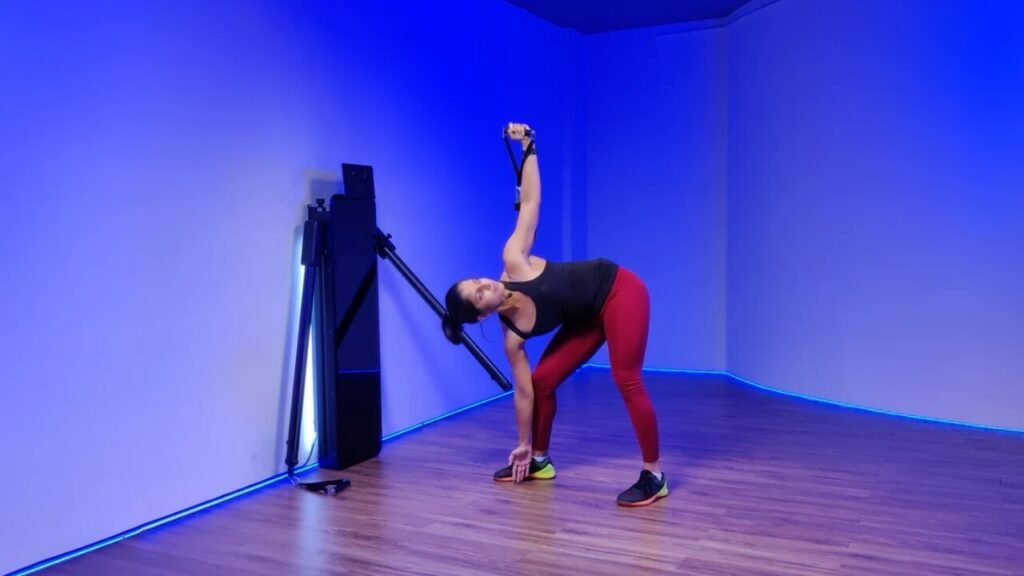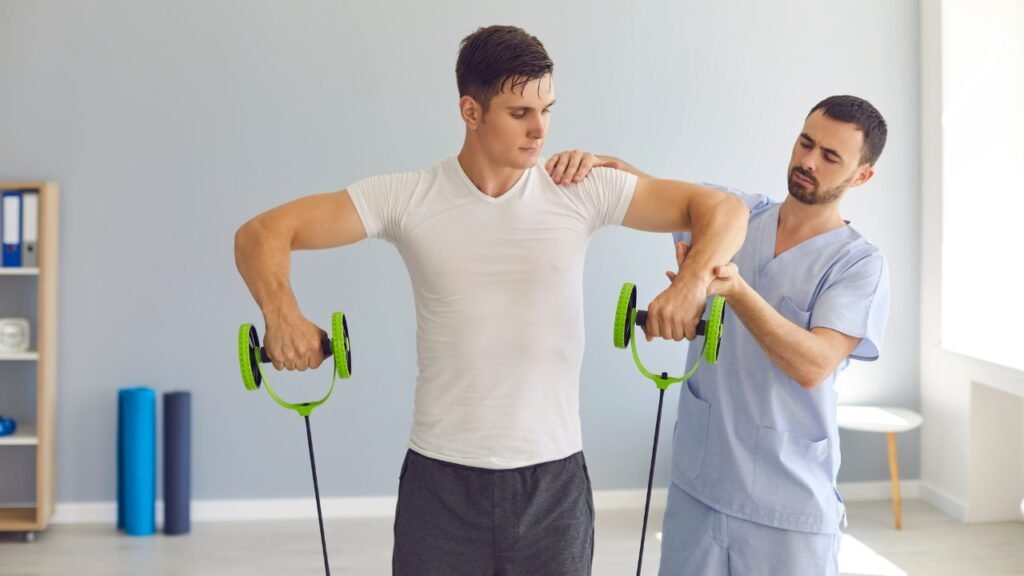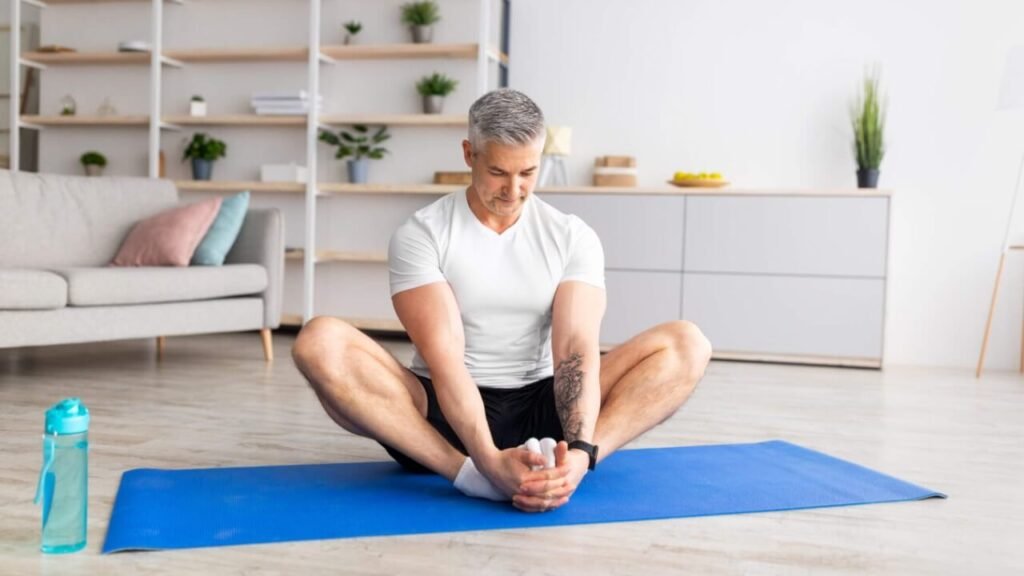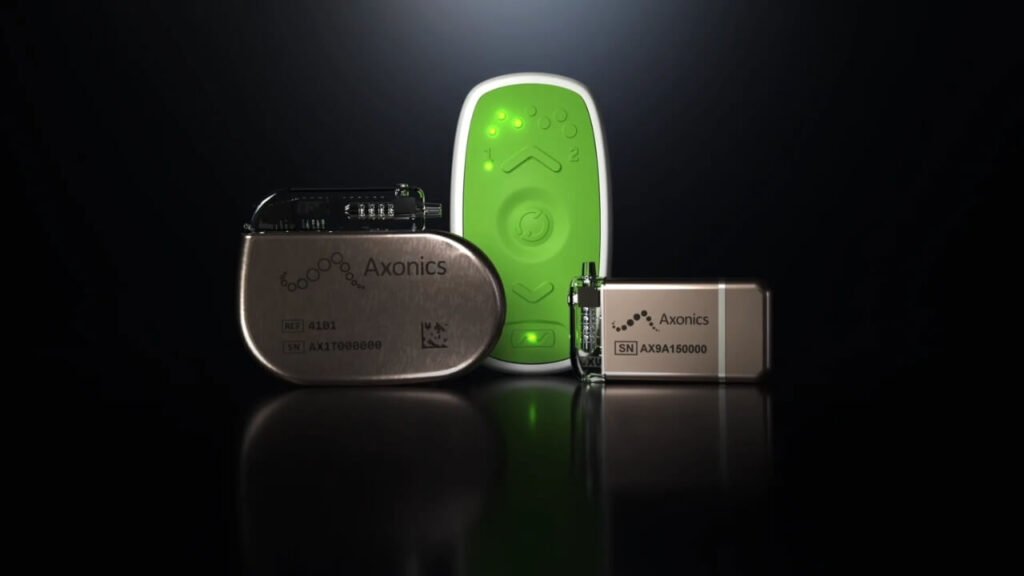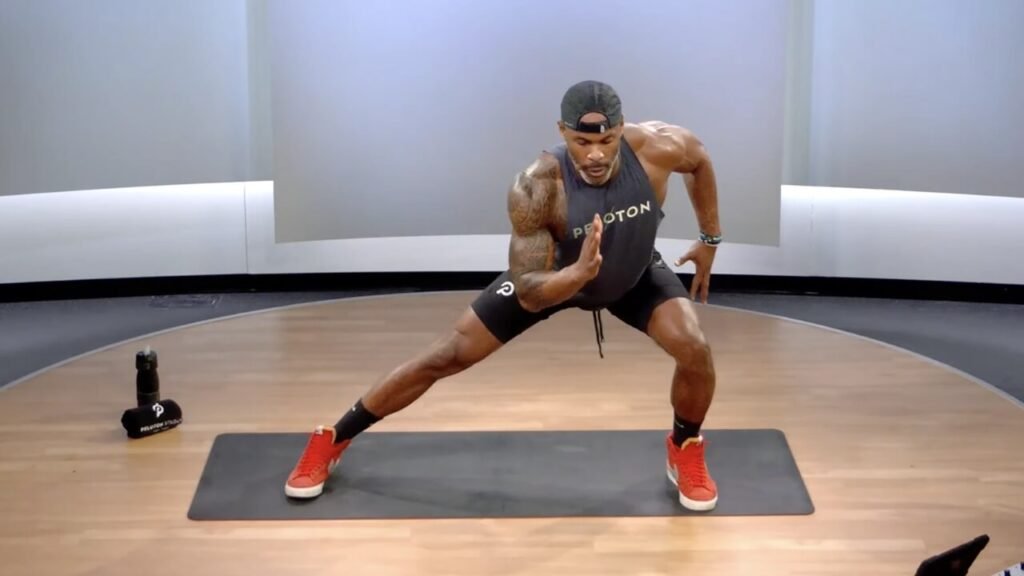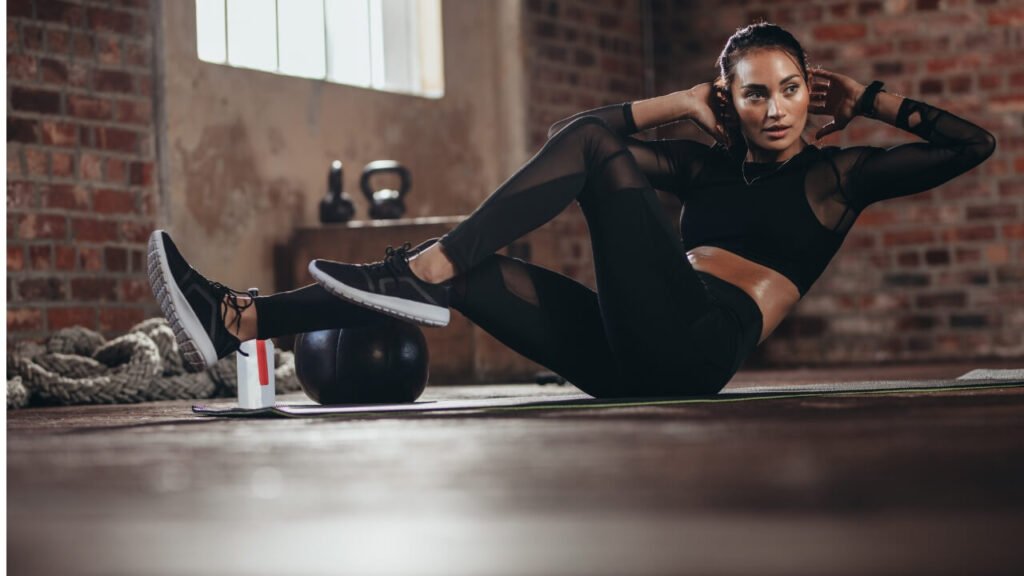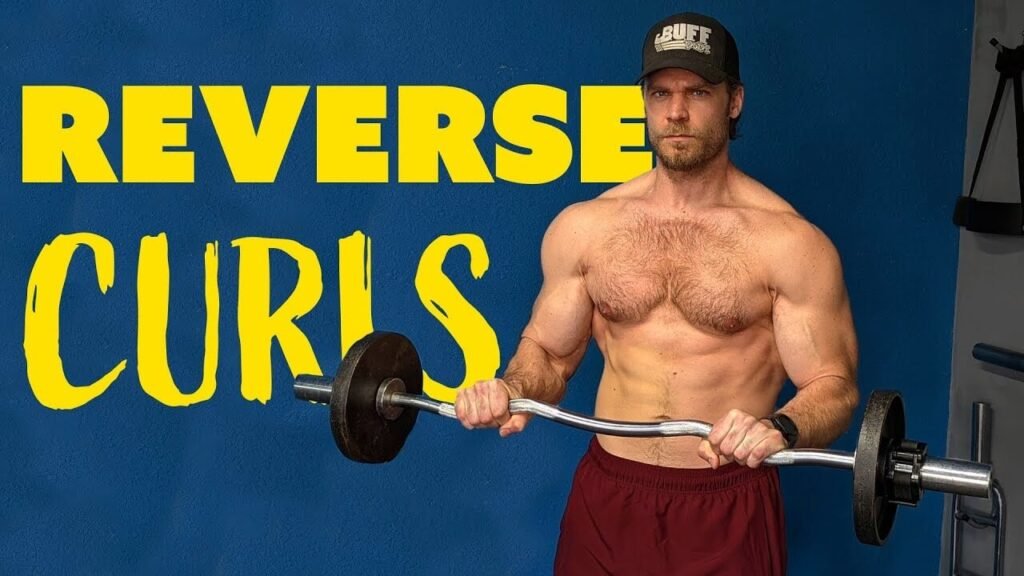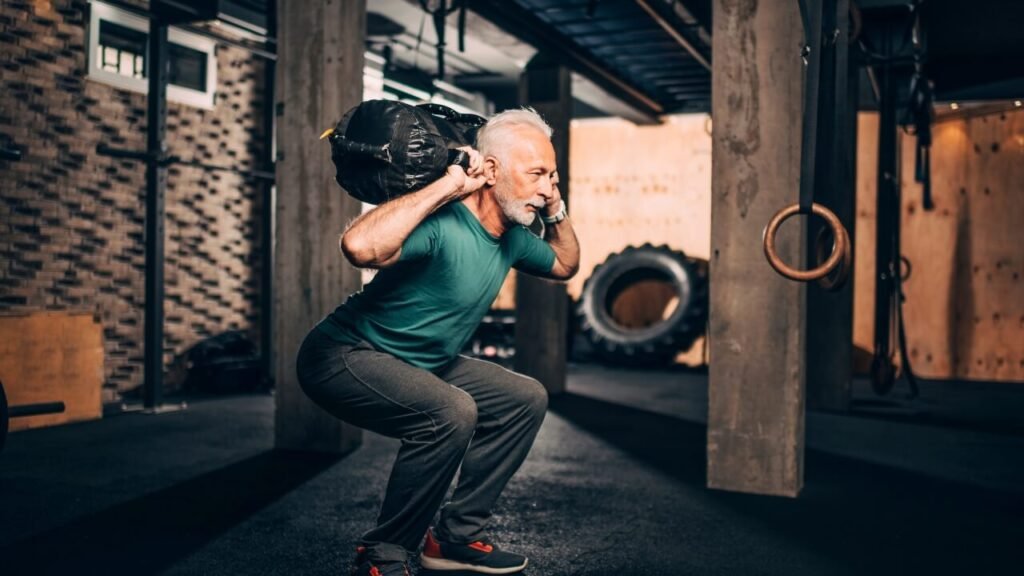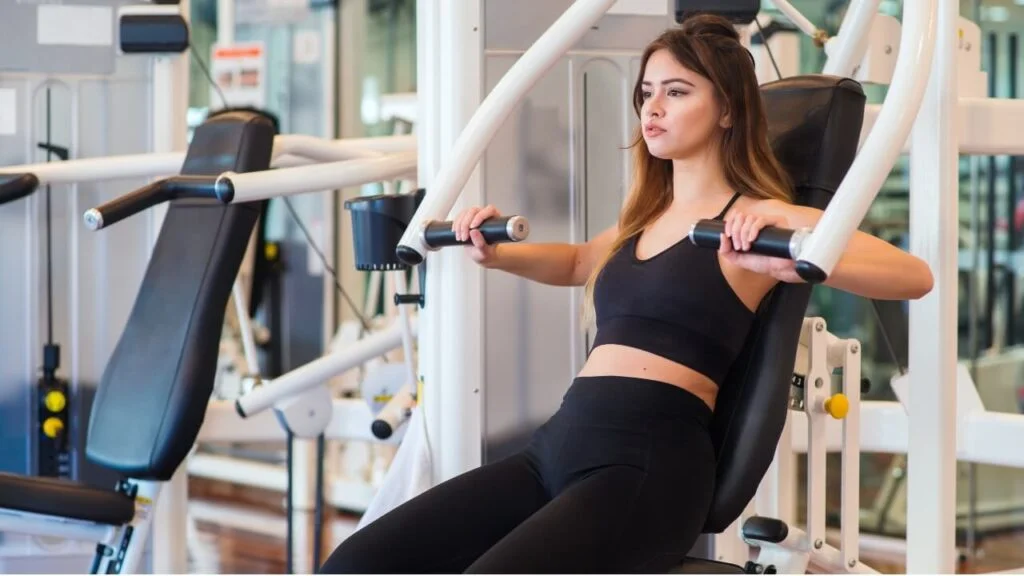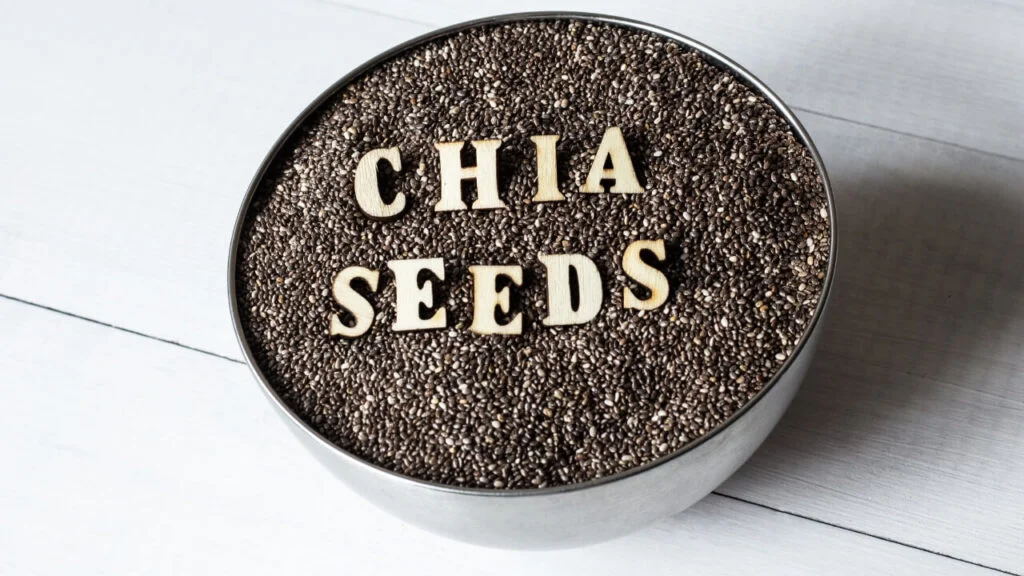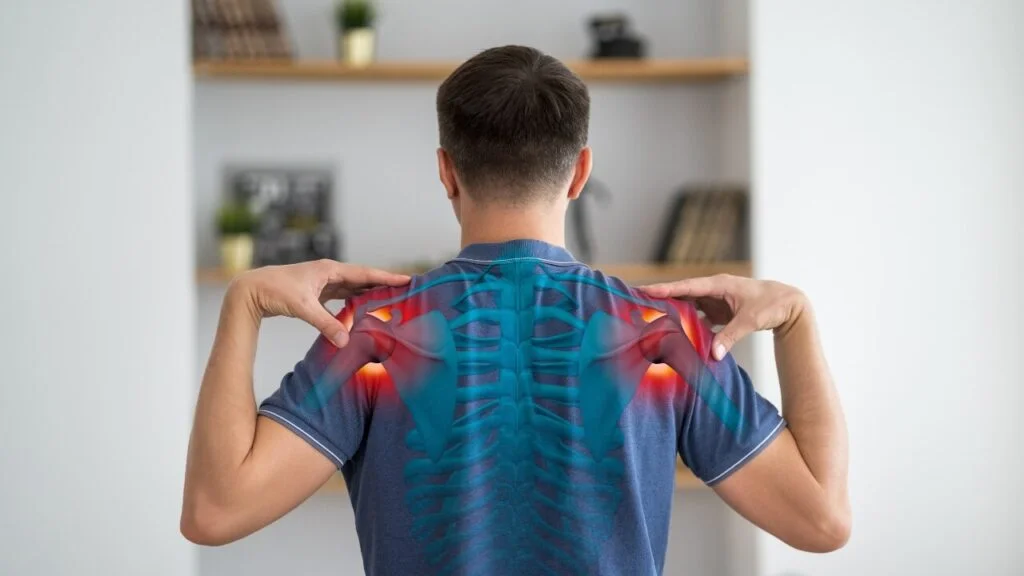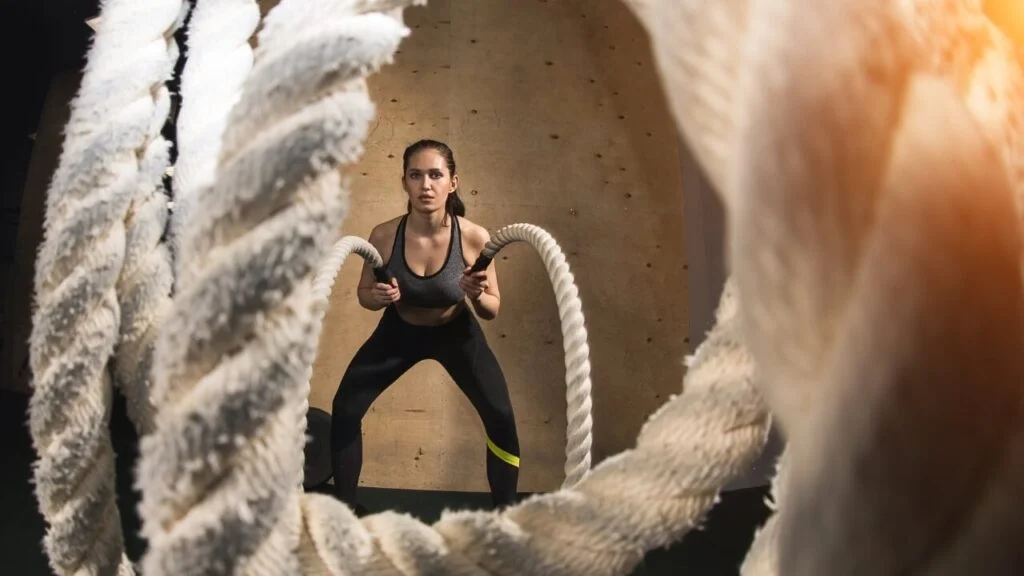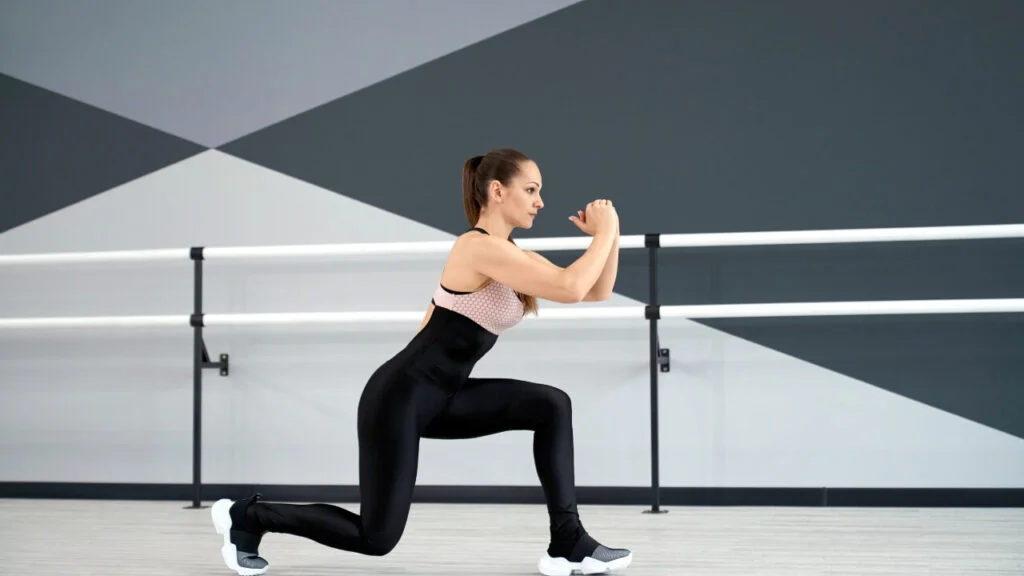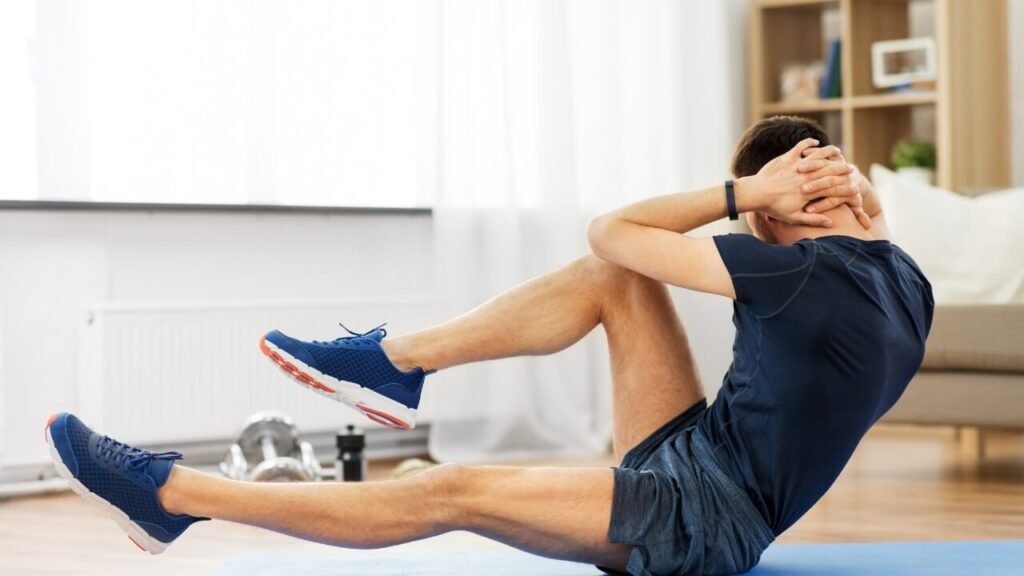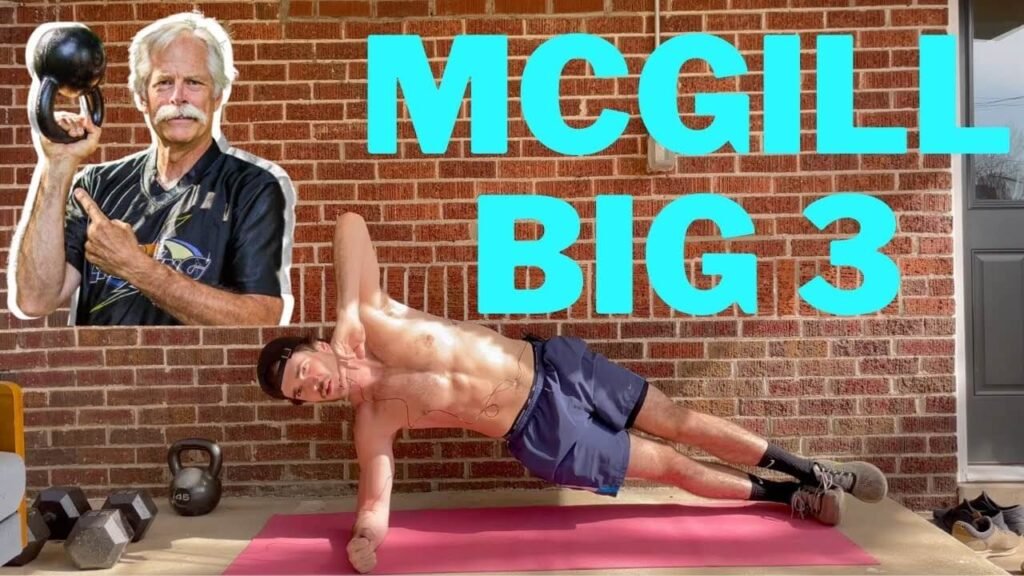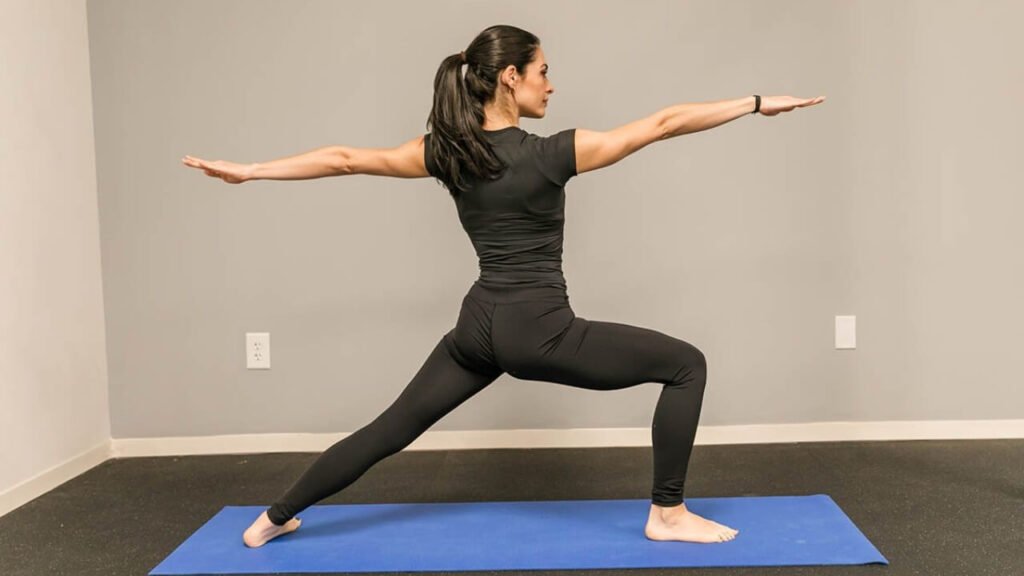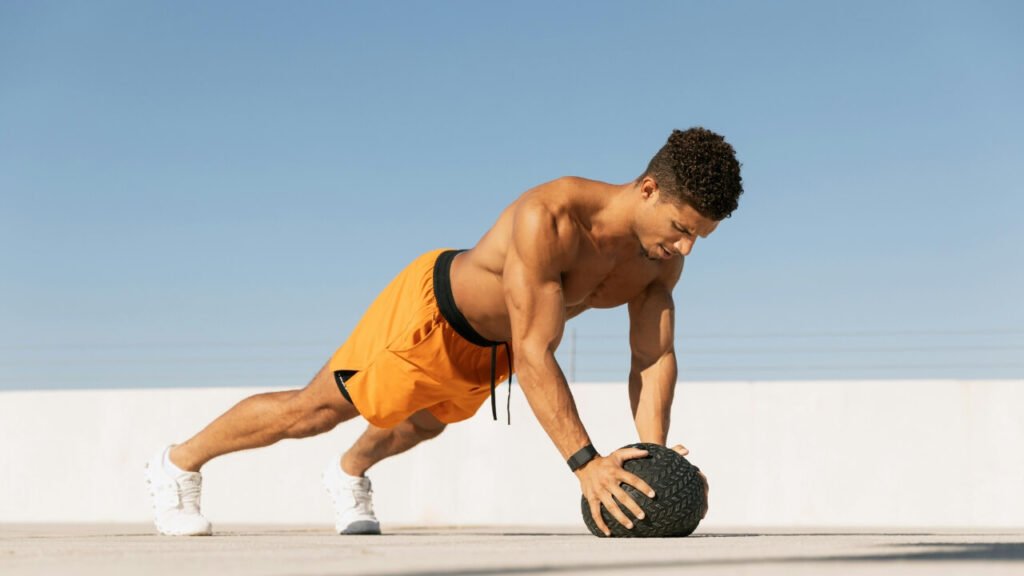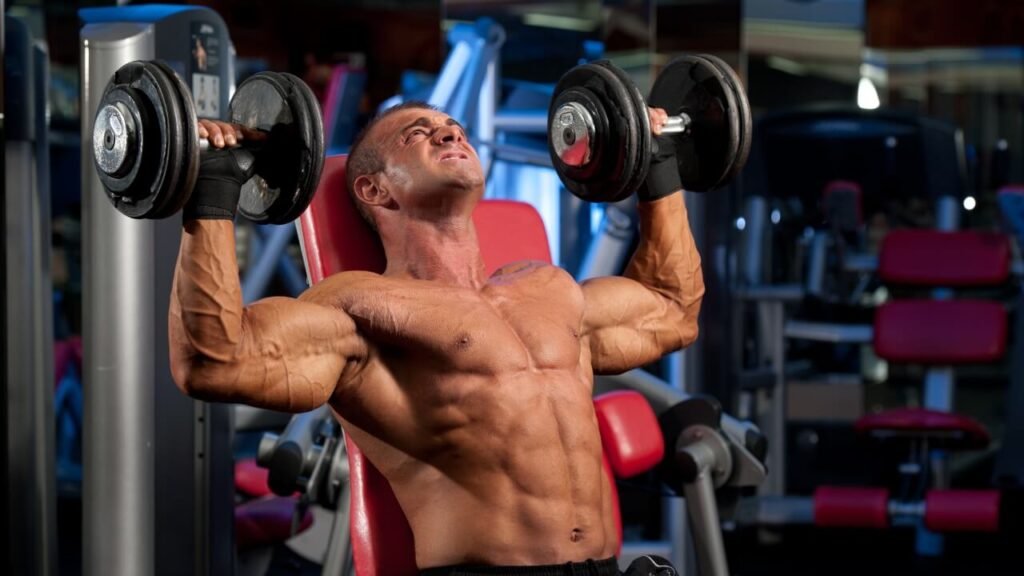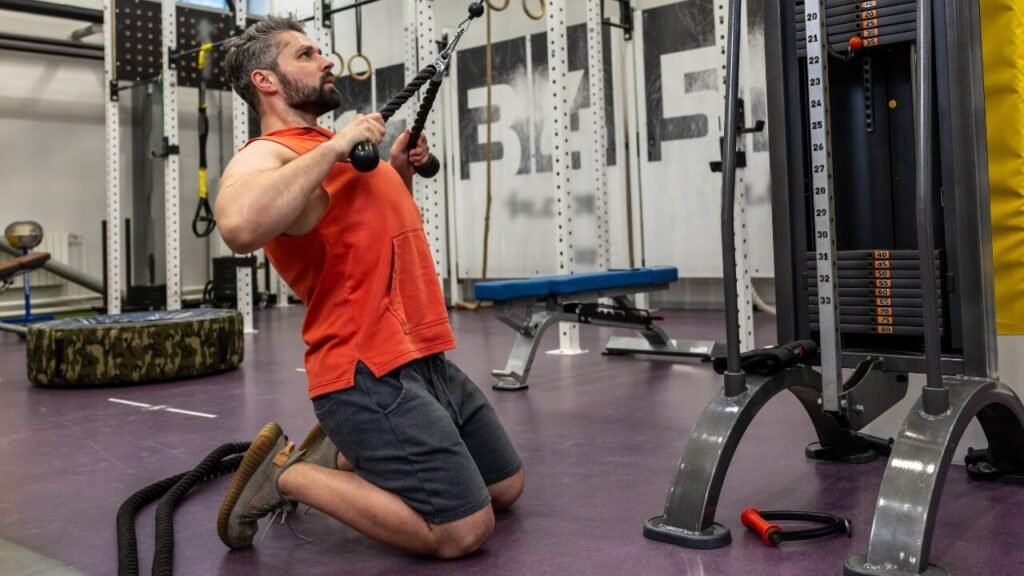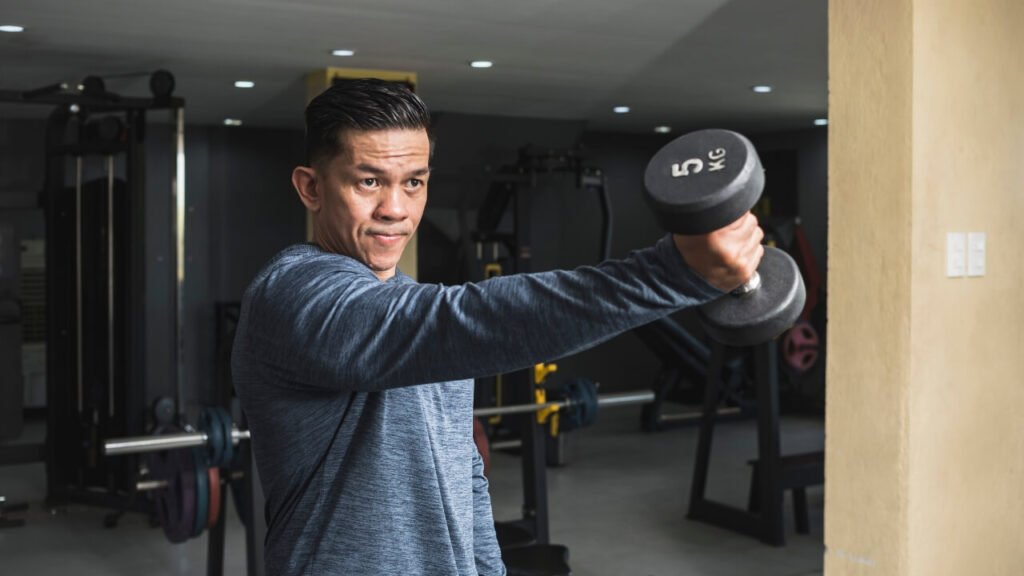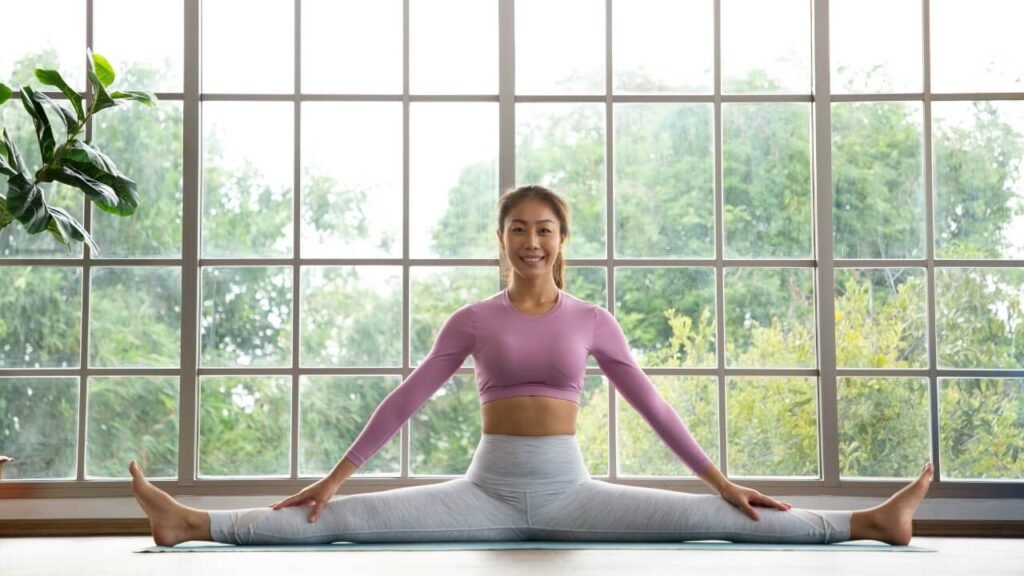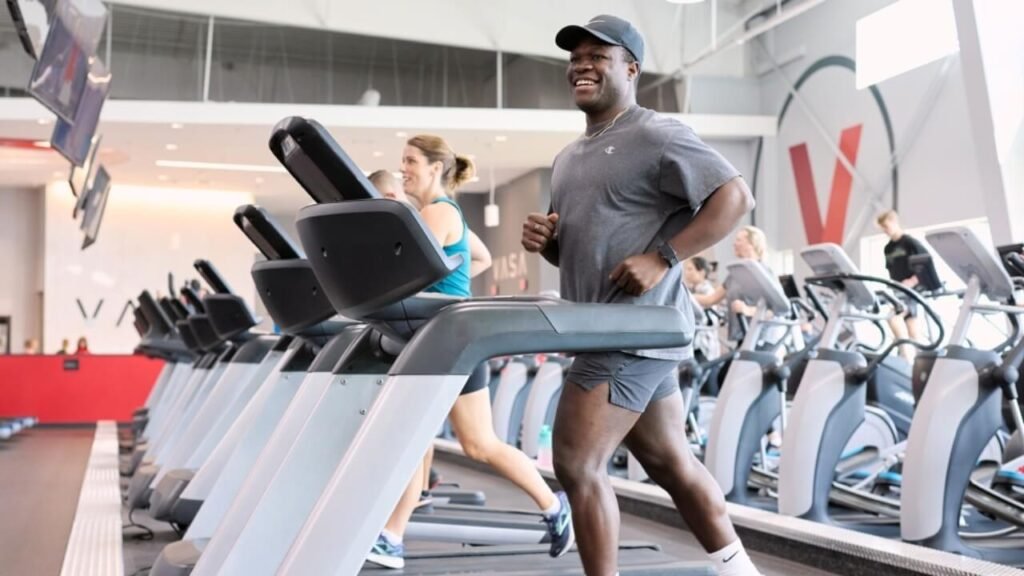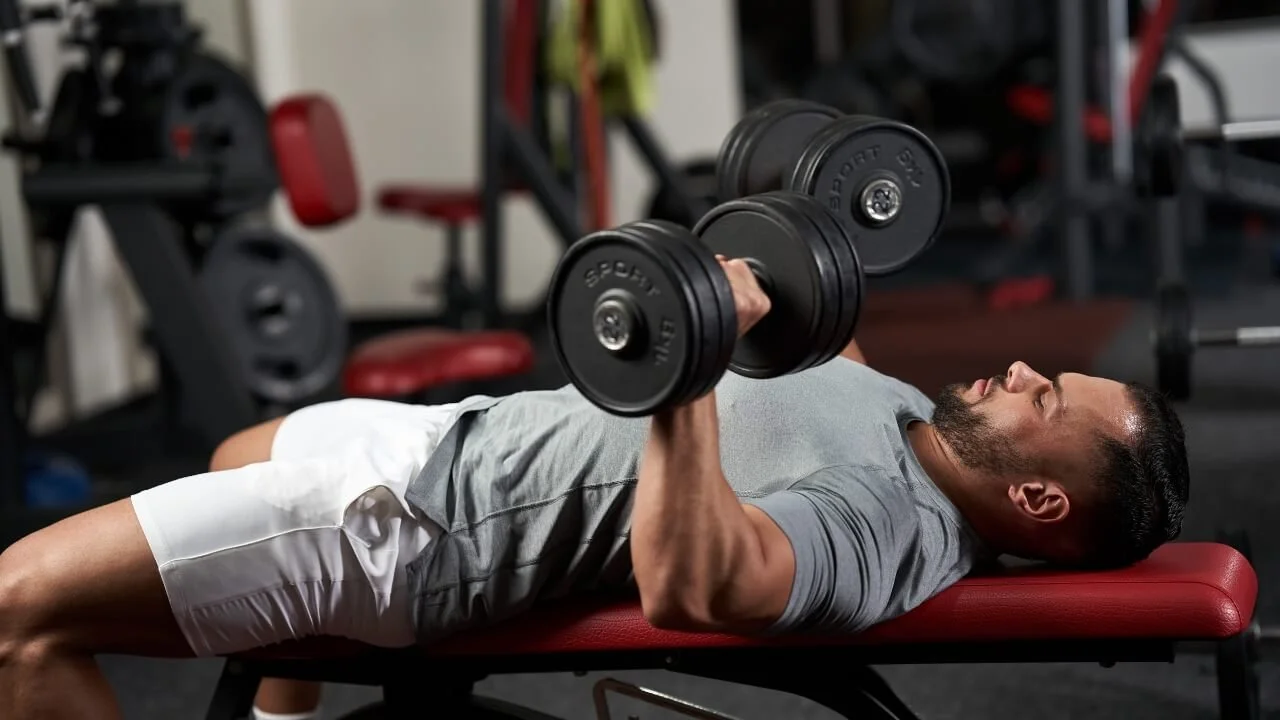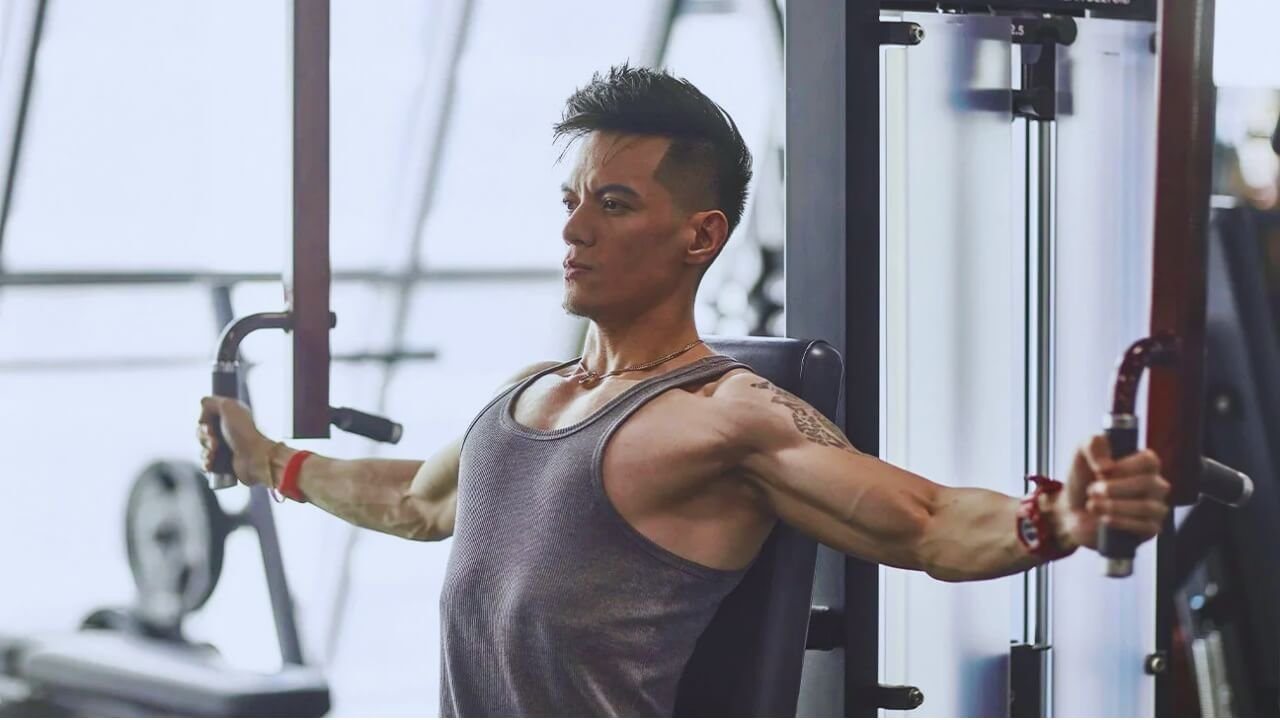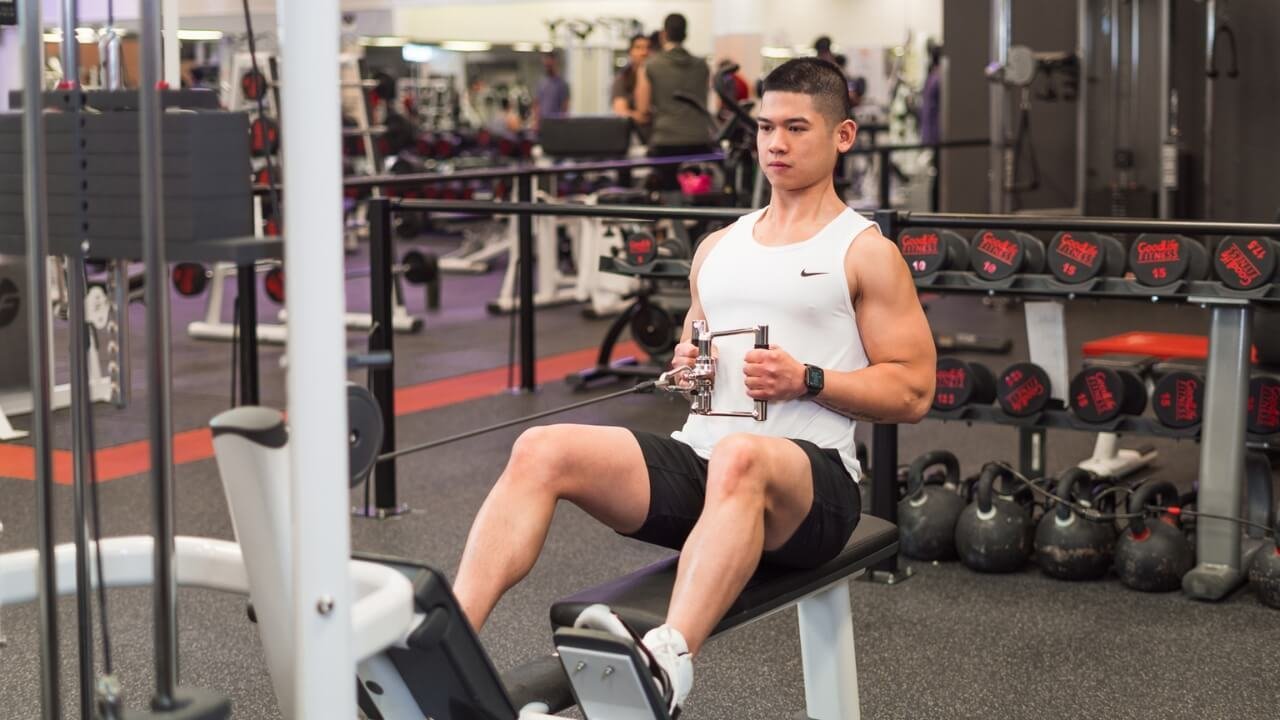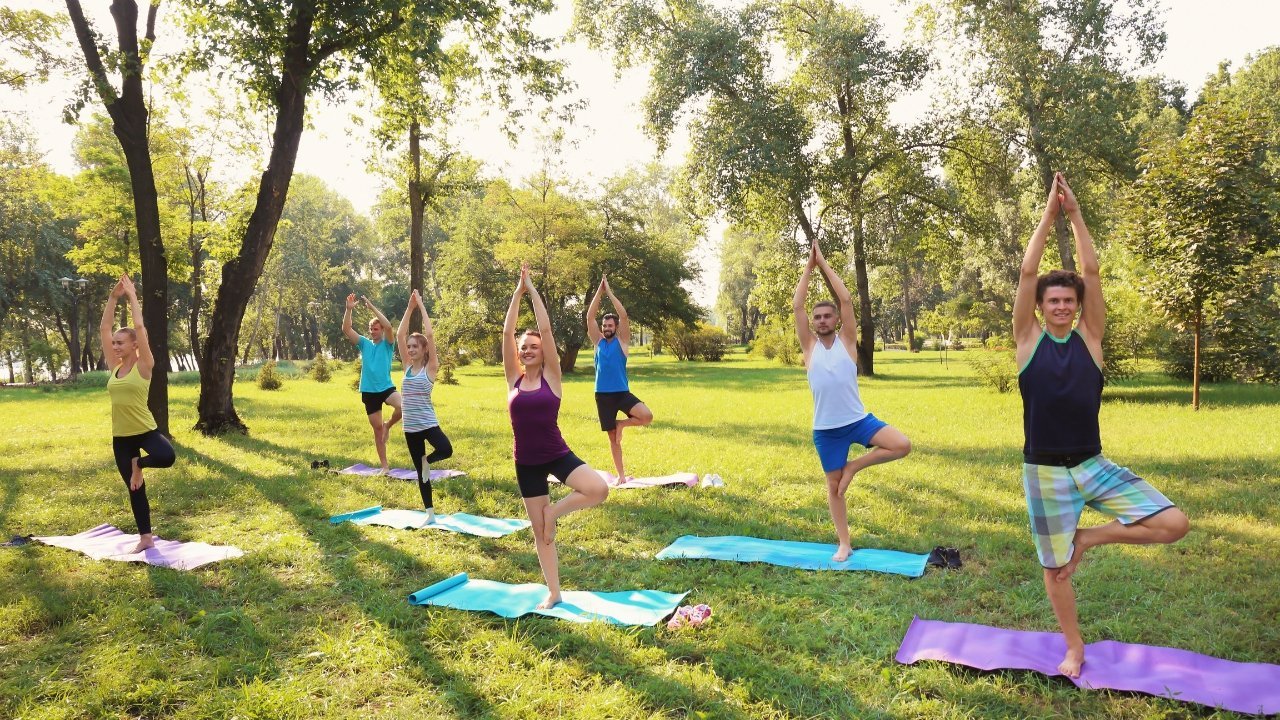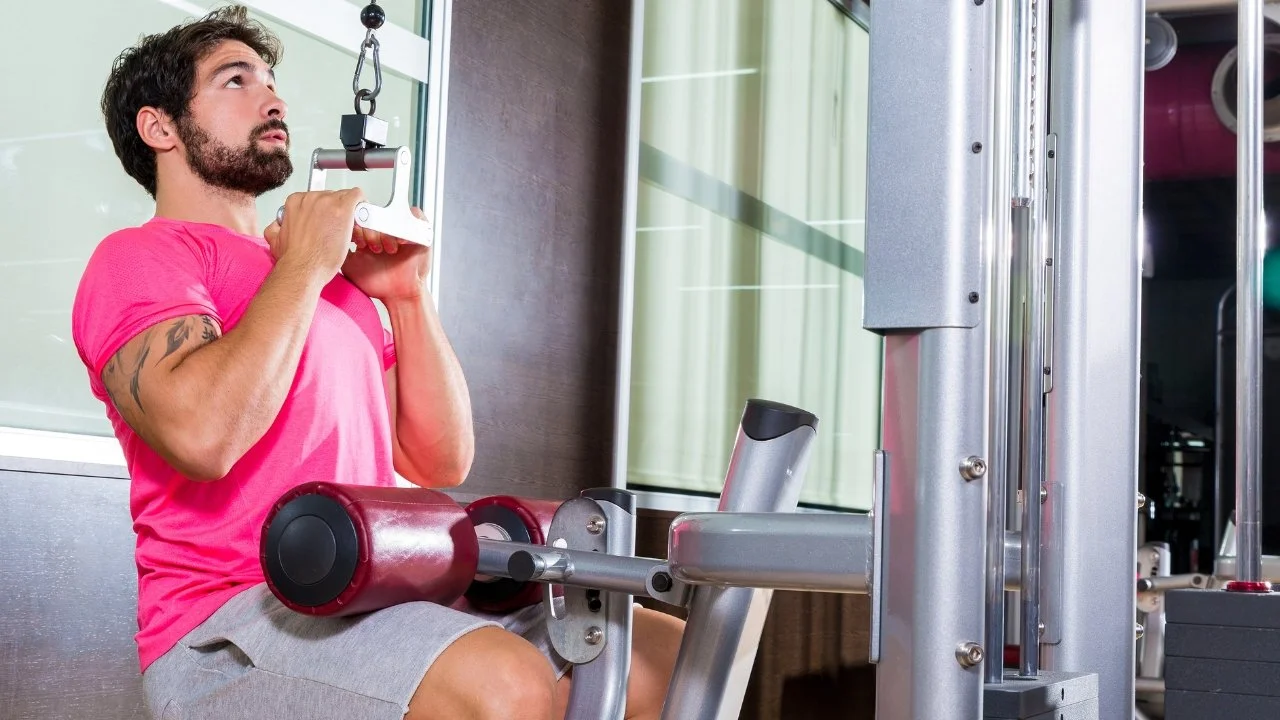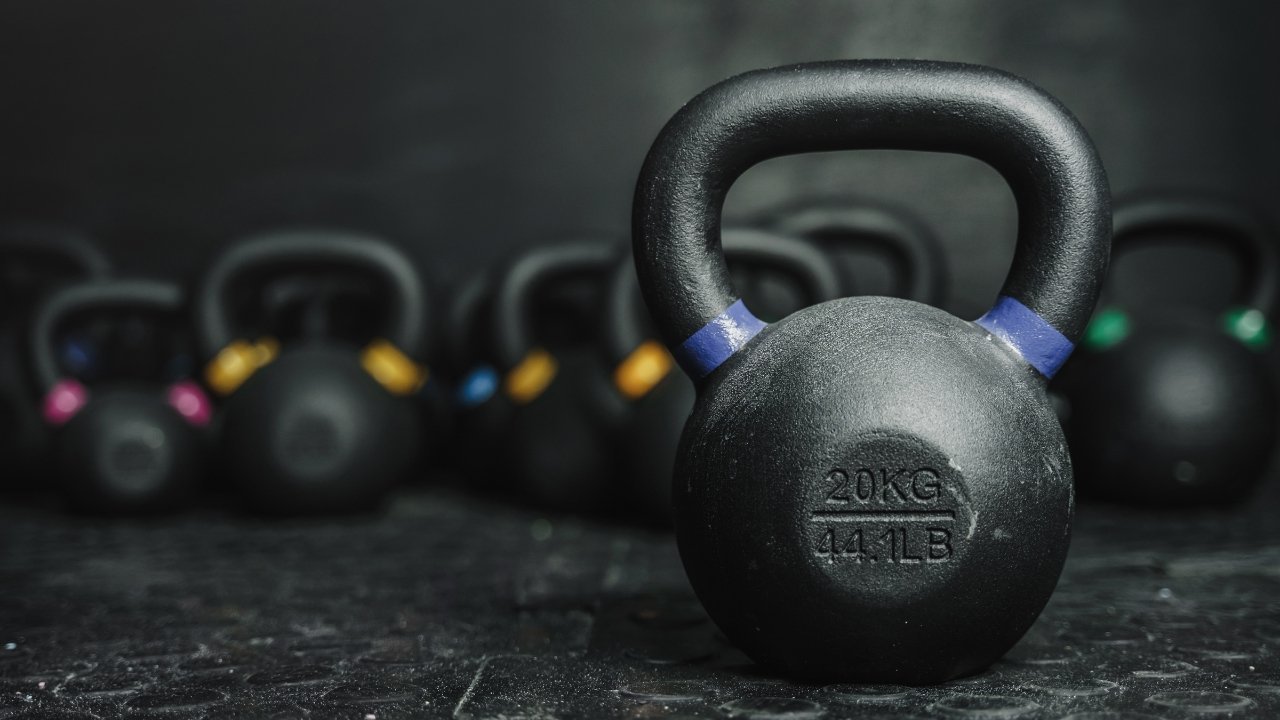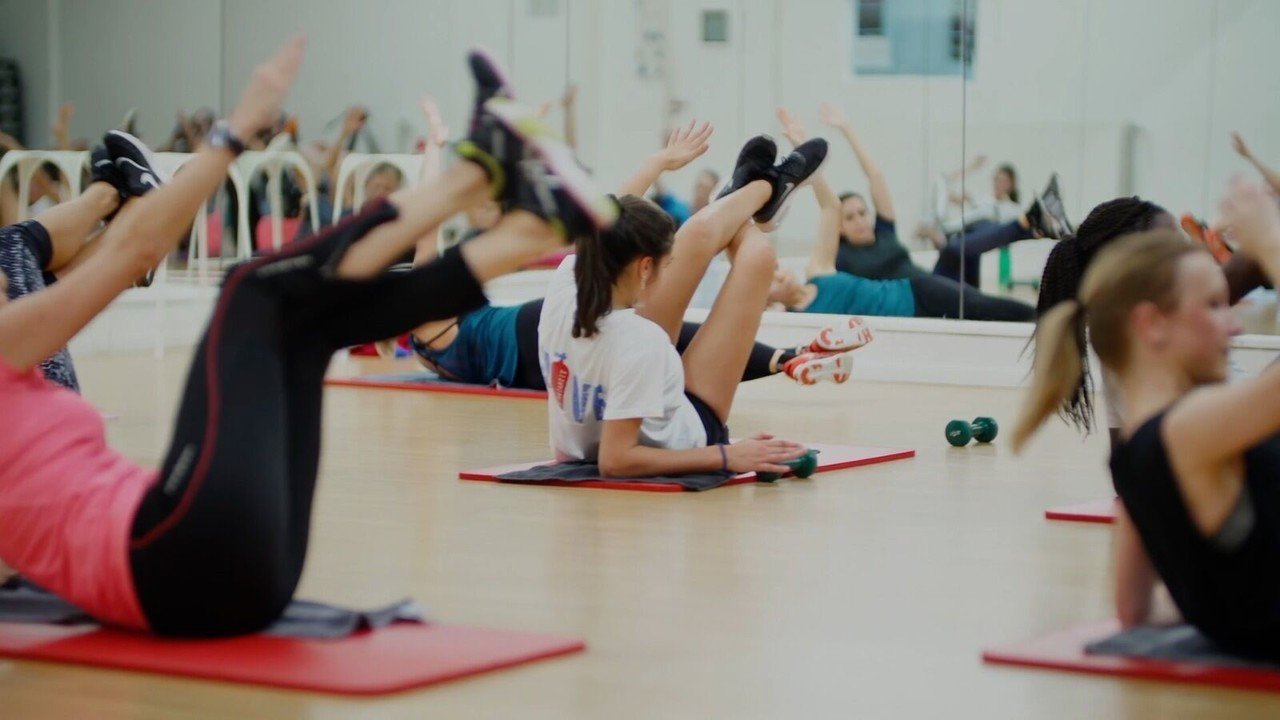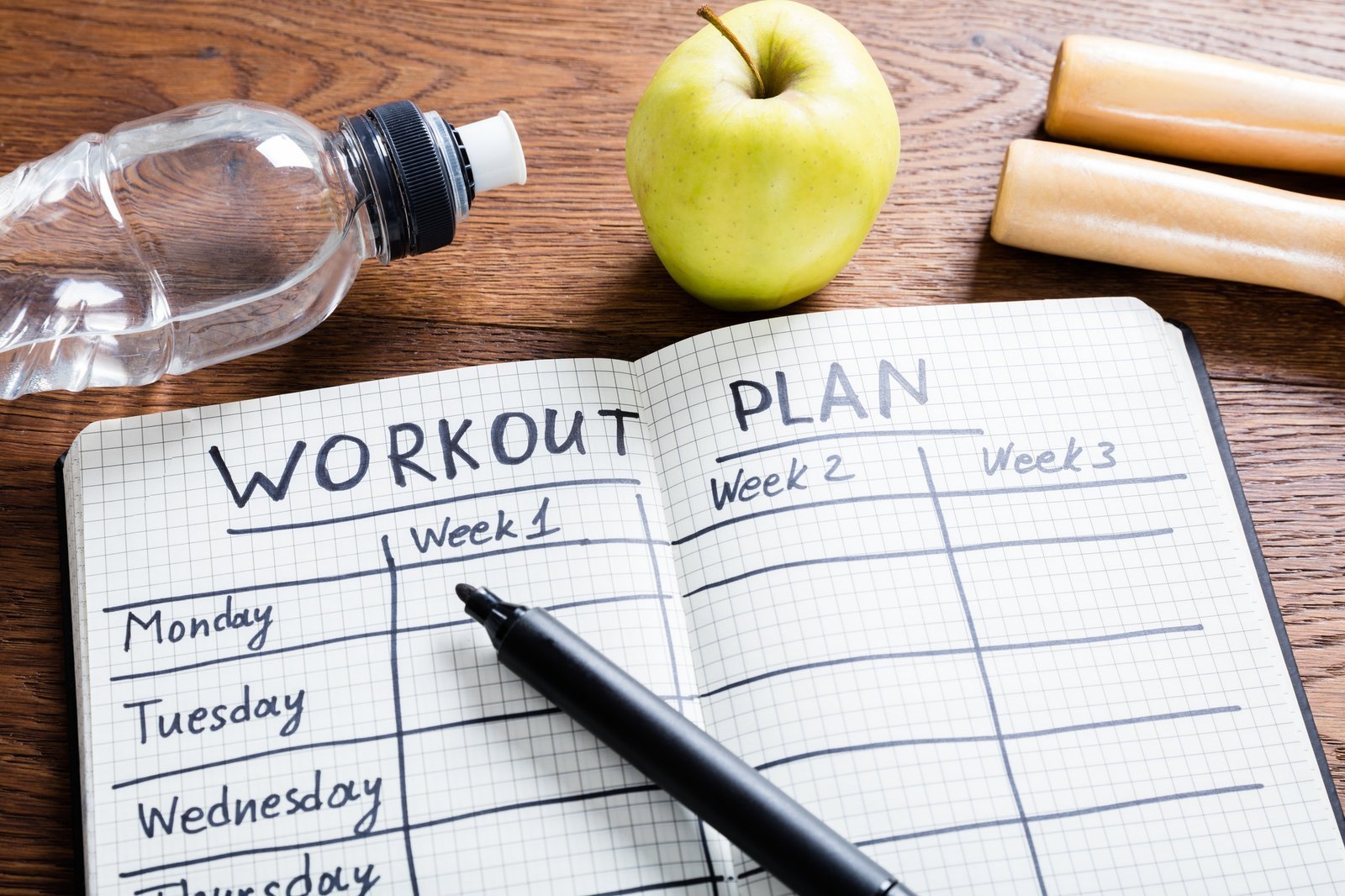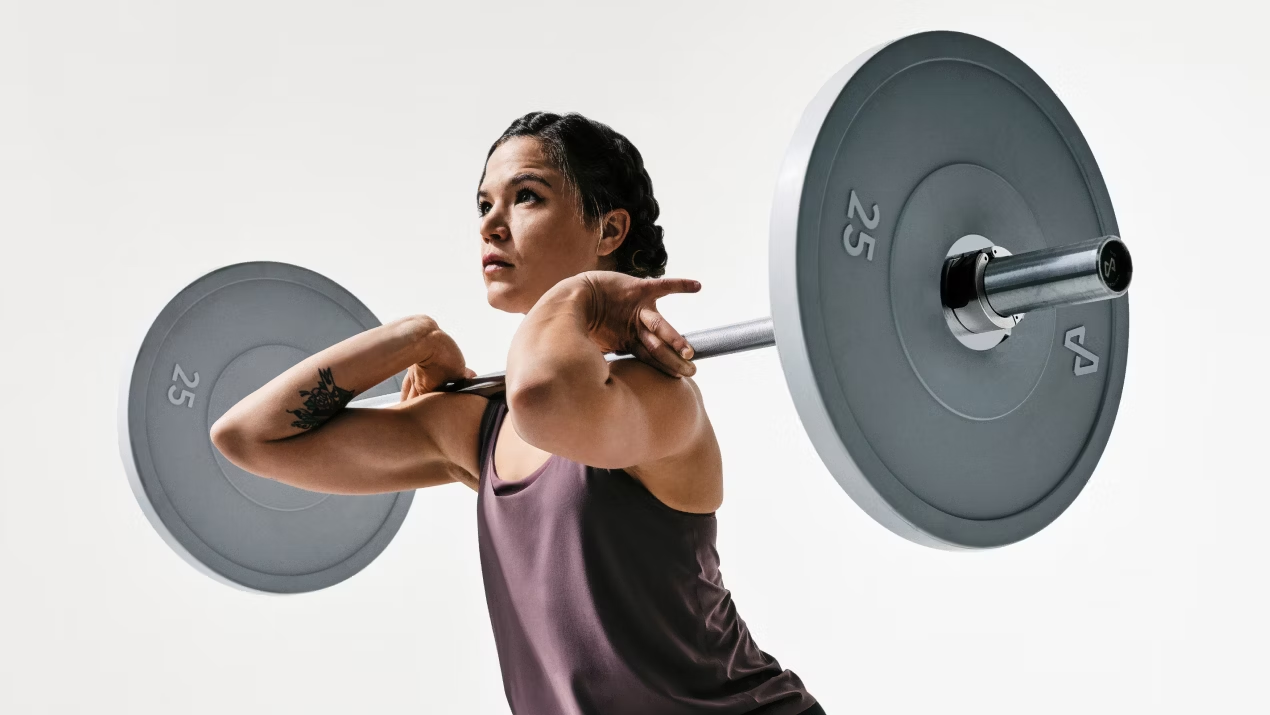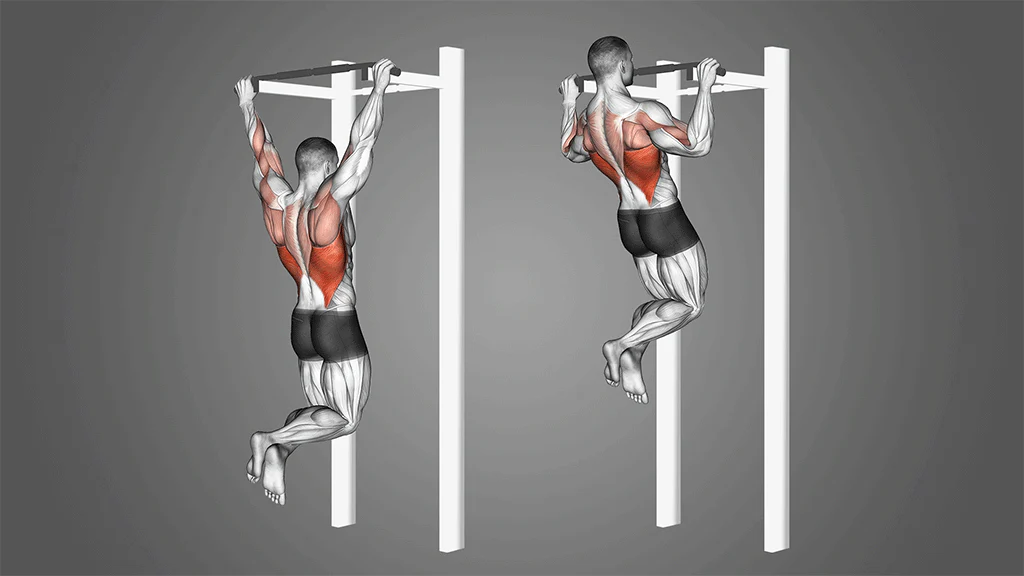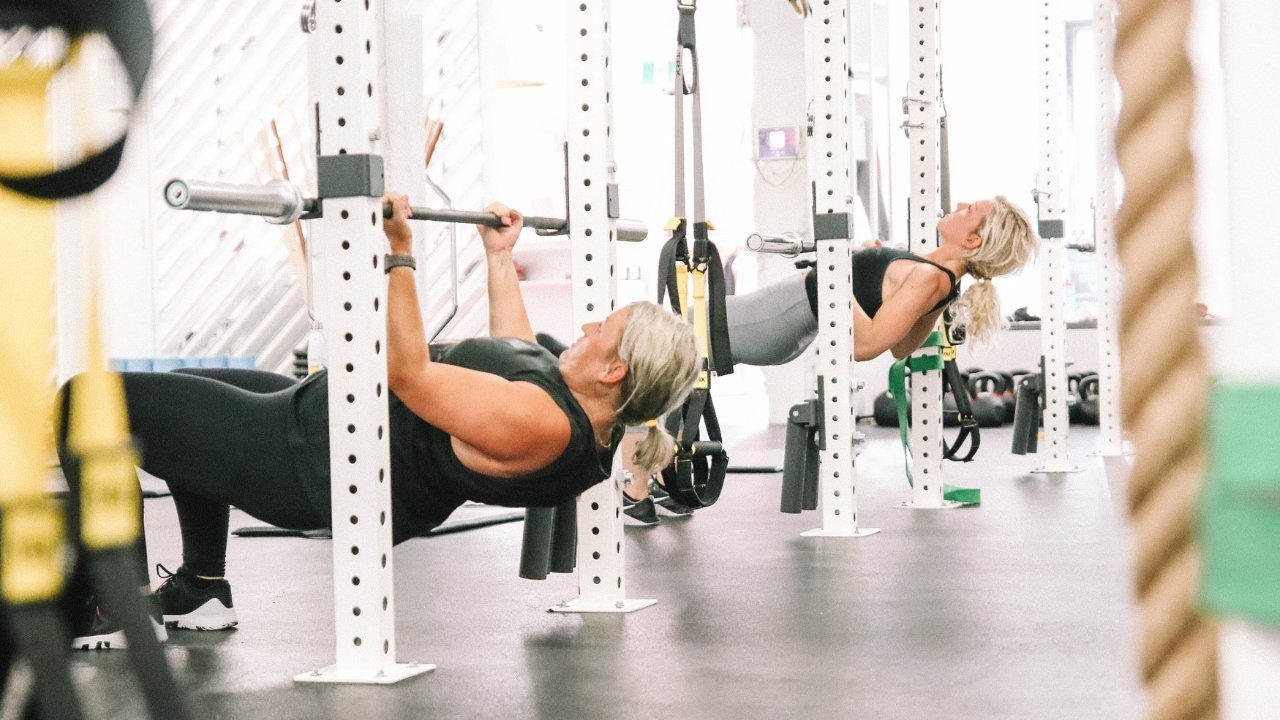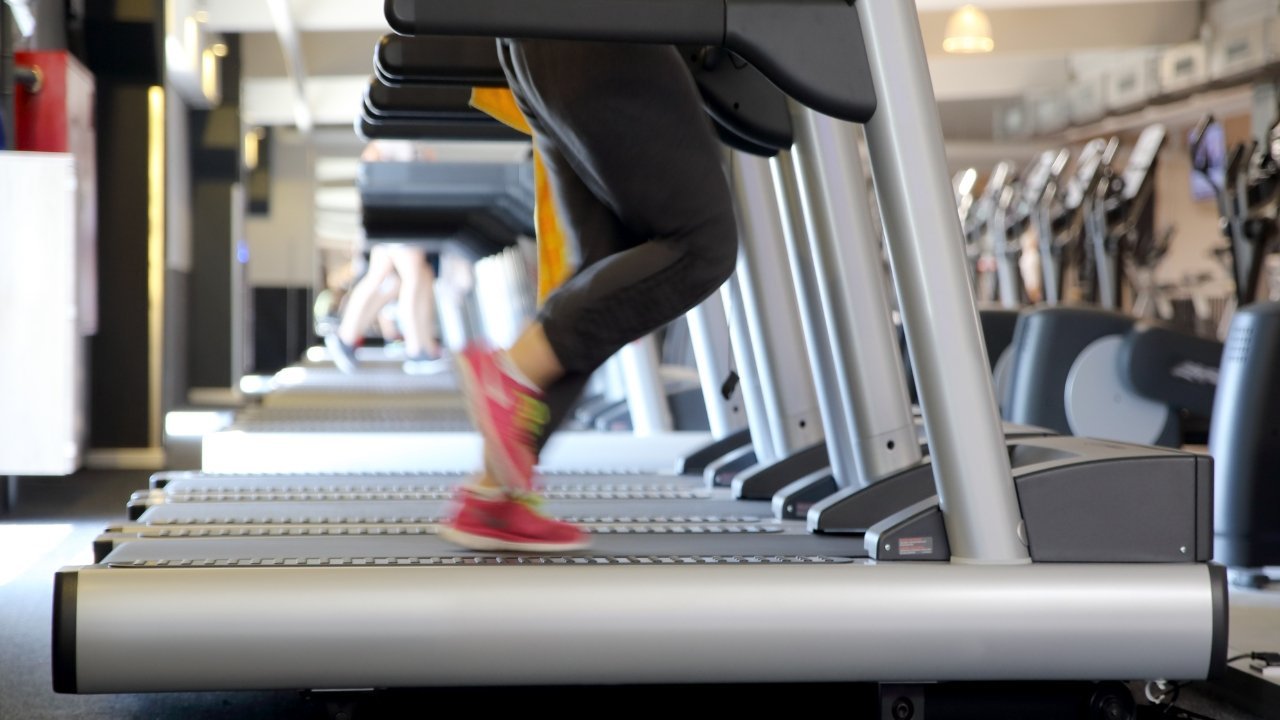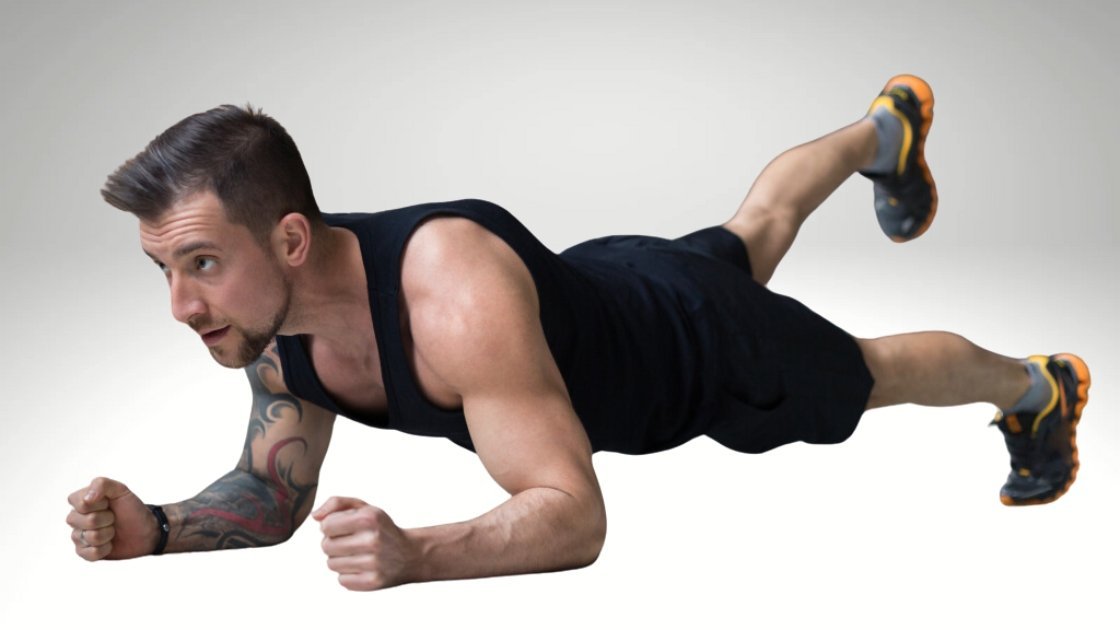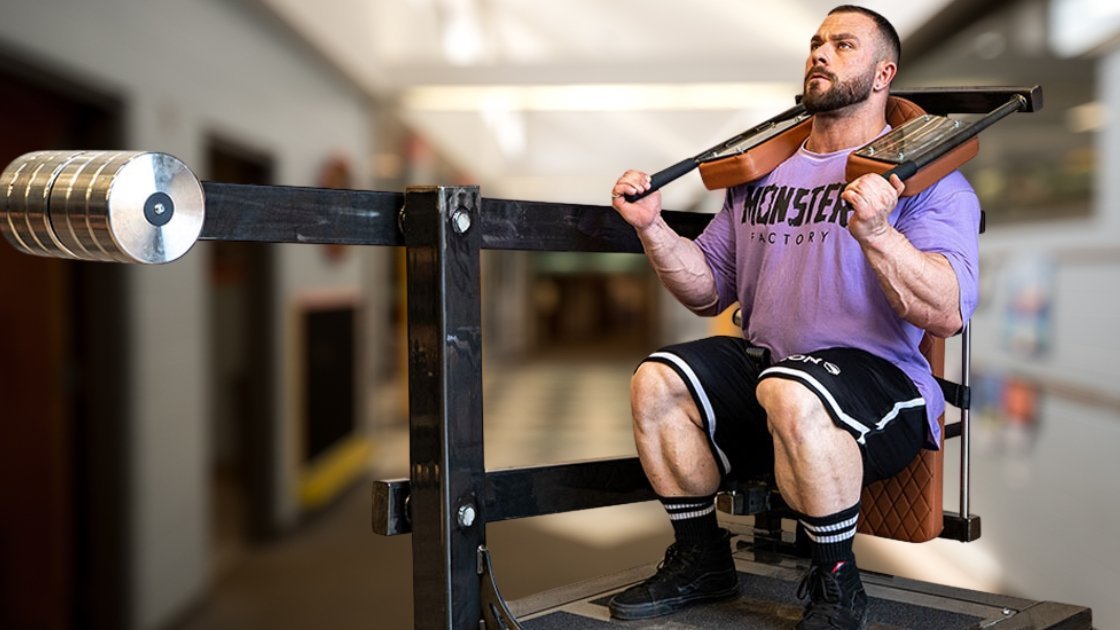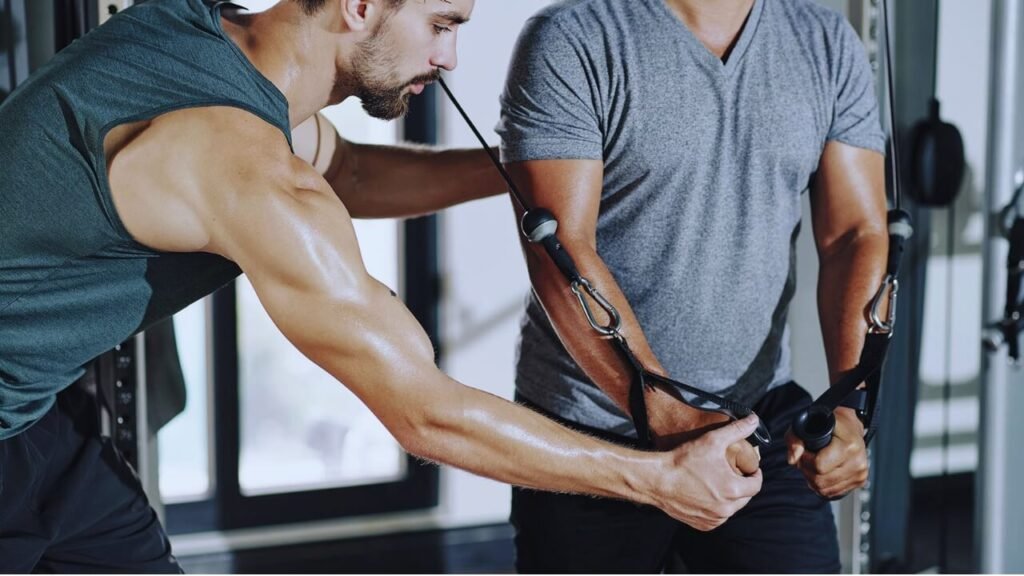A Deep Dive into Goblet Squat Muscles Worked

Do you want to sculpt stronger legs, a tighter core, and improve your overall functional fitness? If so, then look no further than the goblet squat! As a cornerstone exercise, the goblet squat muscles worked offer a comprehensive lower body and core workout. Therefore, this article delves into the specifics of what makes the goblet squat so effective, breaking down each muscle group engaged and offering practical tips to optimize your form and maximize your gains. Get ready to unlock the power of this versatile and effective exercise!
What is a Goblet Squat?
Before we dive into the specifics of the goblet squat muscles worked, let’s first understand what exactly a goblet squat is. Essentially, a goblet squat is a squat variation where you hold a weight (usually a dumbbell or kettlebell) close to your chest, like you are holding a goblet. Therefore, this front-loaded position fundamentally changes the mechanics of the squat compared to a traditional back squat.
The goblet squat is a user-friendly exercise, even for beginners. Due to the weight being held in front, it naturally encourages a more upright torso and deeper squat depth. Consequently, it is a valuable tool for teaching proper squat form and improving overall lower body strength and stability. Unlike back squats, which can feel intimidating and require specific equipment, goblet squats can be performed almost anywhere with minimal equipment.
The Science Behind the Squat: A Brief Overview
To truly appreciate the goblet squat muscles worked, it’s helpful to understand the basic biomechanics of a squat in general. The squat is a compound exercise, meaning it engages multiple joints and muscle groups simultaneously. Therefore, this is what makes it such an effective exercise for building overall strength and muscle mass.
During a squat, your body moves through a full range of motion, primarily at the hip, knee, and ankle joints. These movements require the coordinated effort of various muscle groups, including the quadriceps, hamstrings, glutes, and core muscles. However, the specific muscle activation can vary depending on the squat variation and individual biomechanics. For example, as mentioned in one Reddit thread, people with limited ankle mobility often find goblet squats easier than back squats, as the front load helps counterbalance the body.
Deep Dive: Goblet Squat Muscles Worked in Detail
Now, let’s get to the heart of the matter and explore the specific goblet squat muscles worked during this exercise. It’s not just your legs that are getting a workout; the goblet squat is a full-body movement that engages a surprising number of muscles.
Quadriceps: The Front Thigh Powerhouse
The quadriceps, or quads, are a group of four muscles located on the front of your thigh: the rectus femoris, vastus lateralis, vastus medialis, and vastus intermedius. Consequently, these muscles are primarily responsible for knee extension, which is the straightening of your leg at the knee joint.
During the goblet squat, the quads are heavily activated as you push through your heels to stand back up from the bottom position. Moreover, the front-loaded weight in the goblet squat increases the demand on the quads, particularly the vastus medialis oblique (VMO), the “teardrop” muscle on the inside of your knee.
Hamstrings: The Back Thigh Stabilizers
The hamstrings are a group of three muscles located on the back of your thigh: the biceps femoris, semitendinosus, and semimembranosus. Subsequently, these muscles are responsible for knee flexion (bending your leg at the knee) and hip extension (straightening your leg at the hip).
During the goblet squat, the hamstrings work synergistically with the glutes to control the descent into the squat and assist in hip extension as you stand back up.
Gluteal Muscles: The Buttocks and Hip Extensors
The gluteal muscles, or glutes, are a group of three muscles that make up your buttocks: the gluteus maximus, gluteus medius, and gluteus minimus. Also, these muscles are primarily responsible for hip extension, hip abduction (moving your leg away from the midline of your body), and hip rotation.
The gluteus maximus, the largest of the gluteal muscles, is heavily activated during the goblet squat, particularly during the ascent. As a result, it helps to drive your hips forward and extend your legs. The gluteus medius and minimus, located on the sides of your hips, contribute to hip stability and prevent your knees from caving inward during the squat.
Core Muscles: The Foundation of Stability
While the goblet squat is primarily a lower body exercise, it also significantly engages your core muscles, which are the muscles that surround your torso. The core muscles include the rectus abdominis (the “six-pack” muscle), the obliques (muscles on the sides of your torso), the transverse abdominis (a deep core muscle that acts like a corset), and the erector spinae (muscles that run along your spine).
During the goblet squat, your core muscles work isometrically to stabilize your spine and maintain an upright torso. The front-loaded weight of the goblet squat places an increased demand on your core to prevent you from falling forward. Therefore, this makes the goblet squat an excellent exercise for strengthening your core and improving your overall stability.
Additional Muscles Worked
In addition to the primary muscle groups mentioned above, the goblet squat also engages several other muscles to a lesser extent, including:
- Calves: The calf muscles, located on the back of your lower leg, assist in ankle stability and plantarflexion (pointing your toes downward).
- Upper Back: The upper back muscles, including the trapezius and rhomboids, help to stabilize your shoulder blades and maintain an upright posture.
- Biceps: The biceps muscles, located on the front of your upper arm, assist in holding the weight close to your chest.
The Goblet Squat vs. Other Squat Variations: A Comparative Analysis
Now that we have a clear understanding of the goblet squat muscles worked, let’s compare it to other popular squat variations to see how it stacks up.
Goblet Squat vs. Back Squat
The back squat is often considered the “king” of lower body exercises. It involves loading a barbell across your upper back and squatting down. While the back squat allows you to lift significantly heavier weight than the goblet squat, it also requires more technical skill and can be more intimidating for beginners.
In terms of muscle activation, the back squat generally places a greater emphasis on the posterior chain muscles (hamstrings and glutes), while the goblet squat may emphasize the quadriceps to a greater extent due to the front-loaded weight. However, both exercises provide a comprehensive lower body workout.
Goblet Squat vs. Front Squat
The front squat involves holding a barbell across the front of your shoulders, similar to the goblet squat. Therefore, this variation also requires a more upright torso and engages the quadriceps and core muscles to a greater extent than the back squat.
The front squat allows you to lift heavier weight than the goblet squat, but it also requires greater shoulder and wrist flexibility. The goblet squat is a more accessible and beginner-friendly variation of the front squat.
Goblet Squat vs. Bodyweight Squat
The bodyweight squat is a simple and versatile exercise that can be performed anywhere without any equipment. While the bodyweight squat is a great starting point for beginners, it may not provide enough resistance to challenge more advanced lifters.
The goblet squat adds an external load to the bodyweight squat, making it more challenging and effective for building strength and muscle mass.
Optimizing Your Form for Maximum Muscle Activation
To truly maximize the benefits of the goblet squat muscles worked, it’s crucial to maintain proper form. Here are some key points to focus on:
- Start with the Right Weight: Choose a weight that challenges you but allows you to maintain proper form throughout the entire set. It’s better to start lighter and gradually increase the weight as you get stronger.
- Maintain an Upright Torso: Keep your chest up, shoulders back, and core engaged throughout the entire movement. Avoid rounding your back or leaning forward excessively. The weight should help you stay upright.
- Squat Deep: Aim to squat down until your thighs are parallel to the ground or even slightly below. This ensures that you are engaging your muscles through a full range of motion.
- Keep Your Heels on the Ground: Push through your heels as you stand back up from the bottom position. Avoid letting your heels lift off the ground.
- Control the Descent: Don’t just drop down into the squat. Control the descent by engaging your muscles and maintaining a steady tempo.
- Breathe Properly: Inhale as you lower yourself into the squat and exhale as you stand back up.
Common Mistakes to Avoid
Even with a good understanding of proper form, it’s easy to make mistakes that can reduce the effectiveness of the exercise or even lead to injury. Here are some common mistakes to avoid:
- Rounding Your Back: This is a common mistake that can place excessive stress on your spine. Maintain an upright torso and engage your core muscles to prevent rounding.
- Leaning Forward Excessively: Leaning too far forward can shift the emphasis away from your legs and onto your lower back. Keep your chest up and engage your core to maintain an upright posture.
- Letting Your Knees Cave In: This can place excessive stress on your knee joints. Focus on pushing your knees outward as you squat down.
- Squatting Too Shallow: If you don’t squat deep enough, you won’t be engaging your muscles through a full range of motion. Aim to squat down until your thighs are parallel to the ground or even slightly below.
- Using Too Much Weight Too Soon: Starting with too much weight can compromise your form and increase your risk of injury. Begin with a lighter weight and gradually increase it as you get stronger.
The Expert Opinion
To further emphasize the effectiveness of goblet squats, here’s a quote from a renowned strength and conditioning coach, Bret Contreras:
“The goblet squat is an amazing exercise for building lower body strength and improving squat mechanics. The front-loaded weight encourages a more upright torso, deeper squat depth, and greater quadriceps activation.”
Sample Goblet Squat Workout Routine
Now that you have a comprehensive understanding of the goblet squat muscles worked and proper form, here’s a sample workout routine that you can incorporate into your training:
- Warm-up: 5-10 minutes of light cardio and dynamic stretching, such as bodyweight squats, lunges, and leg swings.
- Goblet Squats: 3 sets of 8-12 repetitions
- Romanian Deadlifts: 3 sets of 8-12 repetitions
- Walking Lunges: 3 sets of 10-12 repetitions per leg
- Calf Raises: 3 sets of 15-20 repetitions
- Cool-down: 5-10 minutes of static stretching, holding each stretch for 30 seconds.
Adjust the sets, repetitions, and weight according to your fitness level and goals.
Conclusion: Unleash Your Potential with Goblet Squats
The goblet squat is a powerful and versatile exercise that offers a comprehensive lower body and core workout. By understanding the goblet squat muscles worked, mastering proper form, and incorporating this exercise into your routine, you can unlock your potential for strength, muscle growth, and improved functional fitness. So, grab a dumbbell or kettlebell, and get ready to unleash the power of the goblet squat!


